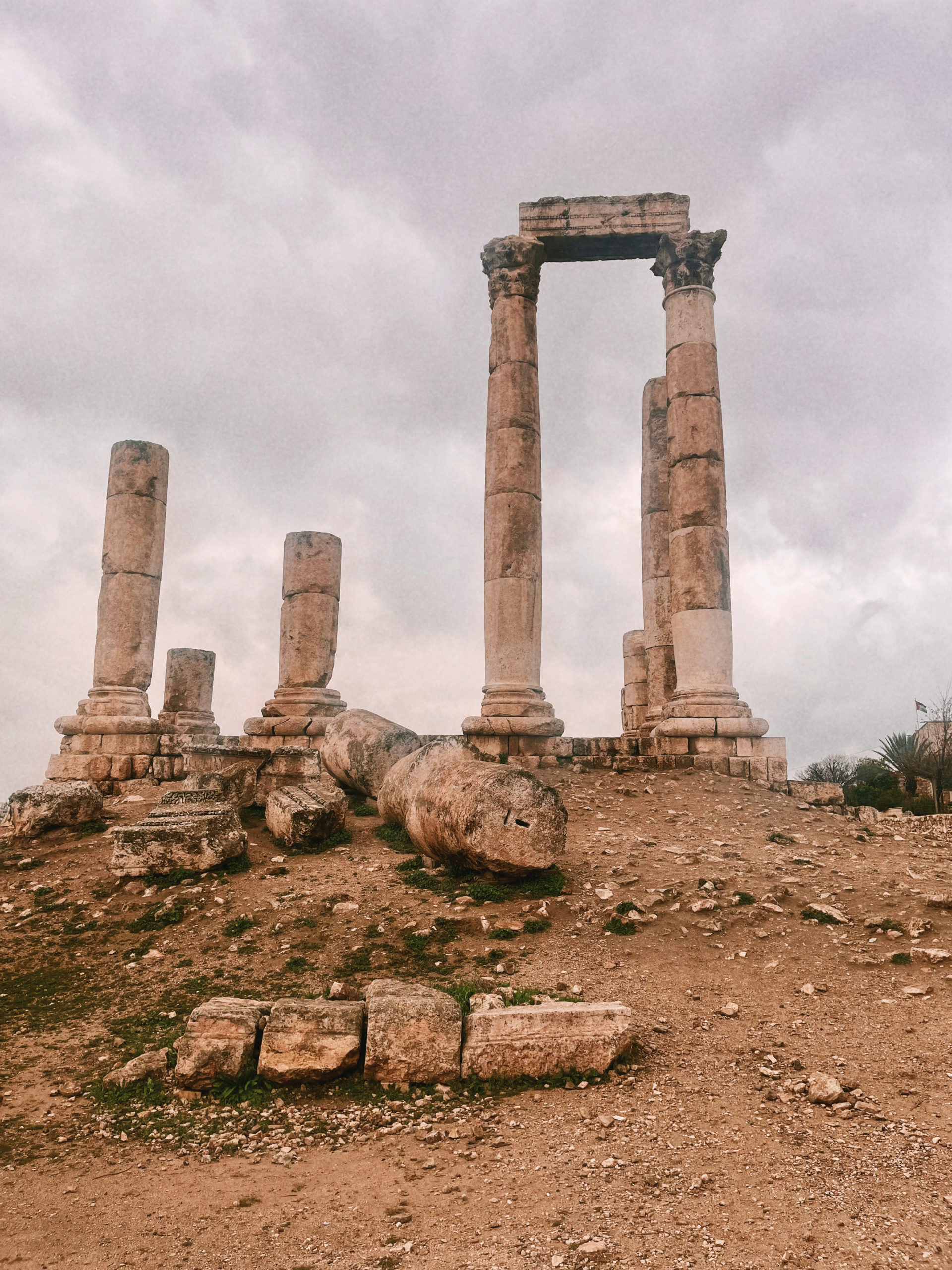
Arriving and Orientation
I began my semester in Amman, Jordan, a little over three weeks ago with SIT’s Refugees, Health, and Humanitarian Action program! After three flights, delayed planes, canceled trains, and very long Uber rides, I landed safely in the country I am so fortunate to call home for three months. I was welcomed at the airport around midnight by the very gracious staff at SIT, who continued to be just as welcoming as they had been on the first day. Arriving in Jordan at night, I only saw a little of the city as we were quickly shuffled into taxis, which took us to our hotel. But, in the morning, I was met with the beautiful city, and I am eager to continue exploring.
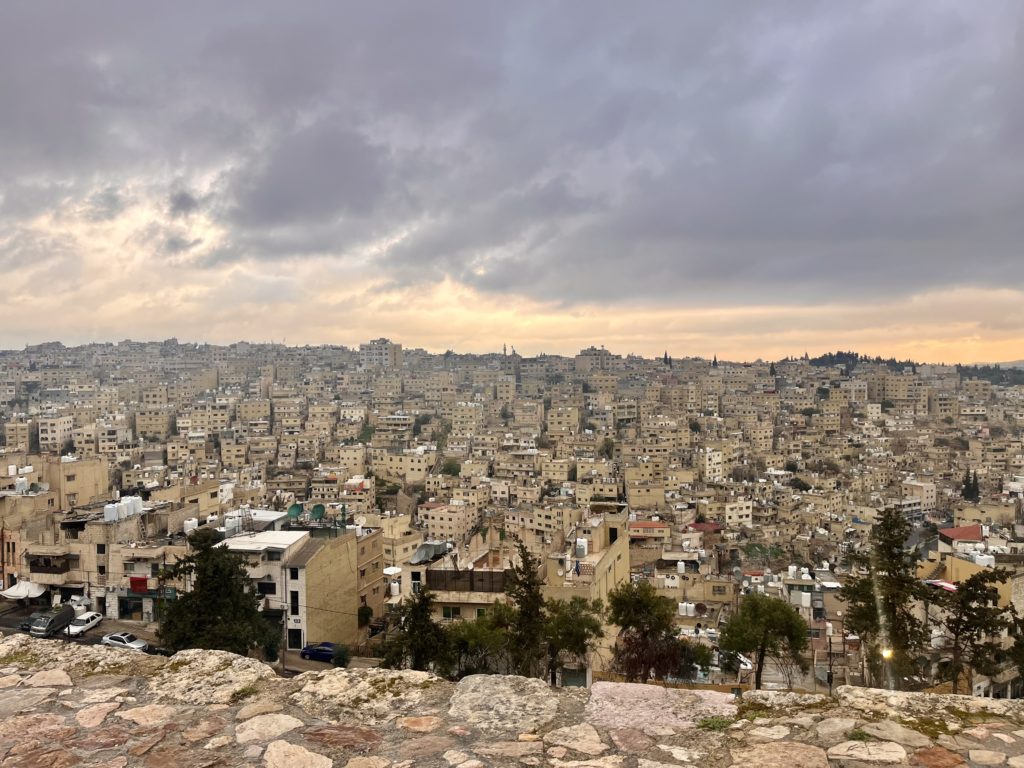
During the first few days of the program, the staff and students all participate in orientation designed to give a “crash course” in all the basic skills we need to get started. One of the core elements of my program is taking Arabic classes, which drew me to this specific program. The first full day, the group of 16 students was put into a large conference room where we played games to test our Arabic skills. Knowing only a few introductory phrases, I was struck by how overwhelmed I felt after the quick Arabic lesson. I am one of only a few students who have yet to take a single Arabic class and was placed in the absolute beginner section, where we are slowly learning the alphabet, numbers, and days of the week.
Host Family
After orientation, we were placed with our host families, where we would be living for the rest of the semester. This was one of the things I was most nervous about prior to the beginning of the program. To my relief, I was placed with a family of five who welcomed me with open arms, and I have greatly enjoyed spending the last few weeks doing life with them! I have four host siblings who have all been very eager to help me with my Arabic vocabulary as well as play card games and soccer whenever we can find the time. A few of my friends from the program have been placed with my “host uncles and aunts,” who all live in the same building and neighborhood, meaning I have also gotten to know my new cousins! While there are certainly still moments of adjusting and learning how to fit into my new host family’s life, I could not have asked for a better opportunity and will cherish my time with them these next few months.



Classes
Orientation and host family placement were such a whirlwind that the thought of academic classes was so far out of my mind until they began! Sunday through Thursday I have full days of classes, with two of them dedicated to various aspects of humanitarian action policy in the Middle East and exploring access to health care and support for refugees. SIT practices an experiential learning model, meaning our education is not confined to just the classroom. We have had a few really enjoyable weekend excursions to Jerash, Al Ma’wa for Nature and Wildlife, and the Citadel, and we have more planned for Petra, the Dead Sea, and Wadi Rum later in the semester. Every Tuesday, we also visit local NGOs and IGOs dedicated to the work of humanitarian aid in the Middle East, tour the facilities, and interview the staff as we prepare to intern at the sites later in the semester.

Learning to be Uncomfortable
In many of the Off-Campus study orientations I participated in, I often heard that there would be times of discomfort and adjustment and that stepping into a culture different from my own would take a significant amount of cultural humility and grace with myself and those around me. In my first three weeks in Amman, I am definitely finding this to be true! Living in a country where I cannot speak the primary language has been one of the most significant adjustments I have had to make. While I am picking up the basic knowledge of Arabic much faster than I initially thought, I am finding it an incredibly humbling experience to be entirely dependent on some form of translation at all times. I am sure that the next few months will pose more uncomfortable opportunities for me – and I hope they do. If it were not for the moments I would have initially deemed ‘uncomfortable,’ I may never have gotten to experience a fraction of what I already have or heard the stories of those so gracious enough to trust in vulnerability.
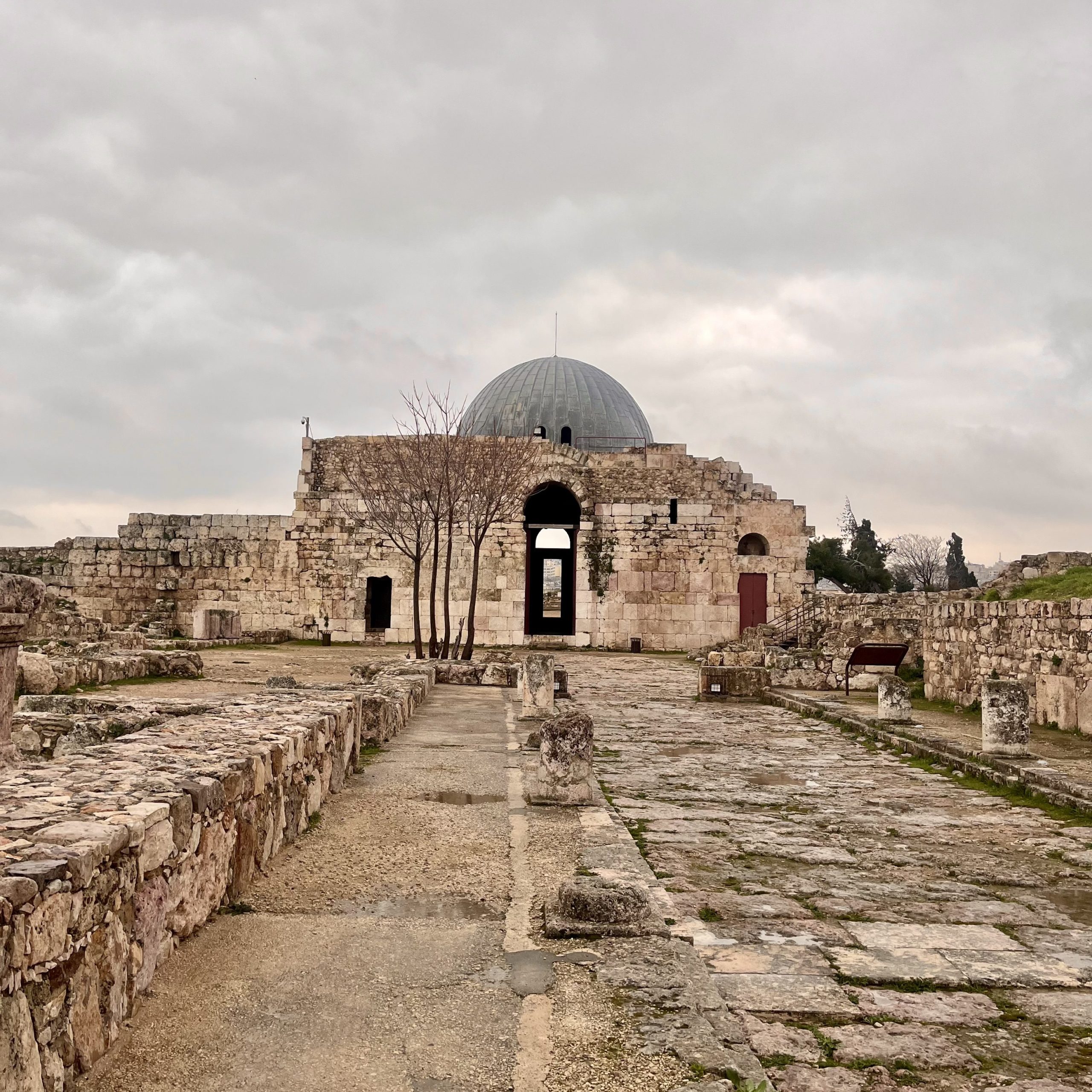
I am loving this city I get to call home for a short time and hope to seek discomfort whenever the opportunity presents itself – It is already such a worthwhile experience!
Thank you so much for following my journey to Amman! May we all learn to love seeking discomfort where we find ourselves.


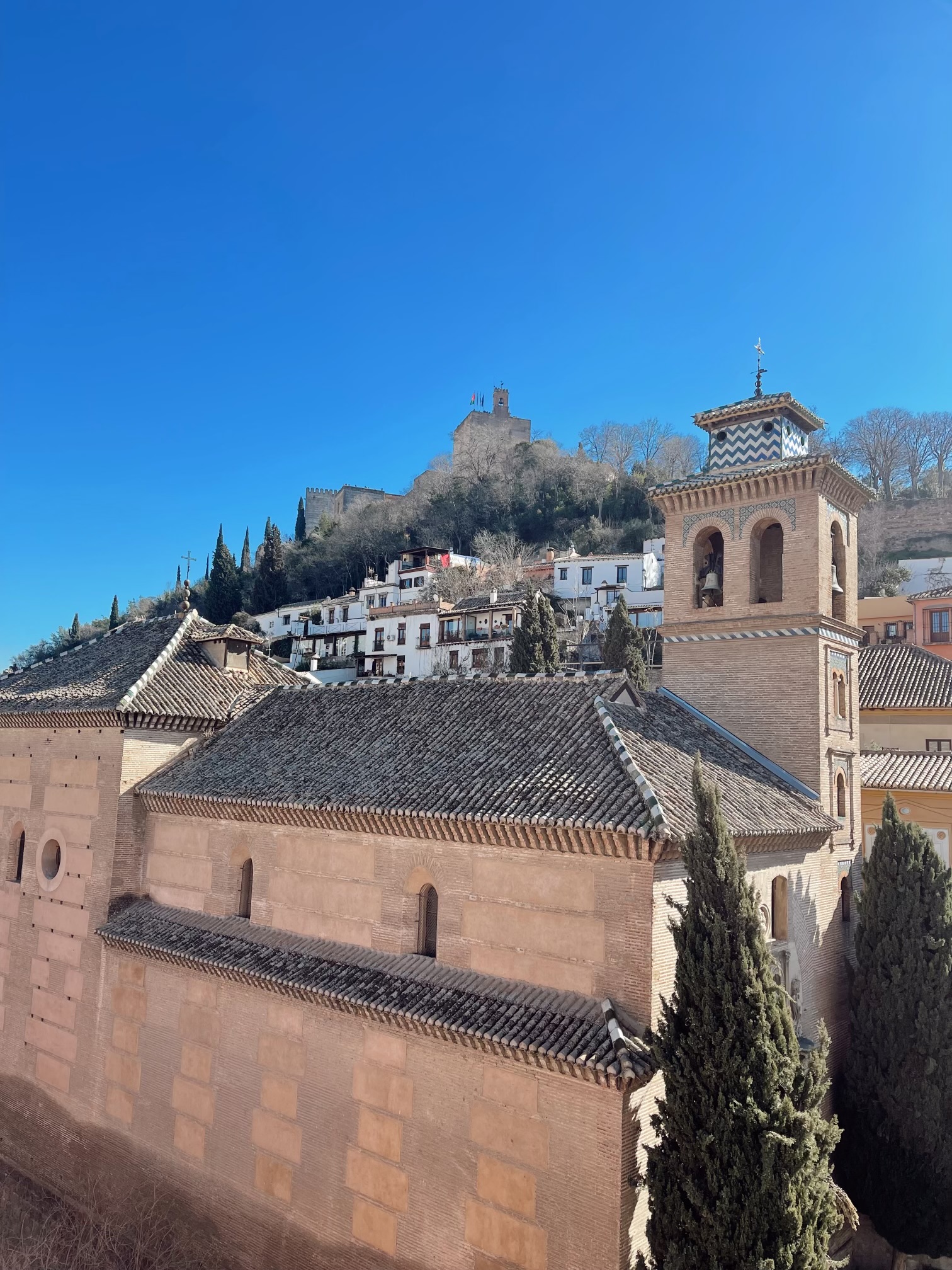
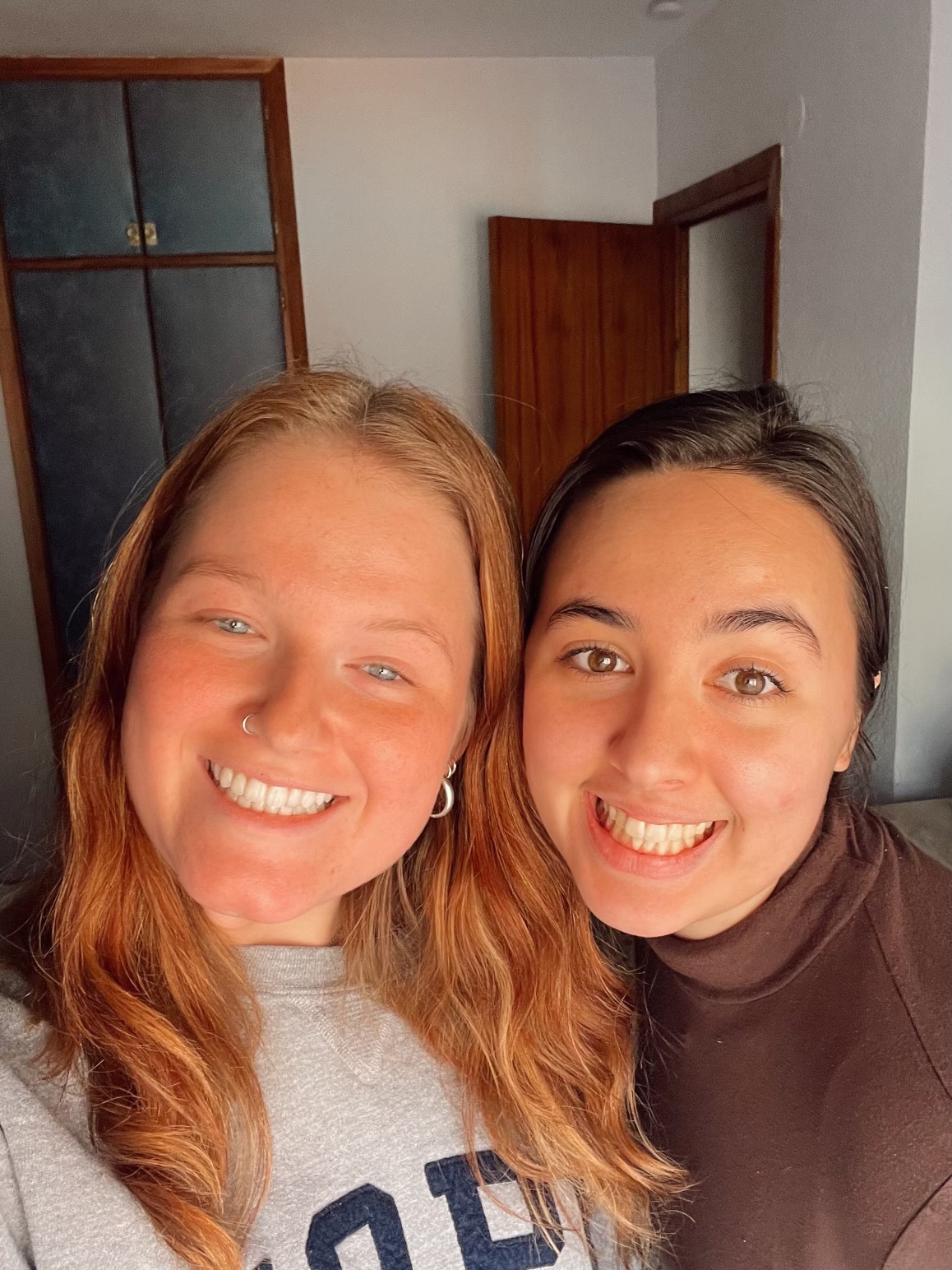
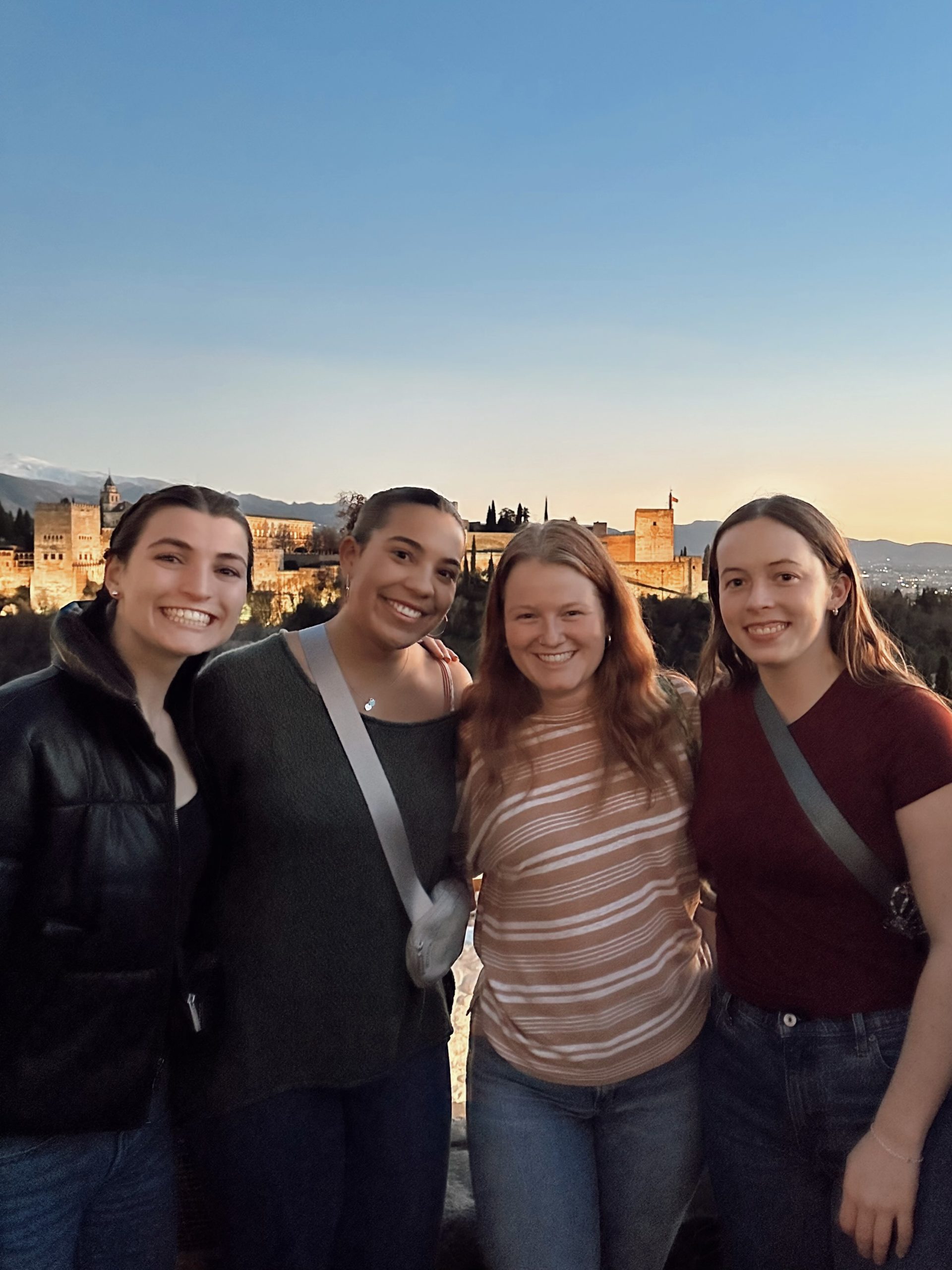
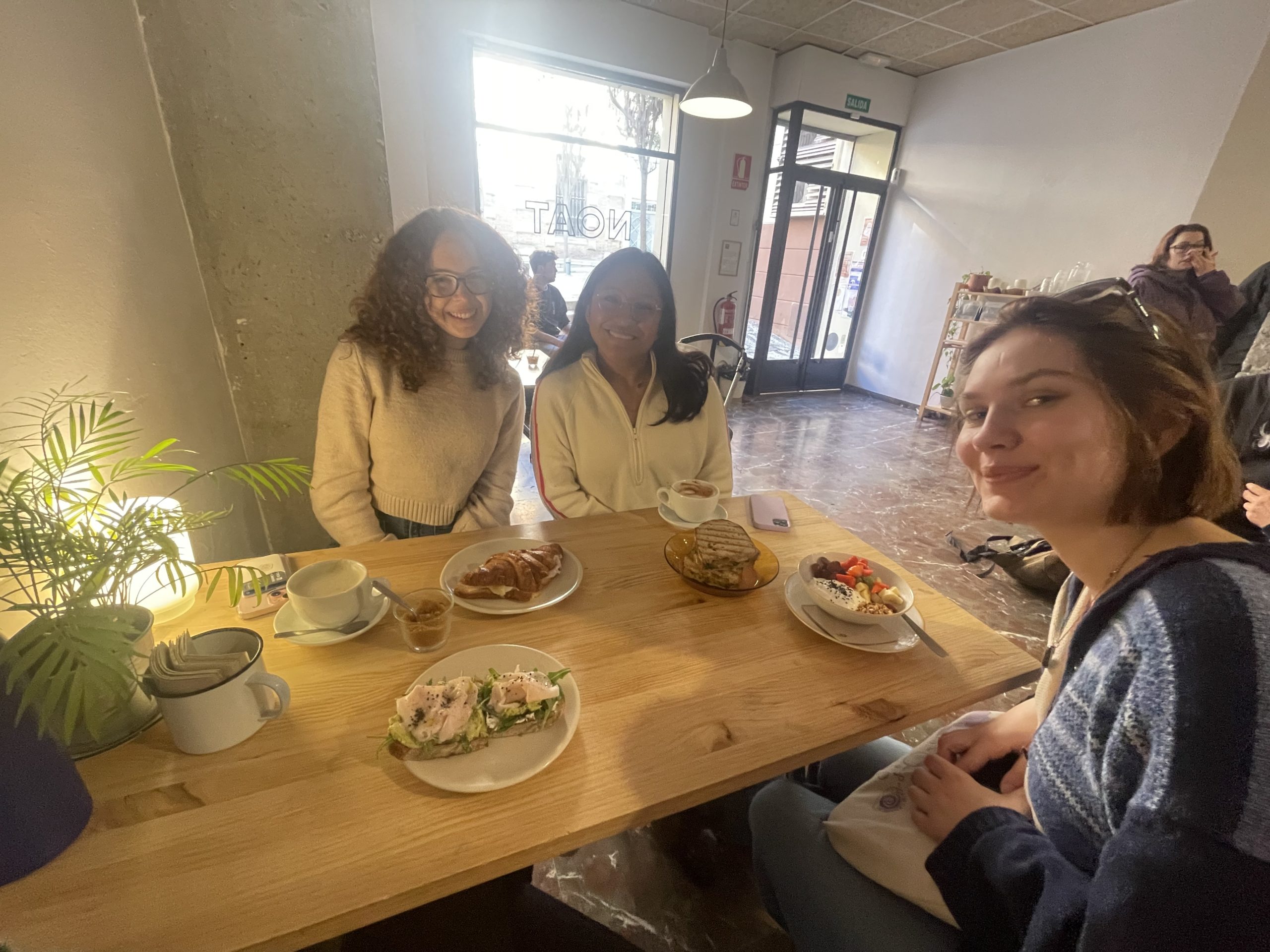
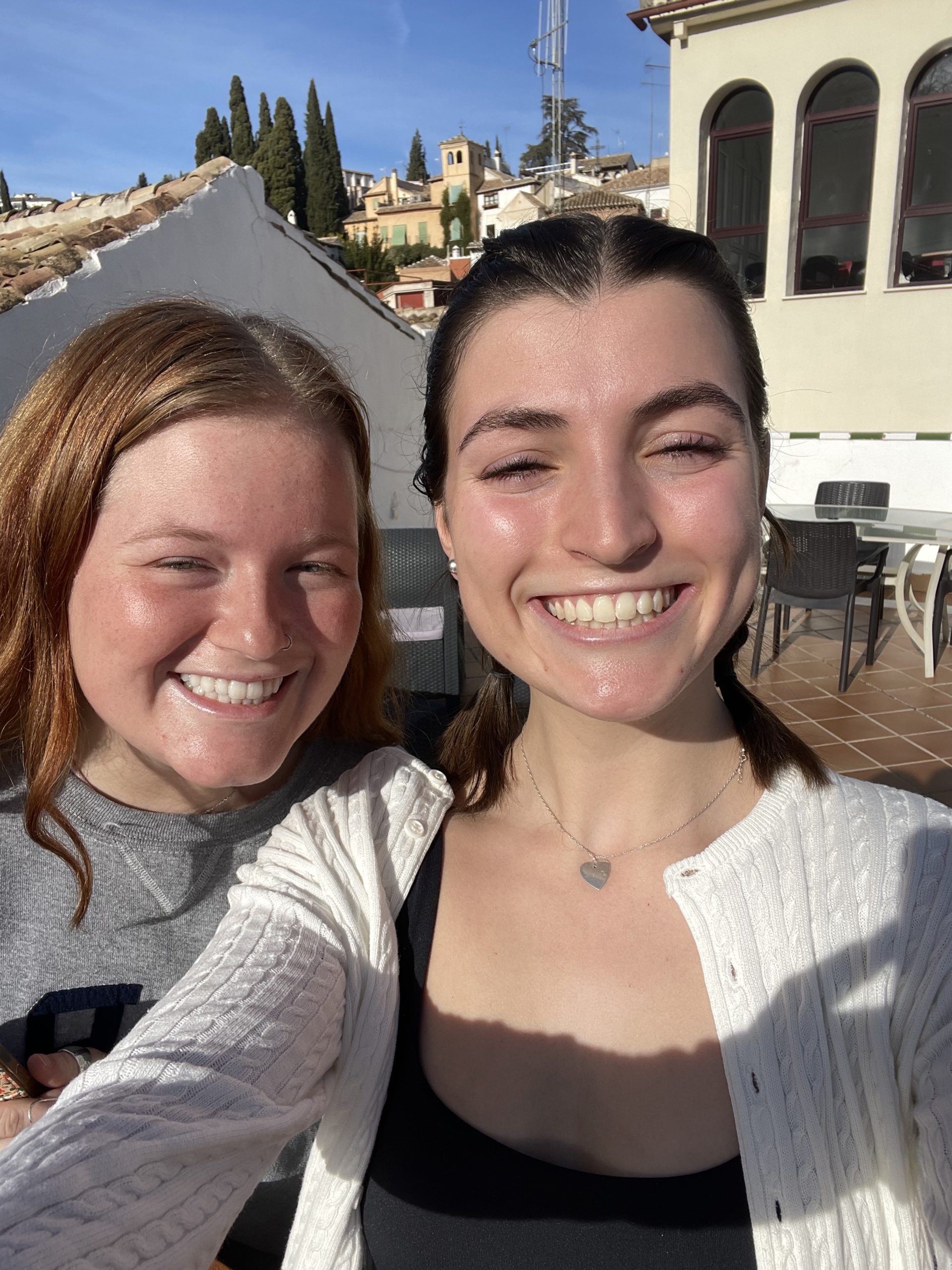



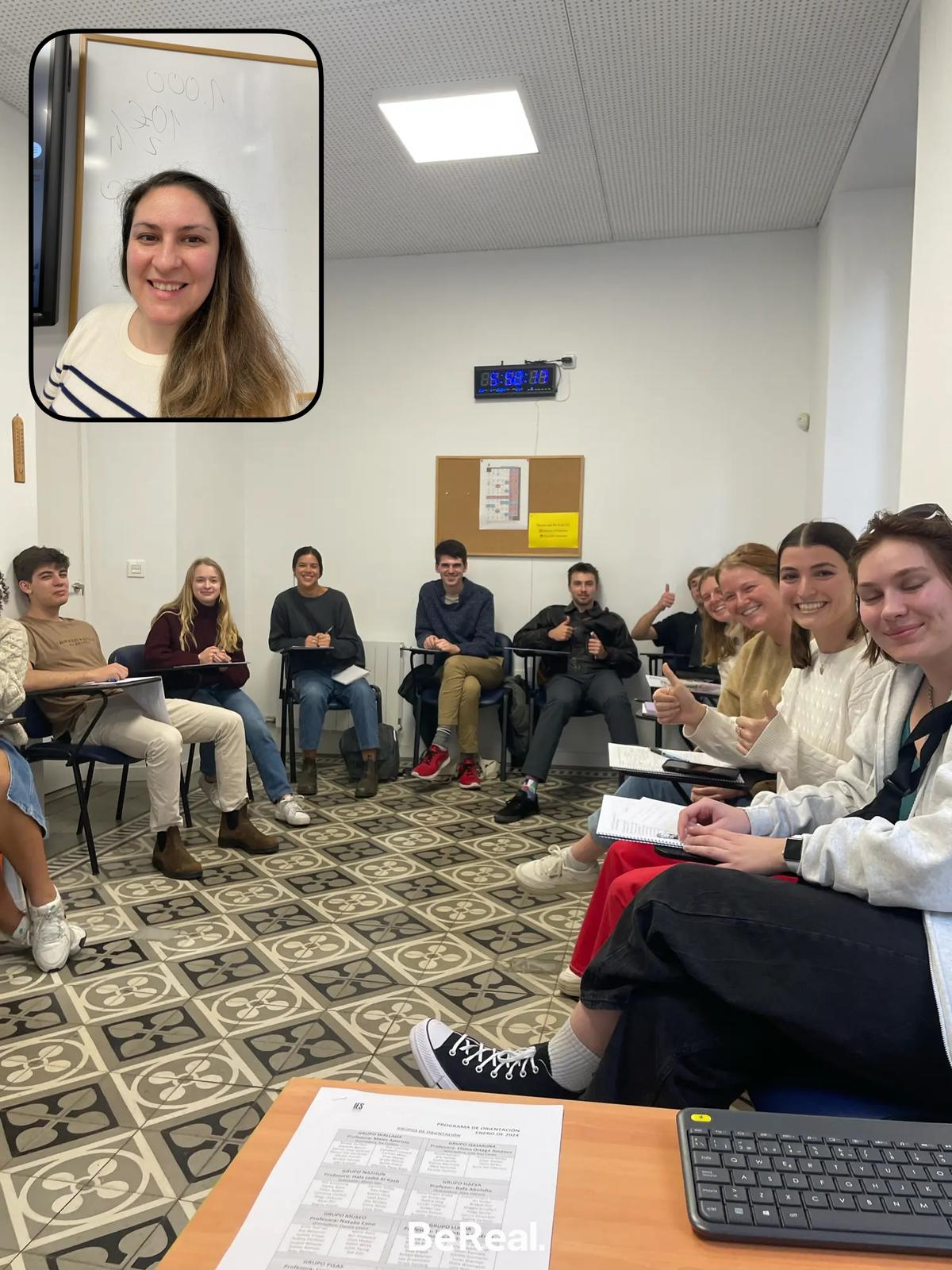
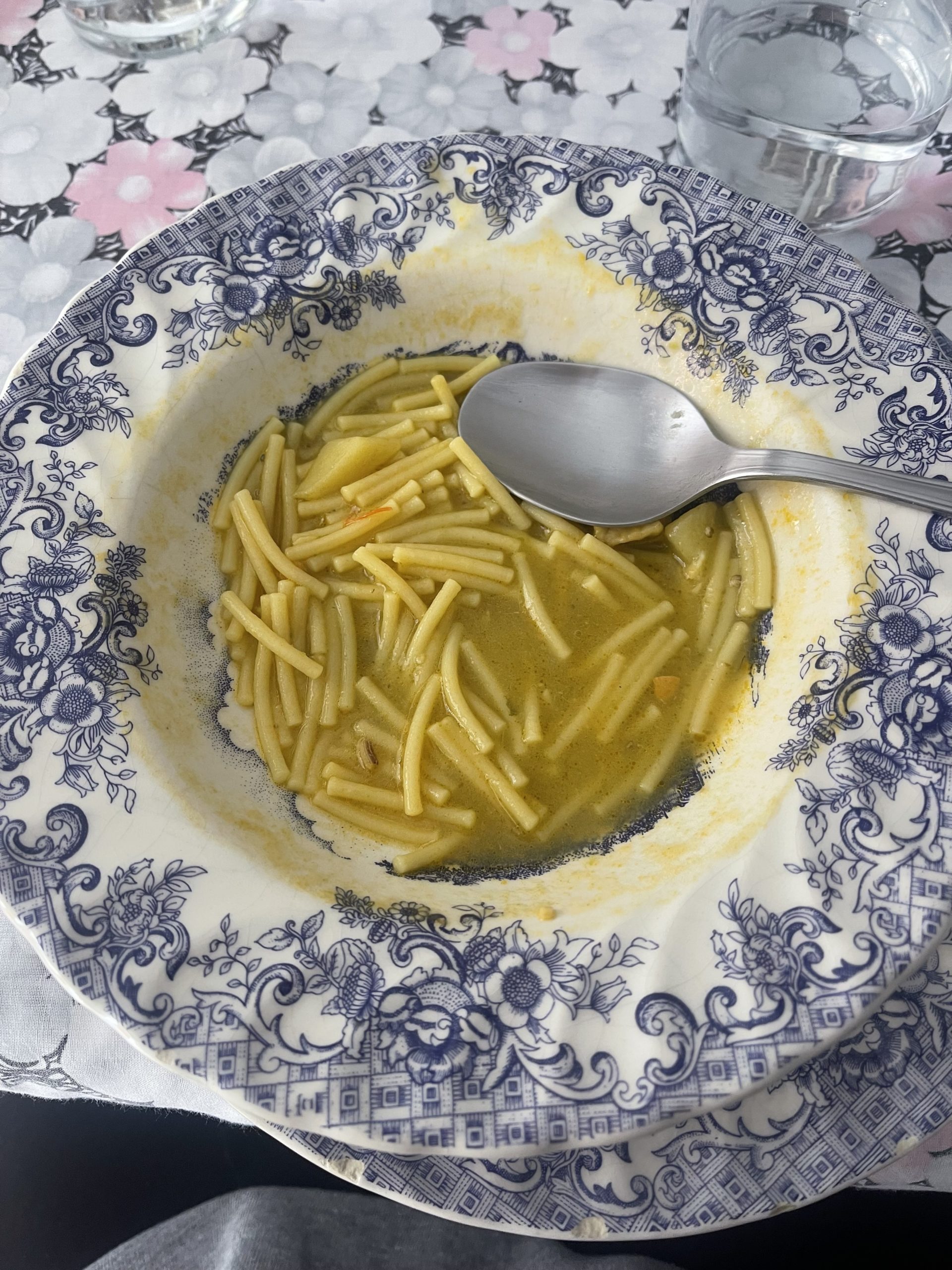
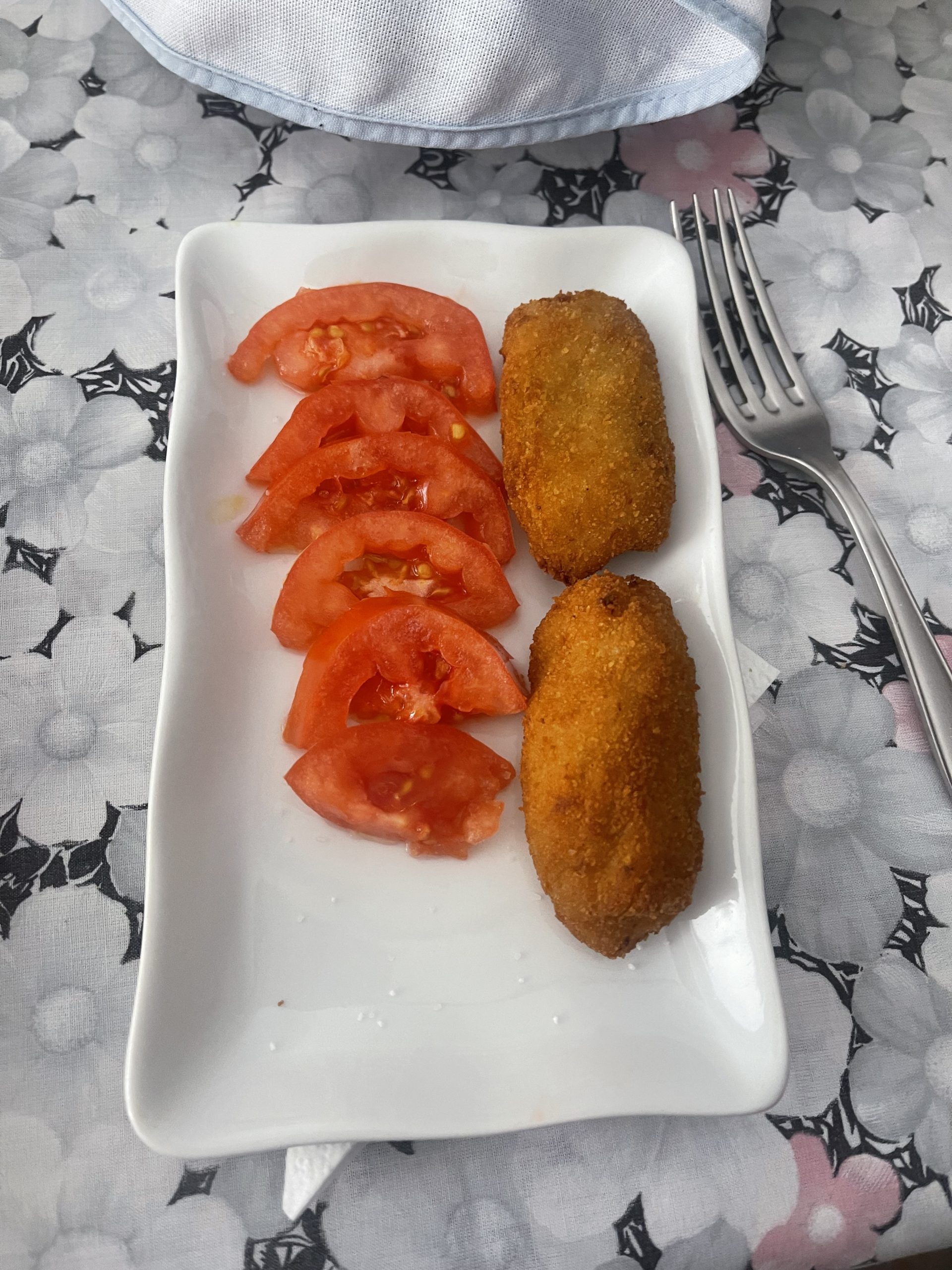
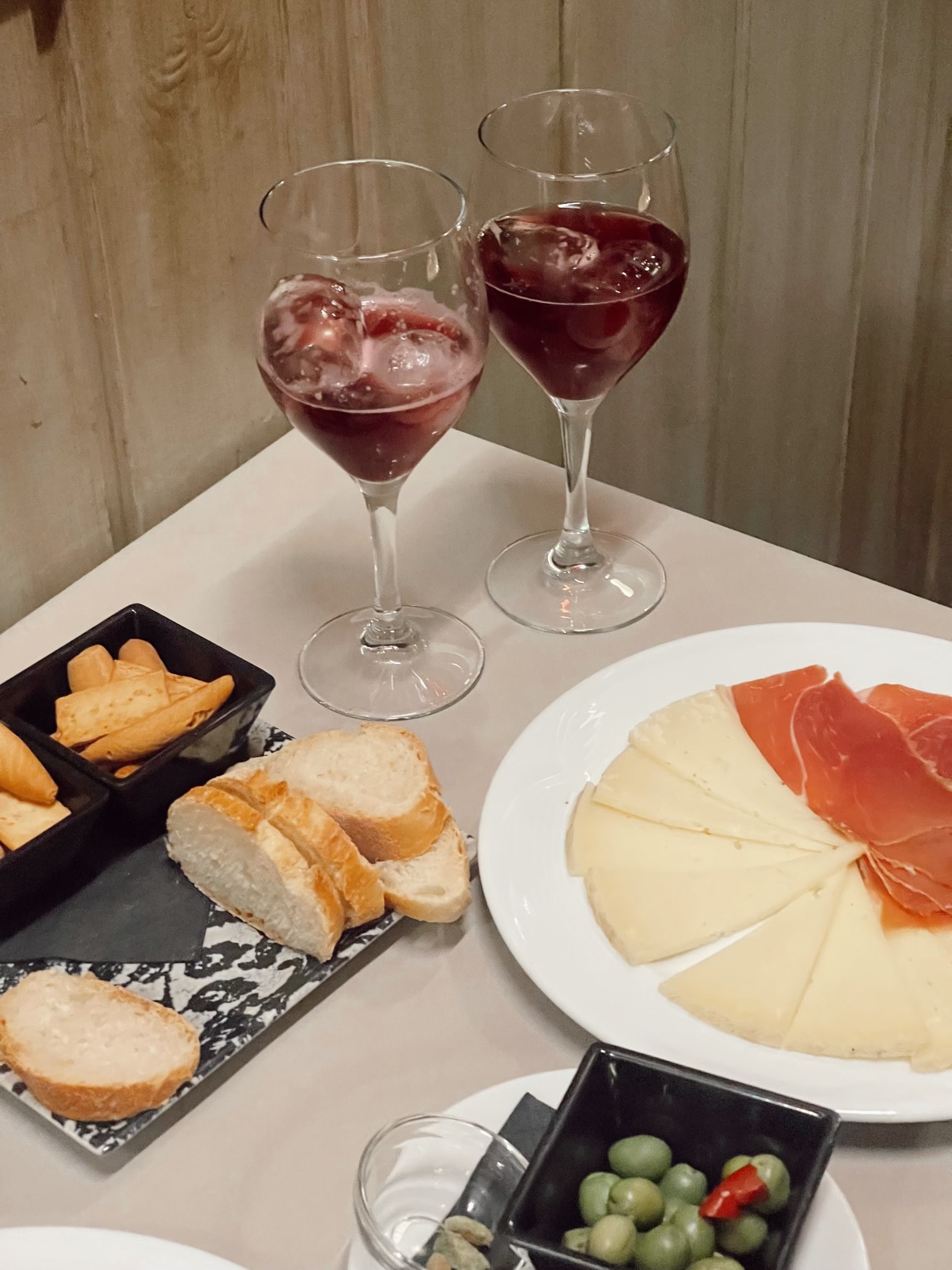

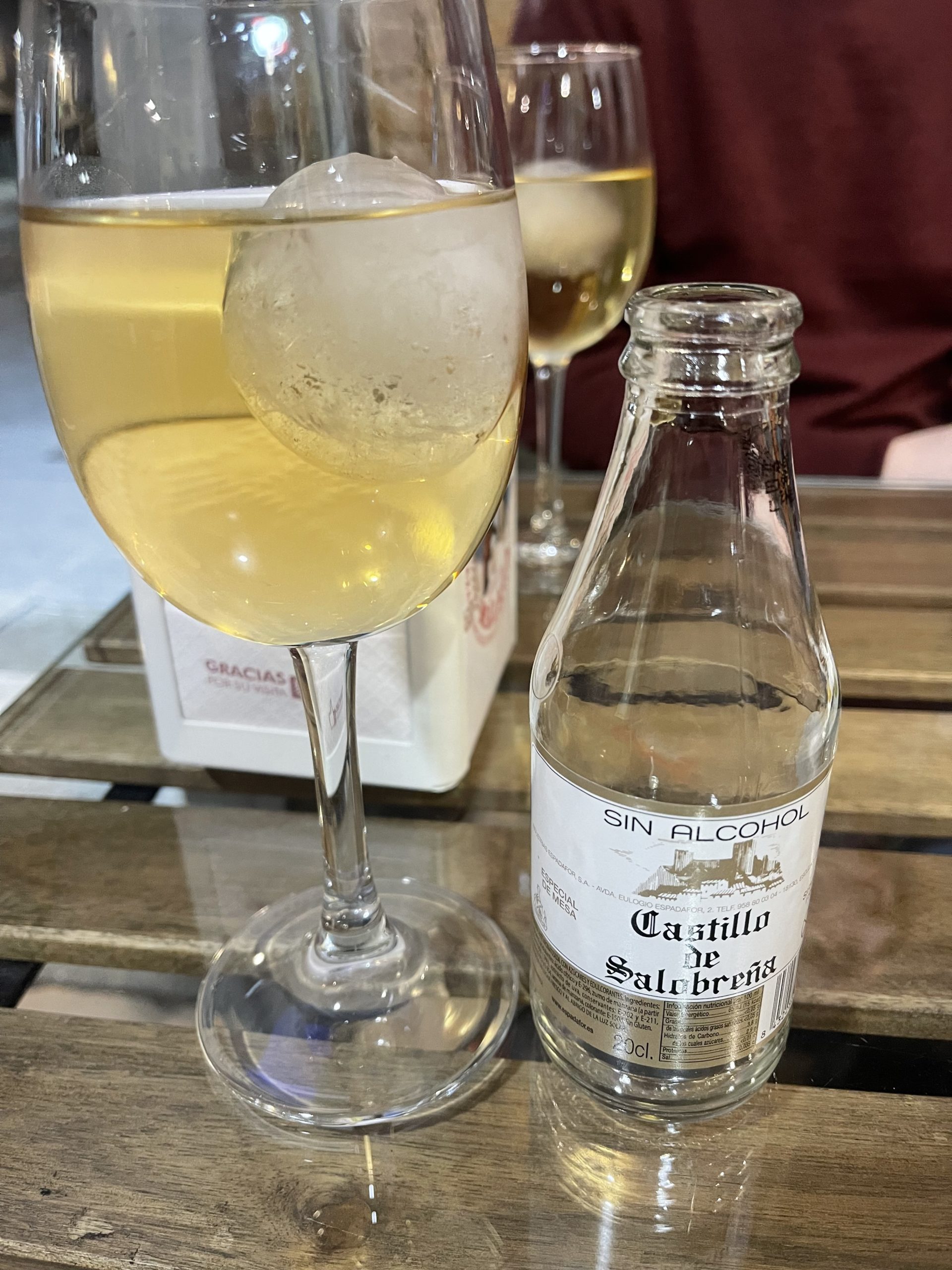
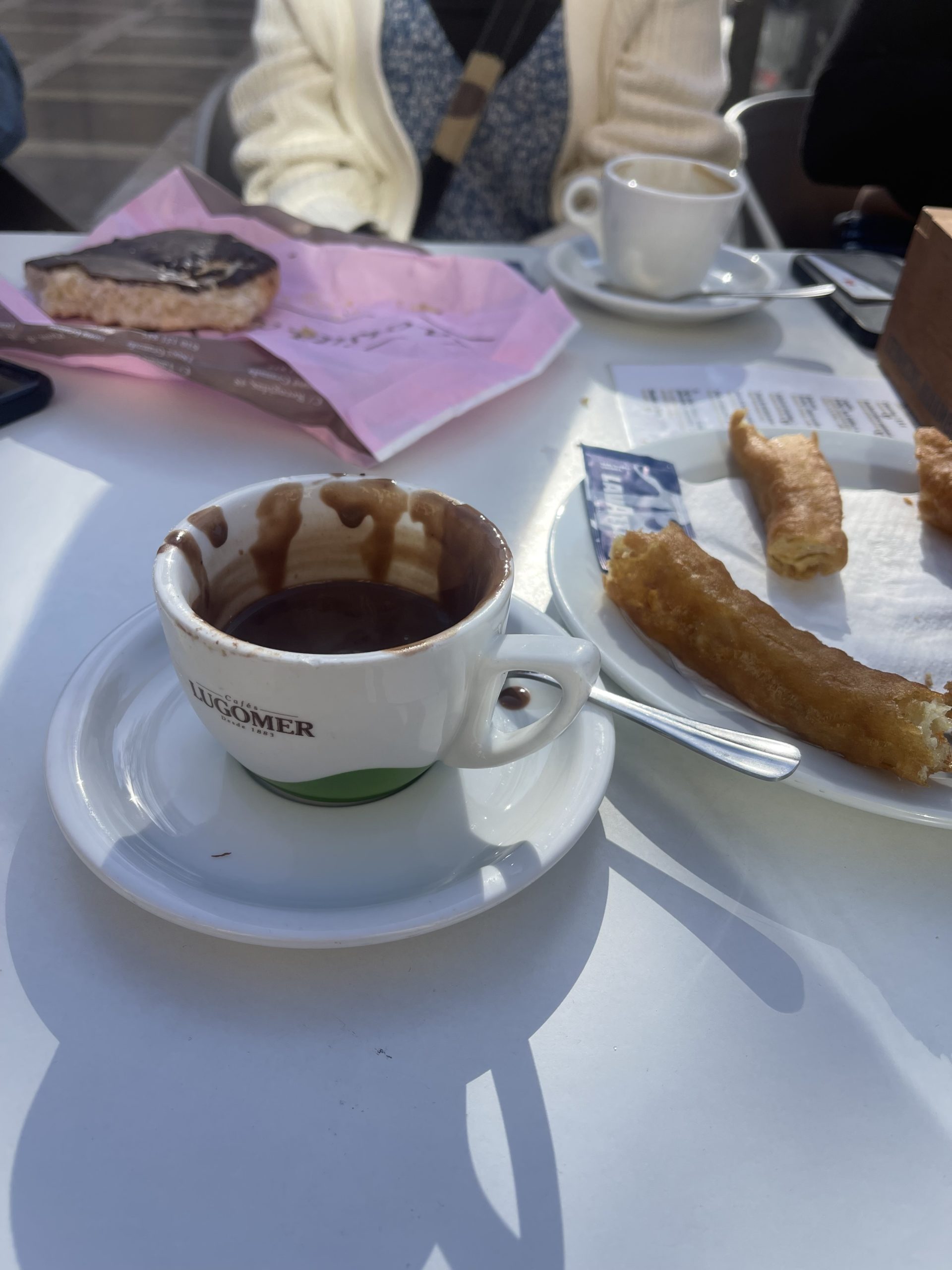

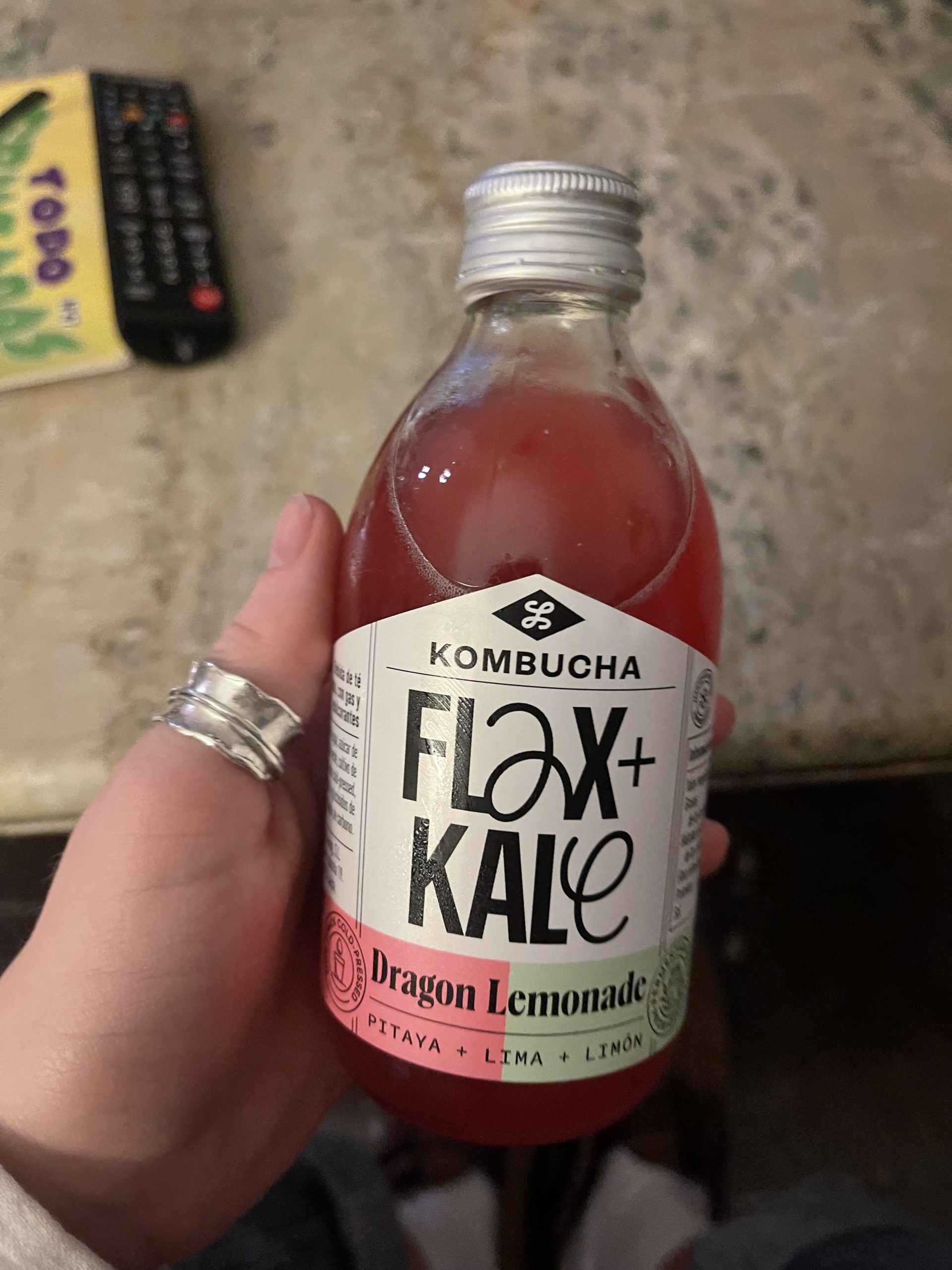
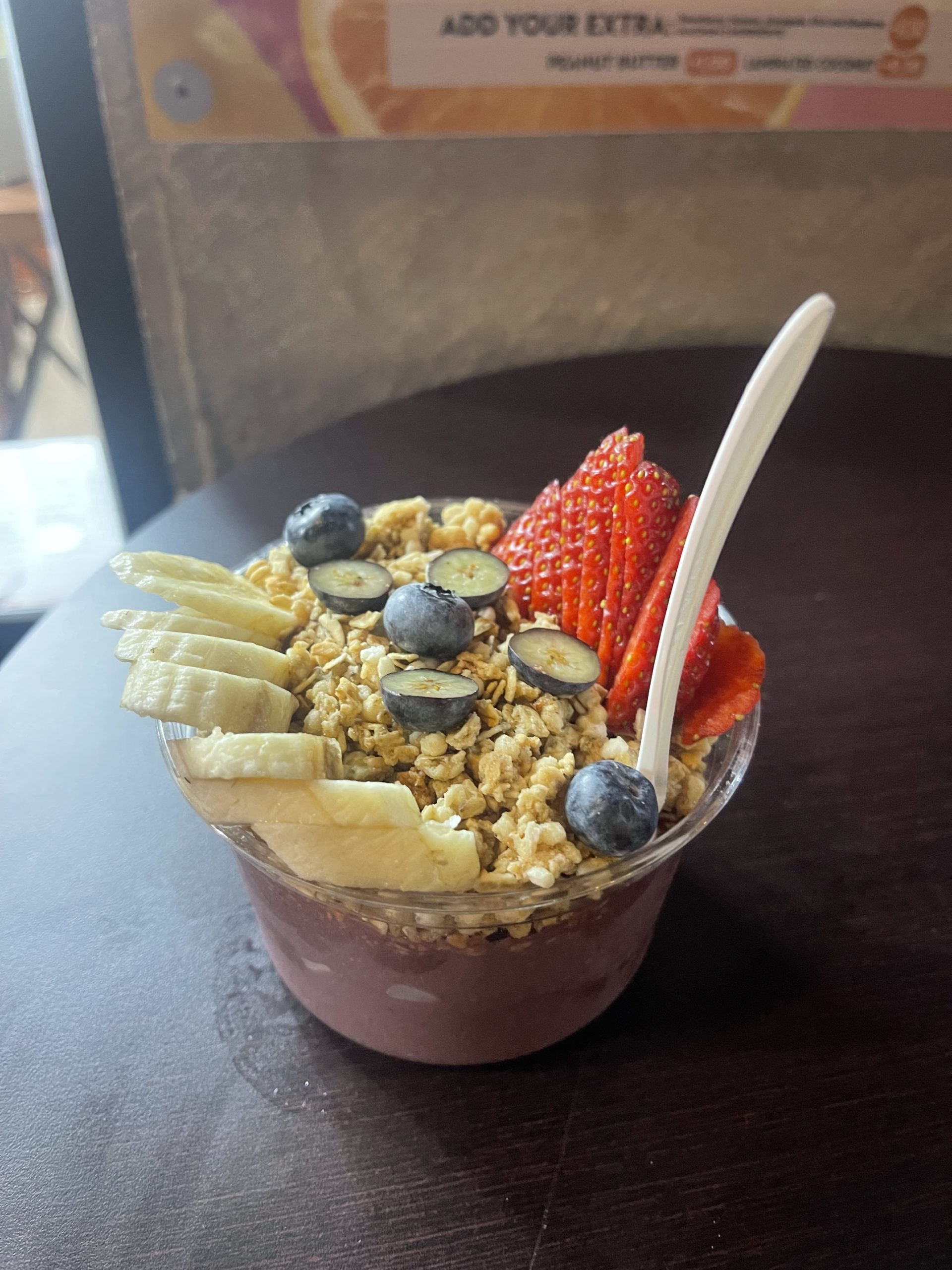

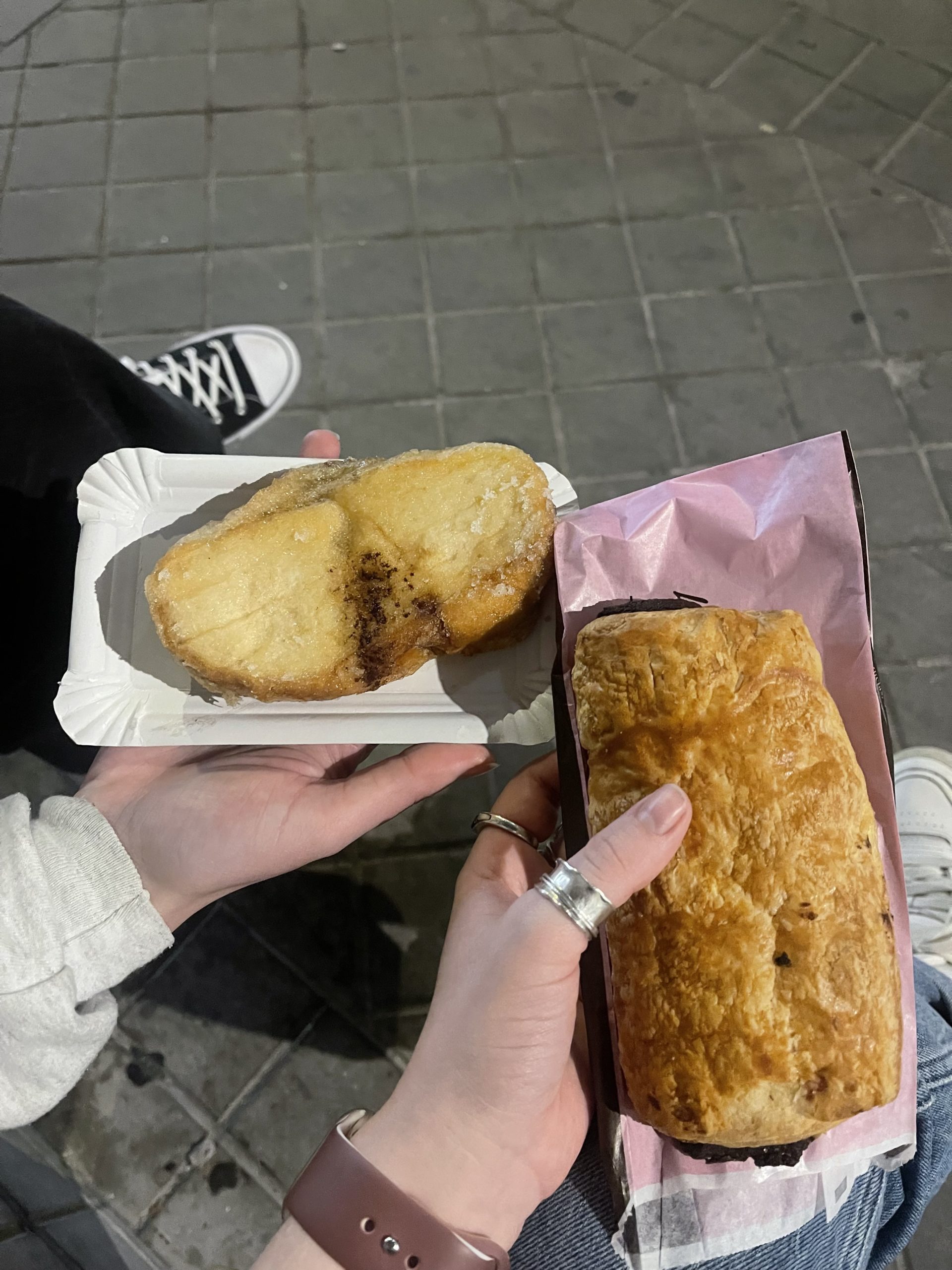


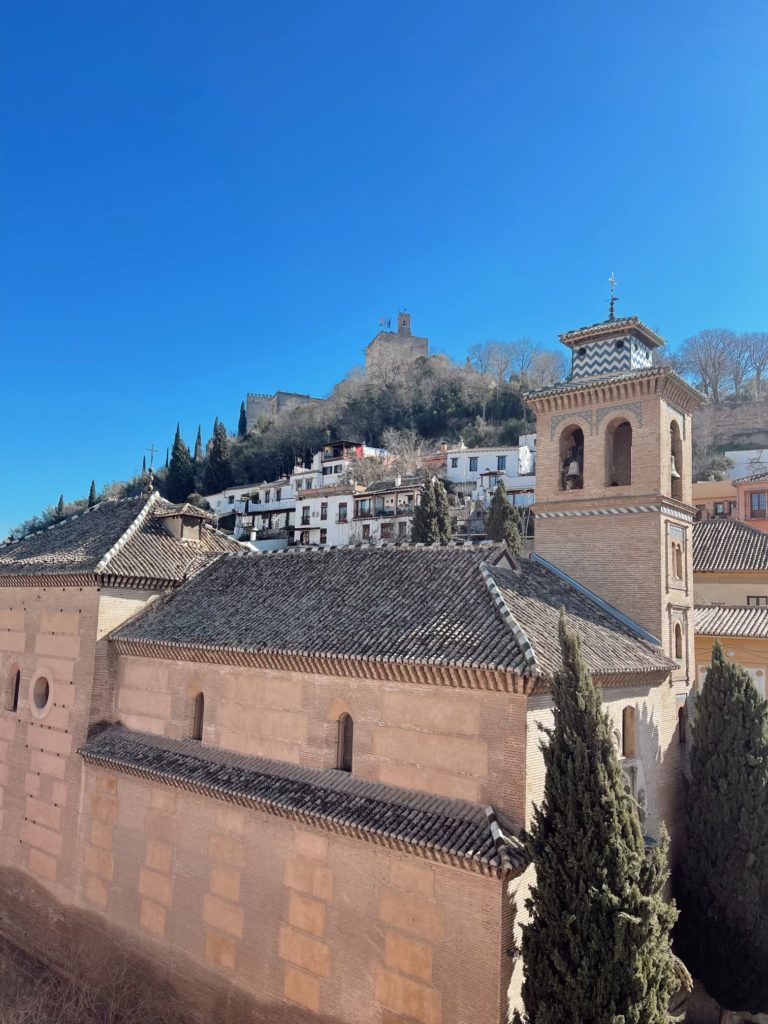
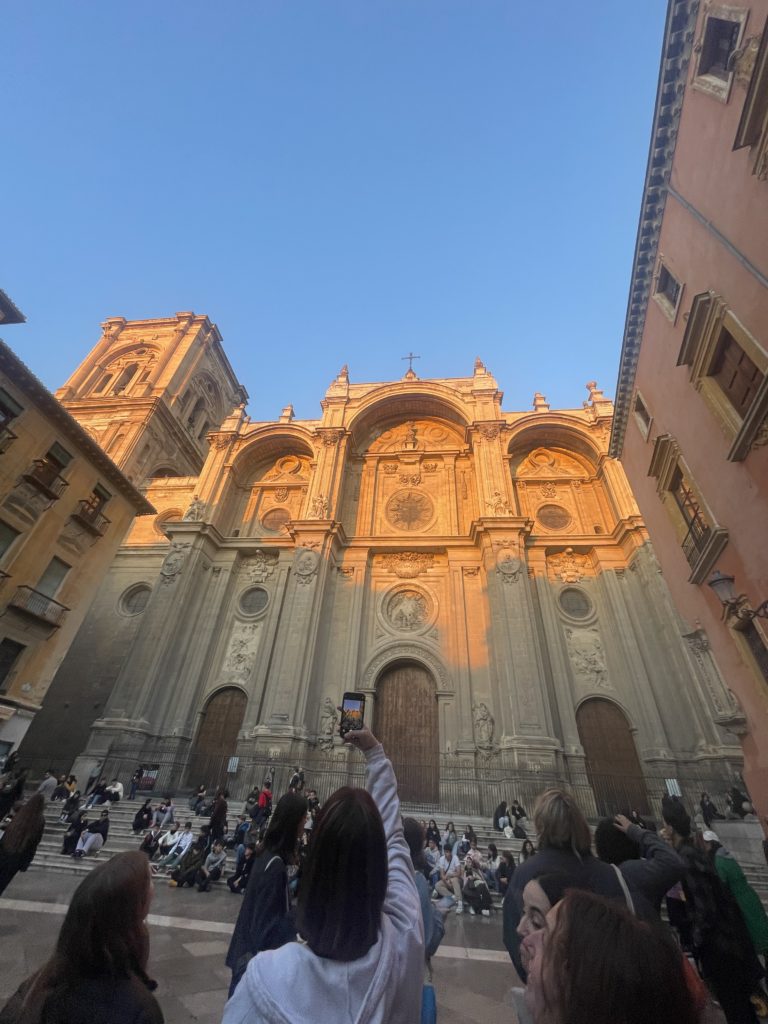
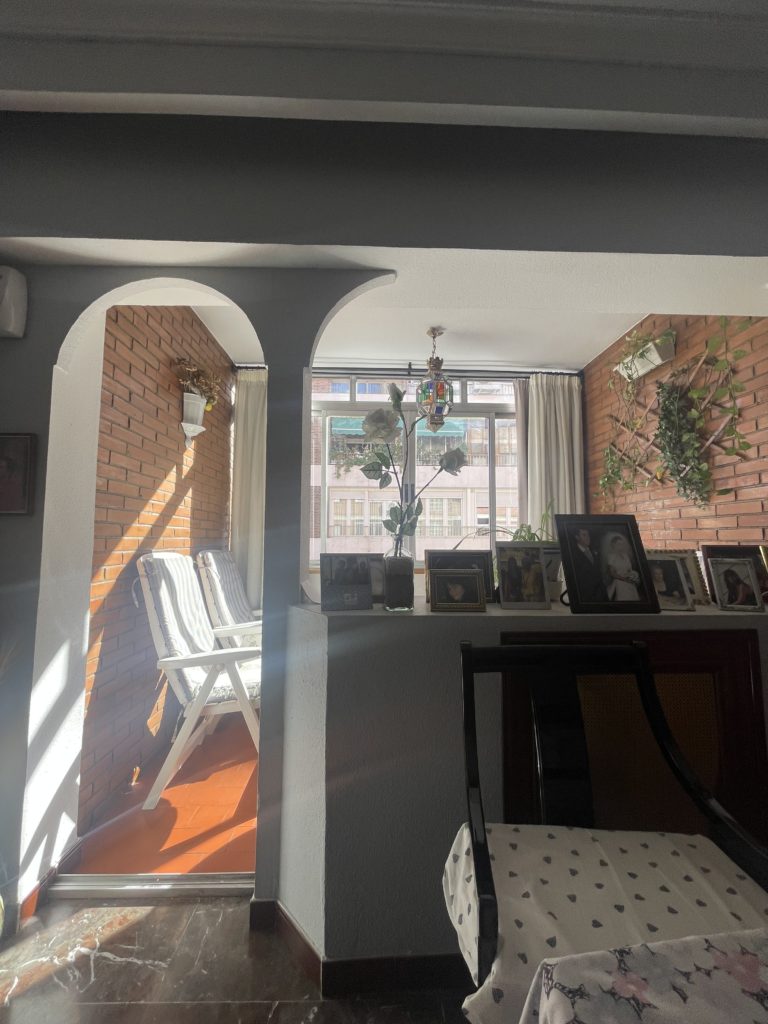

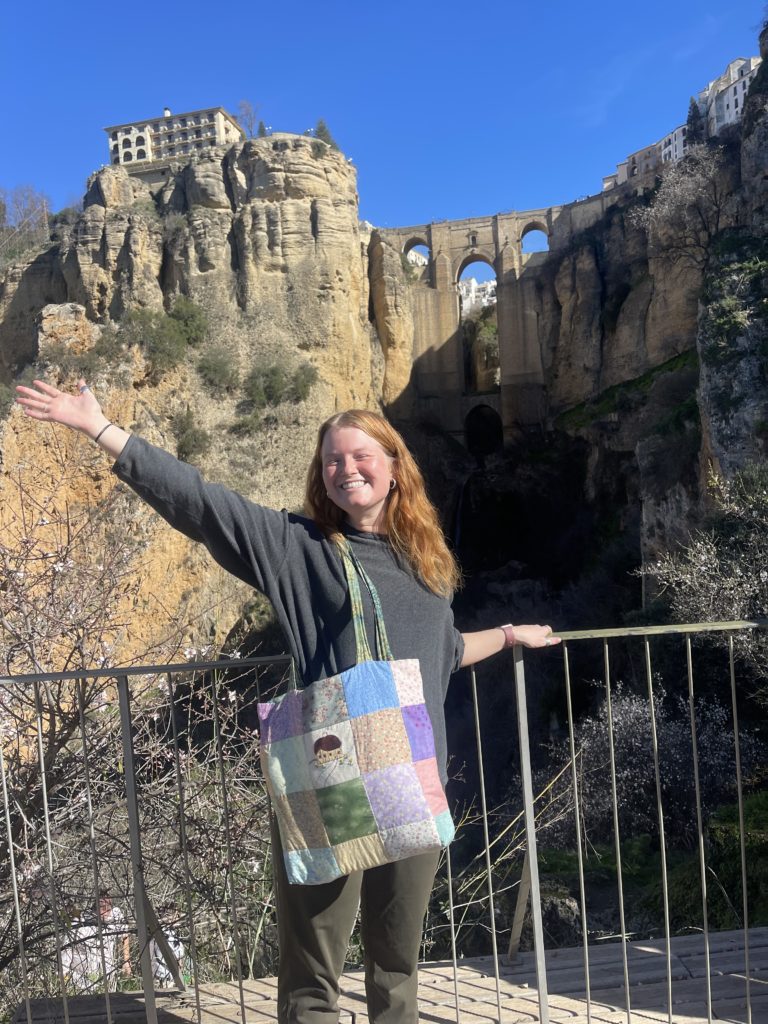
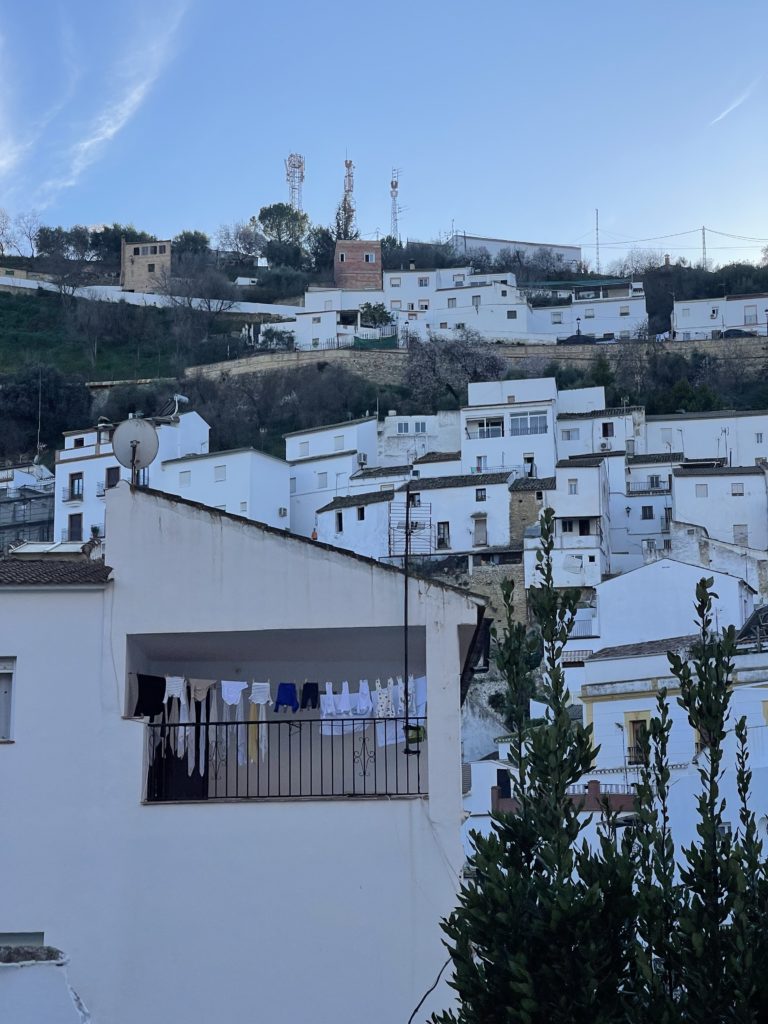
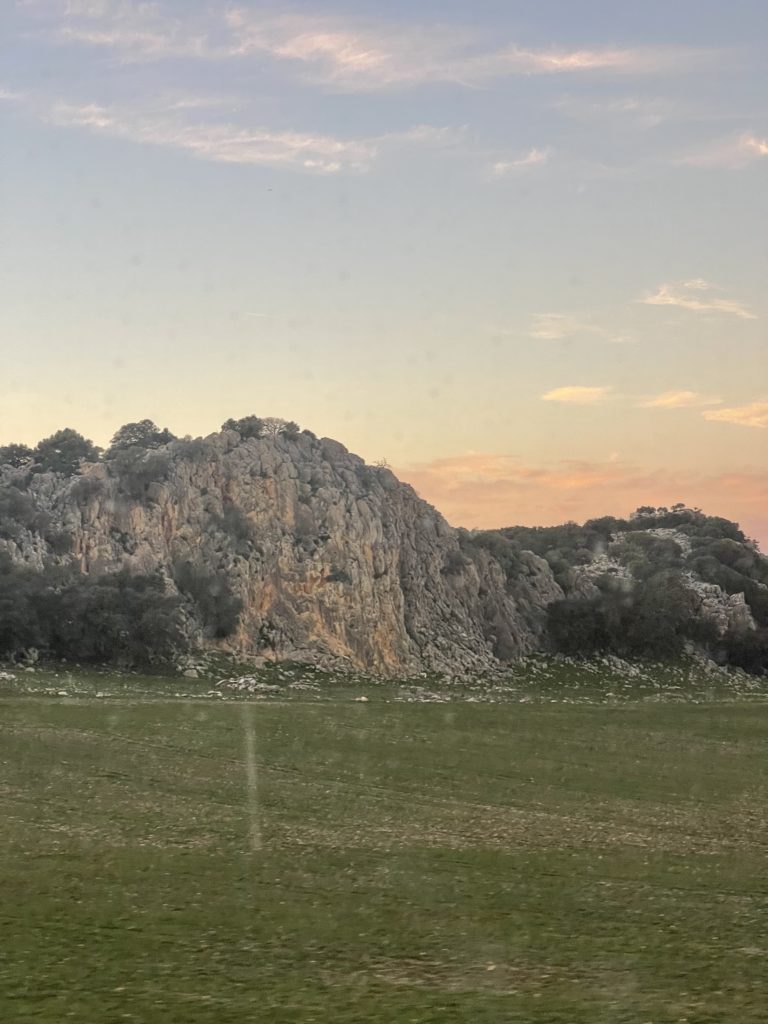


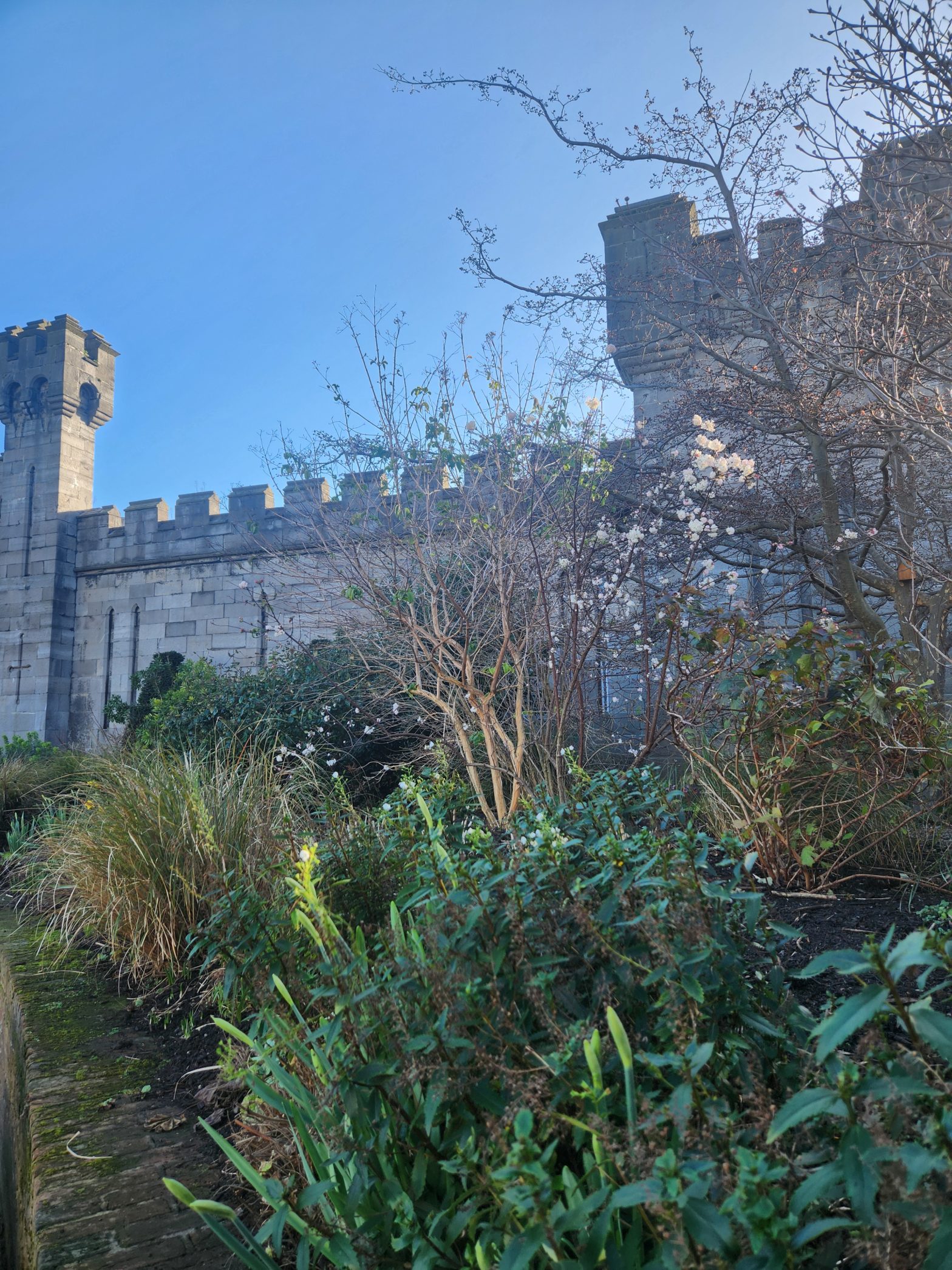
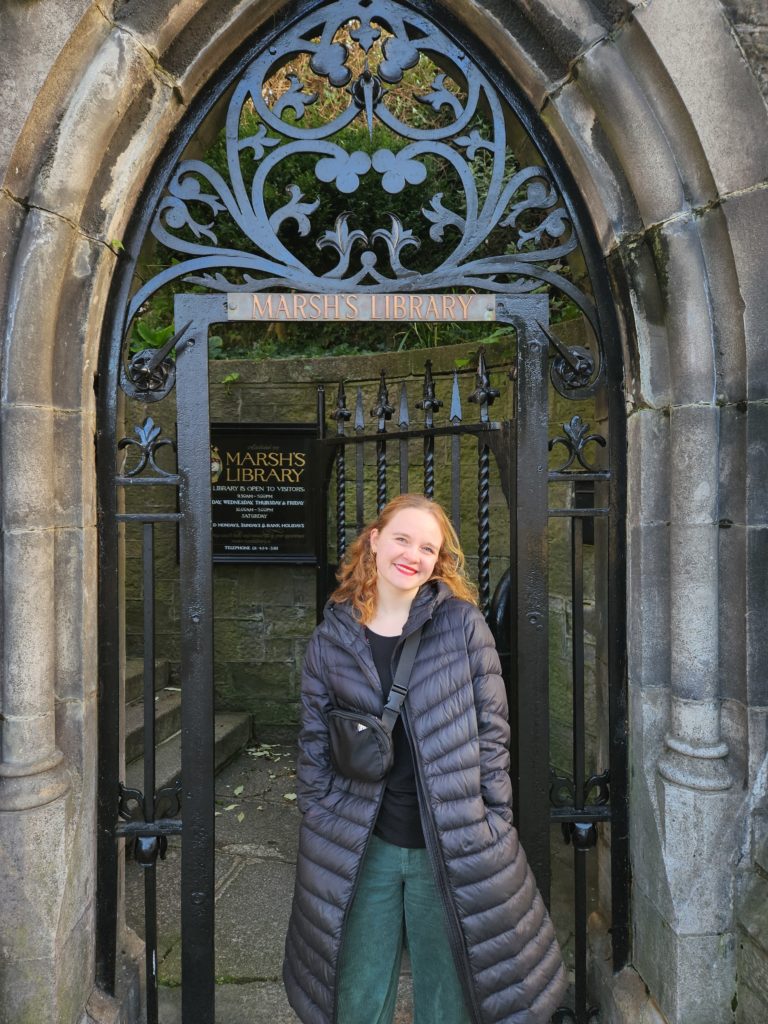
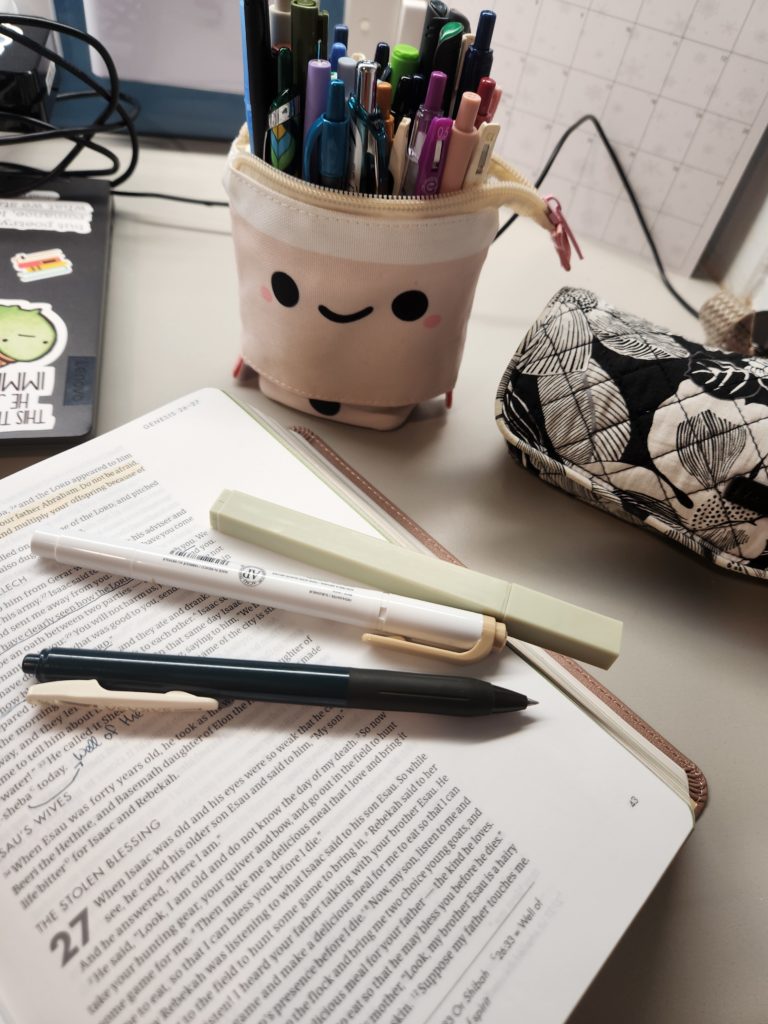
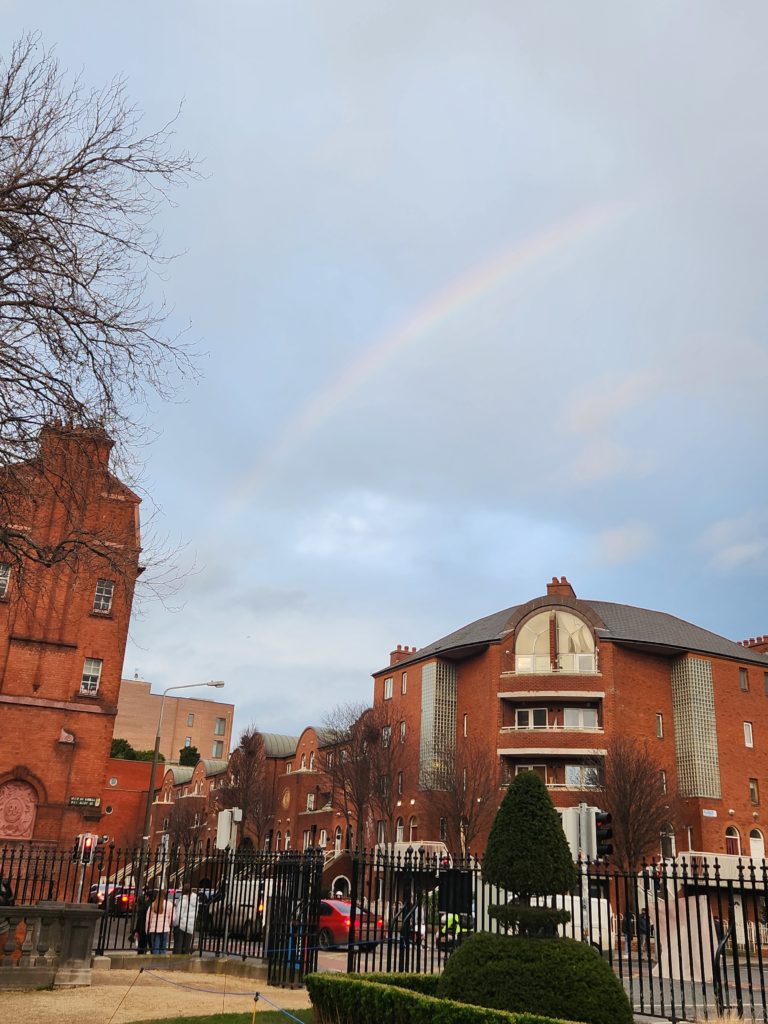

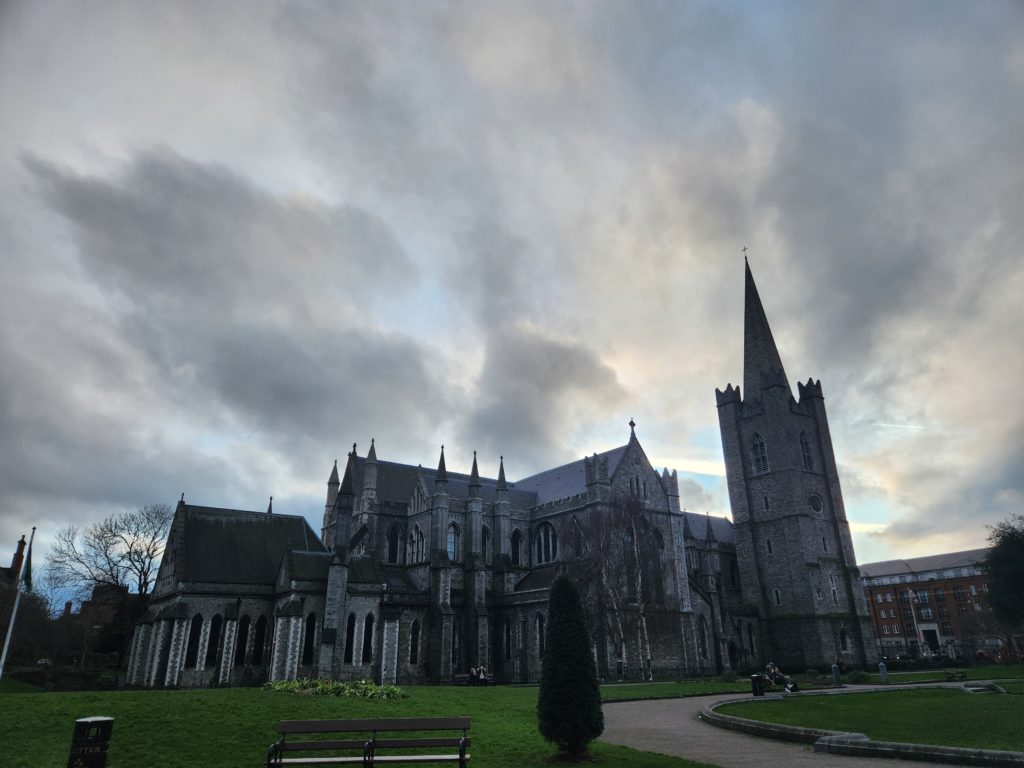

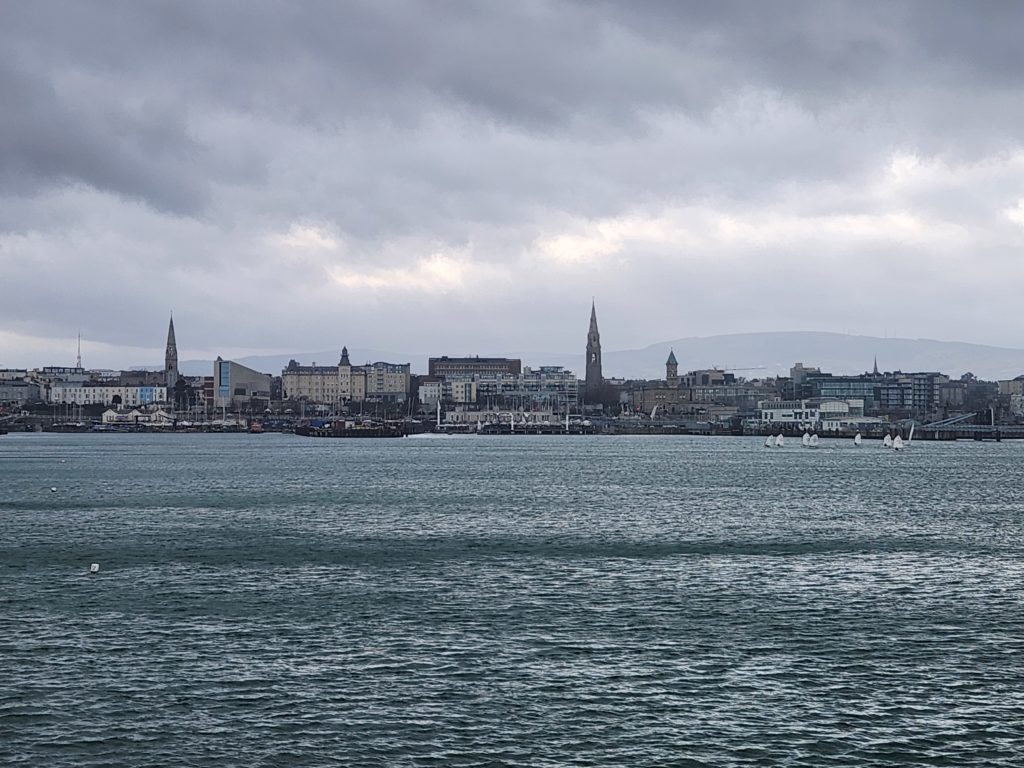
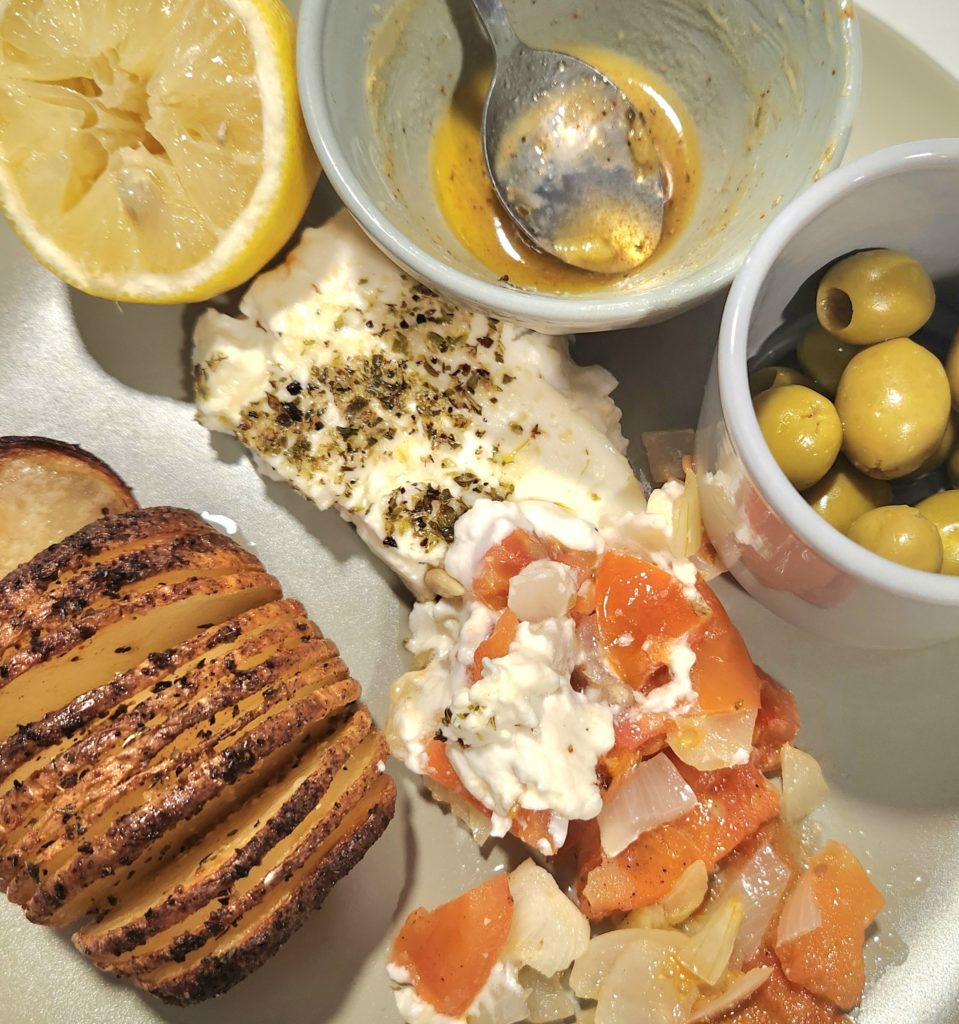
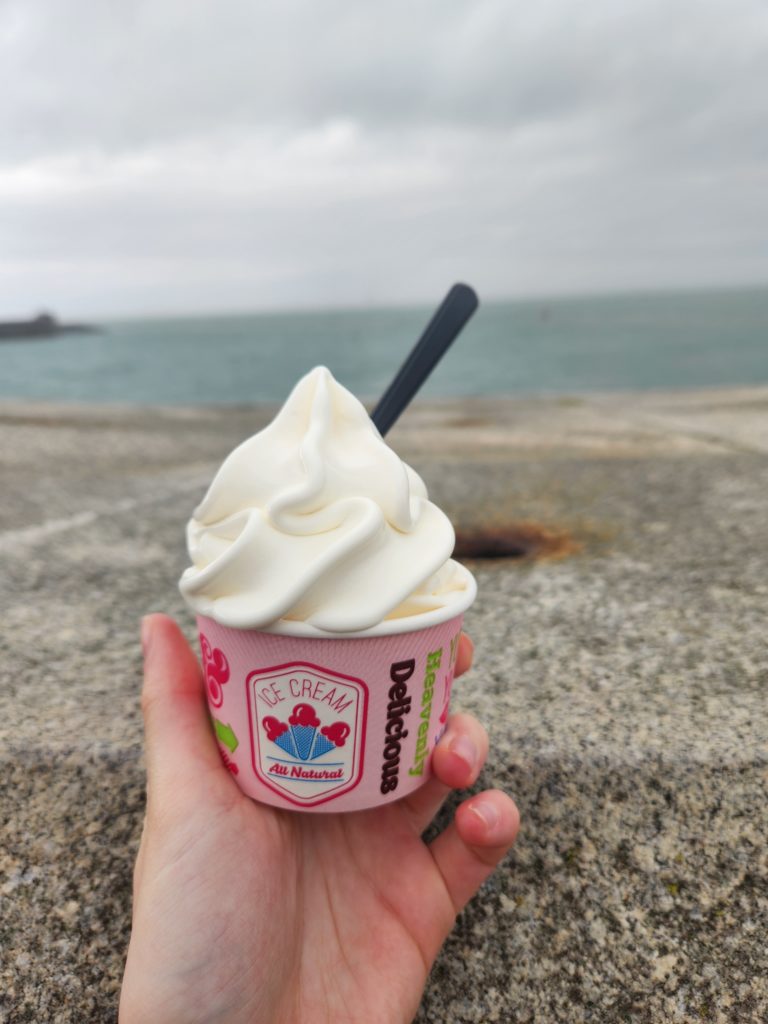
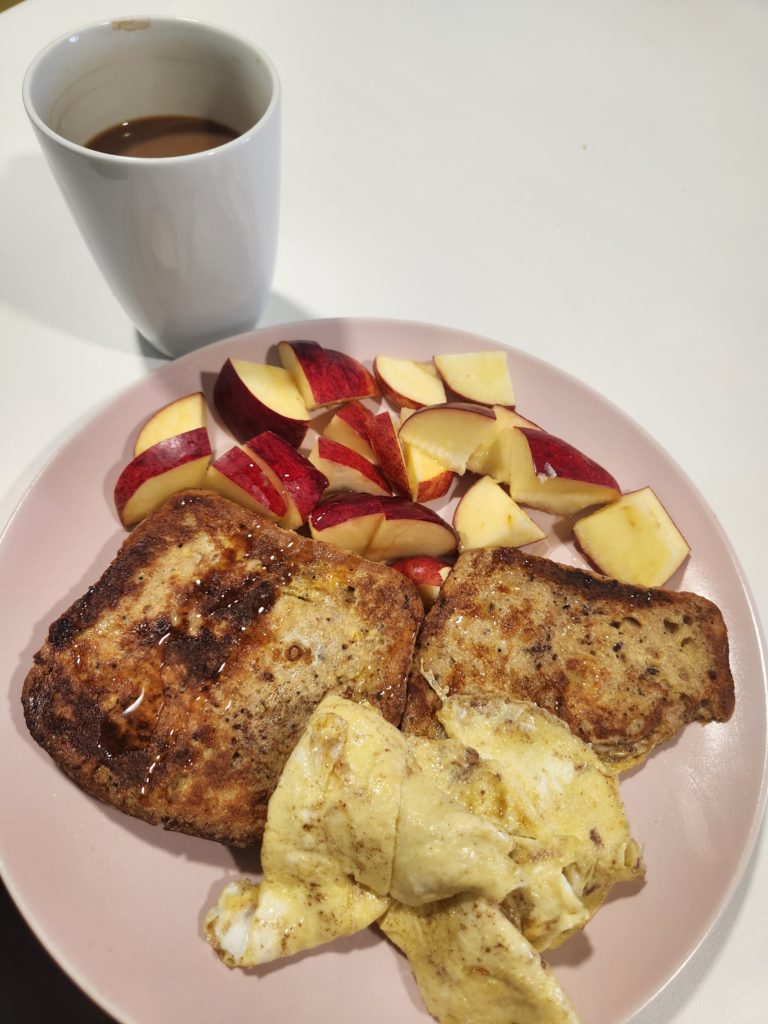
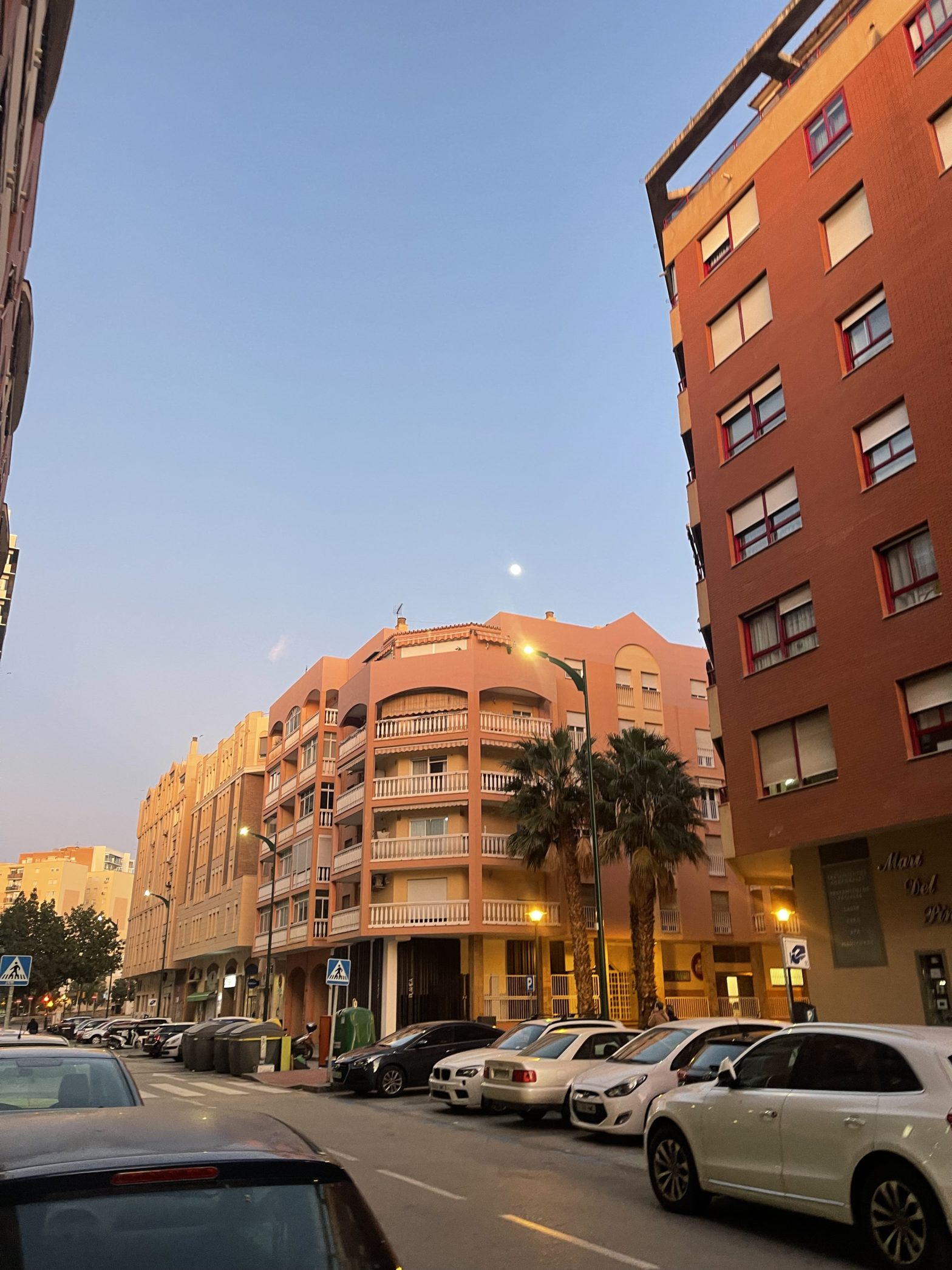
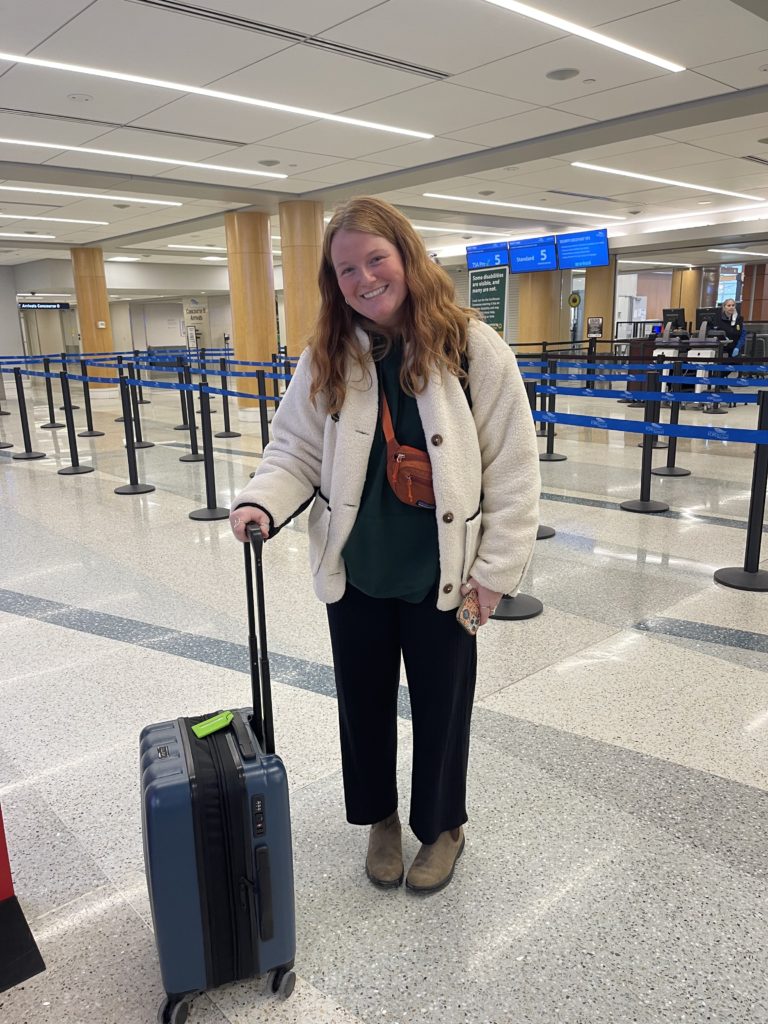

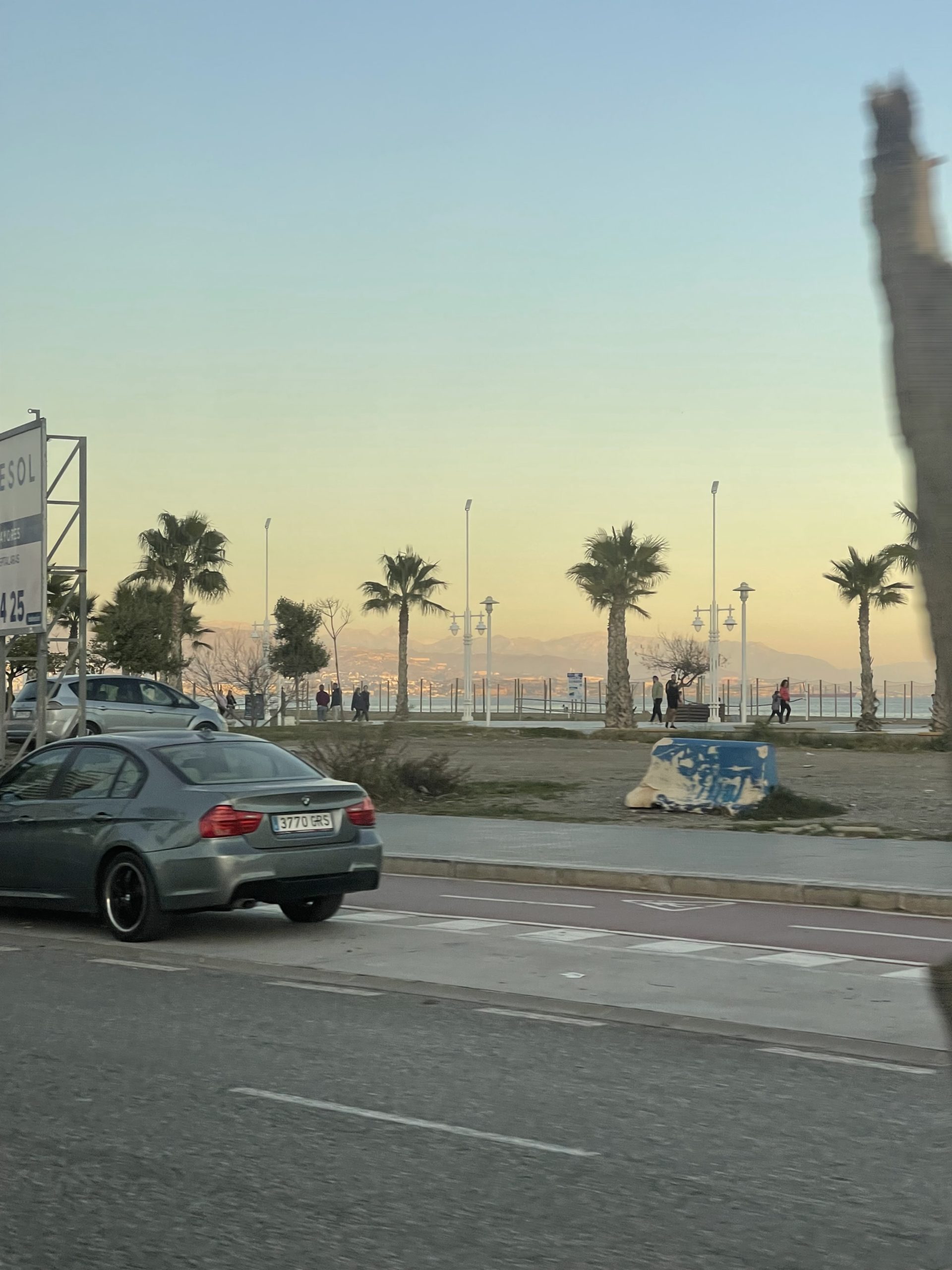
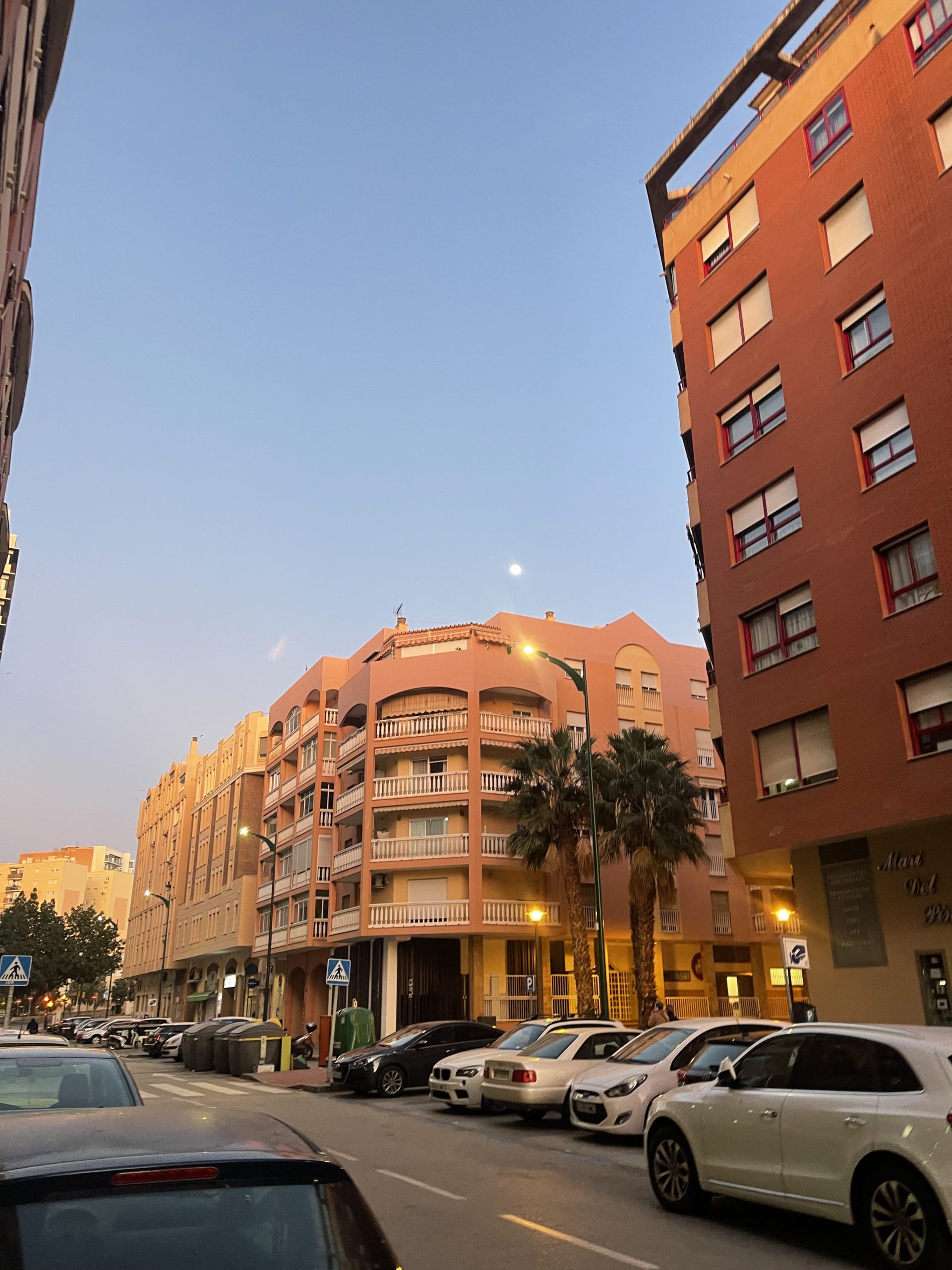
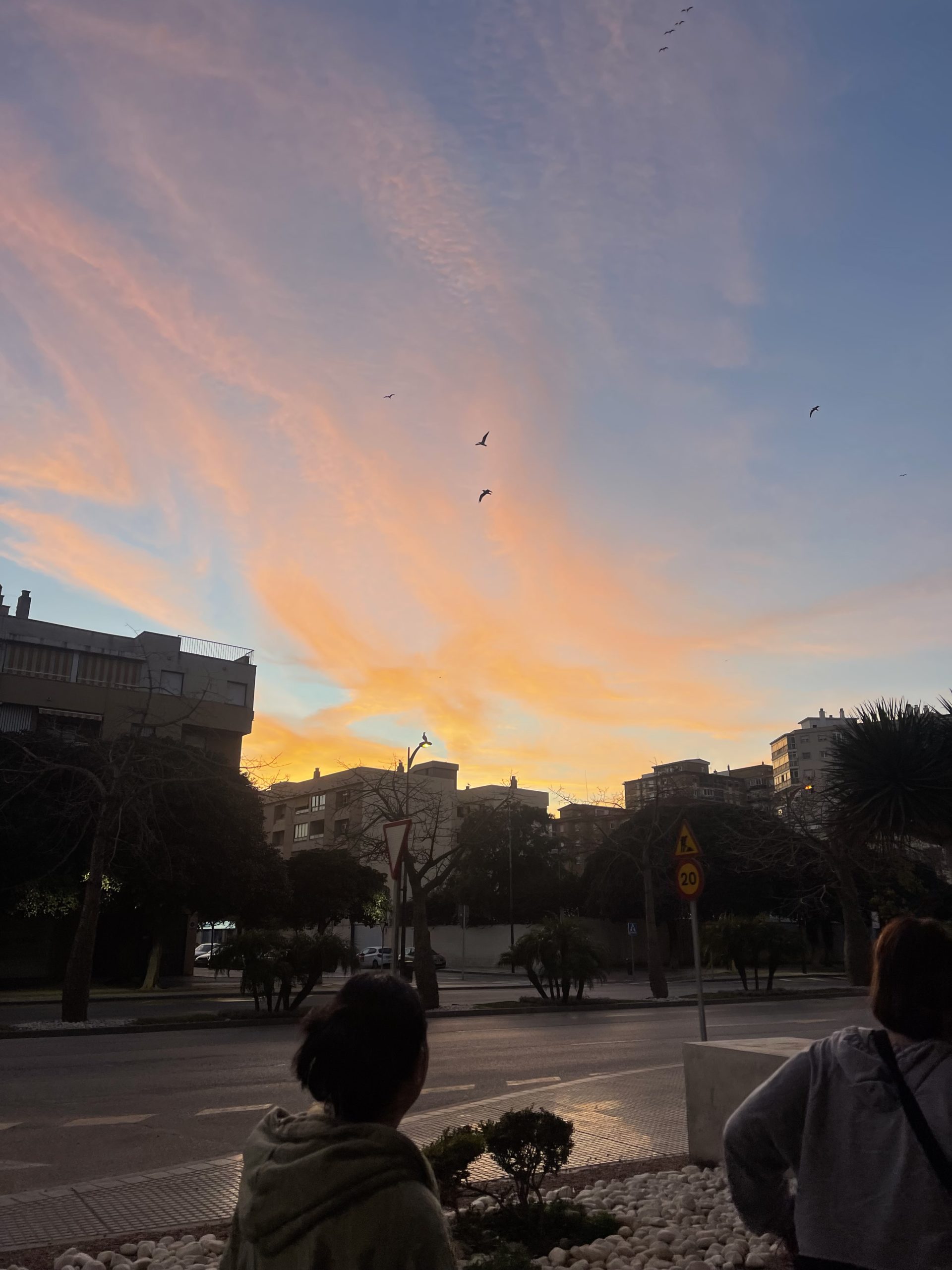
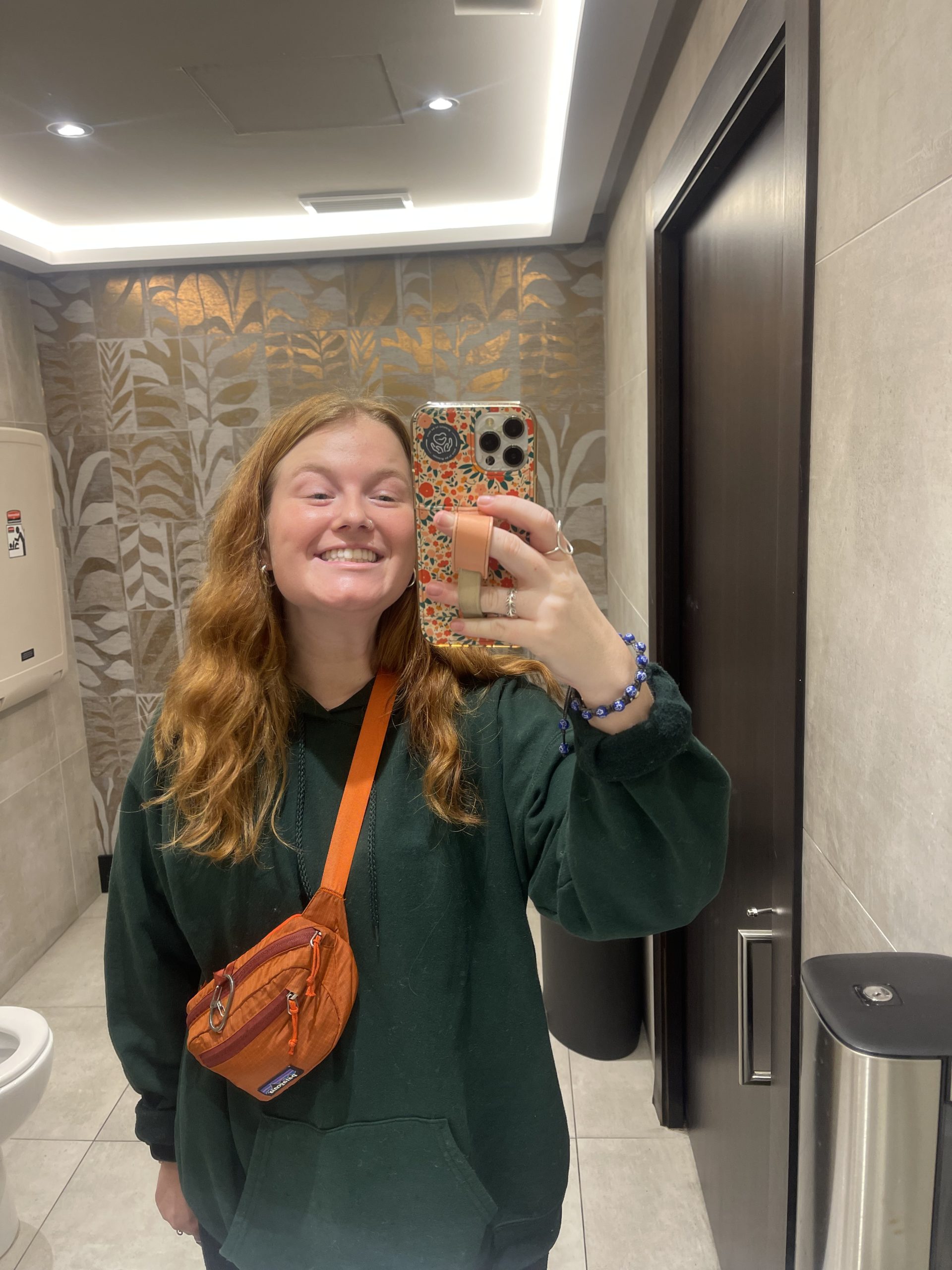
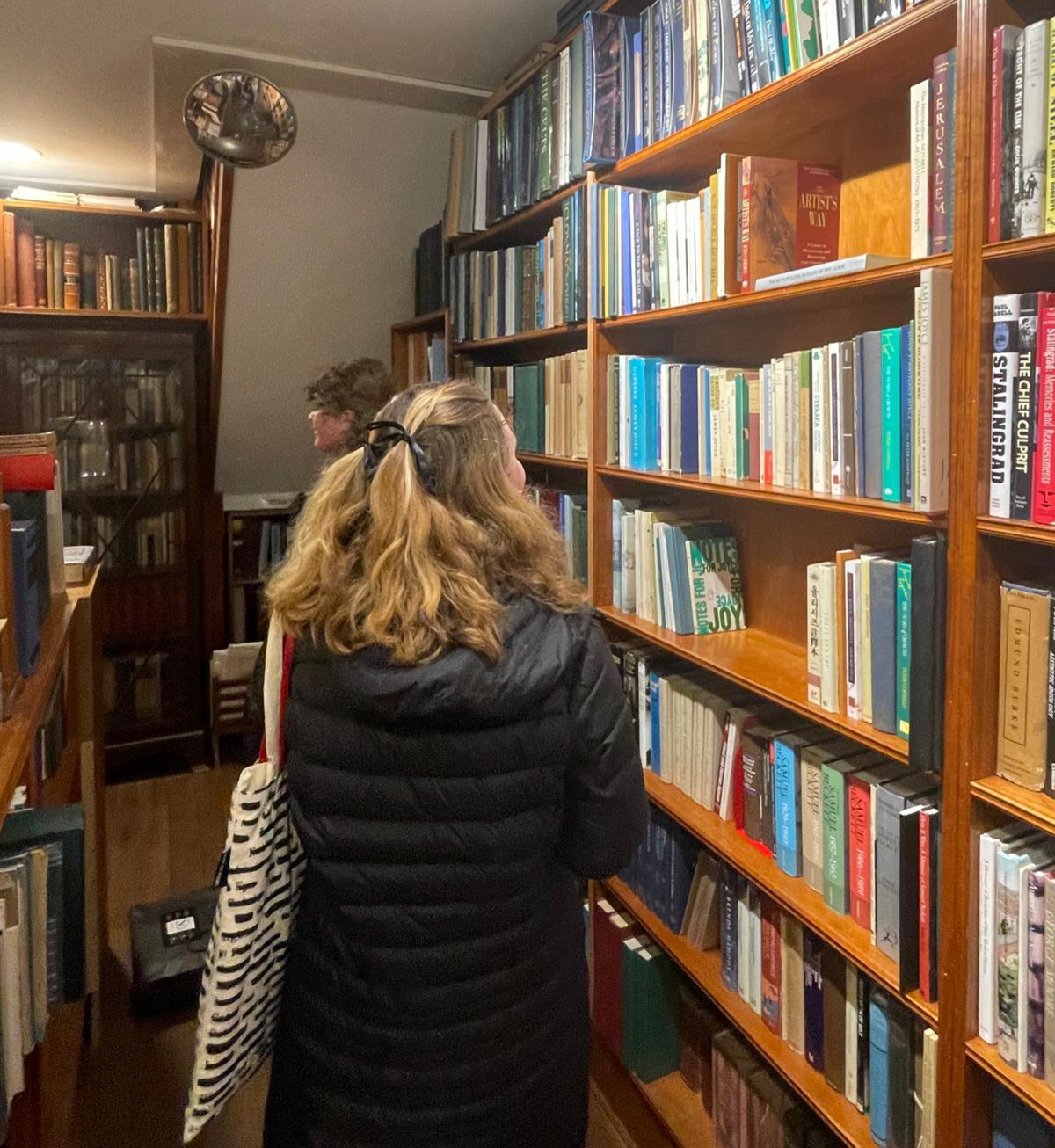
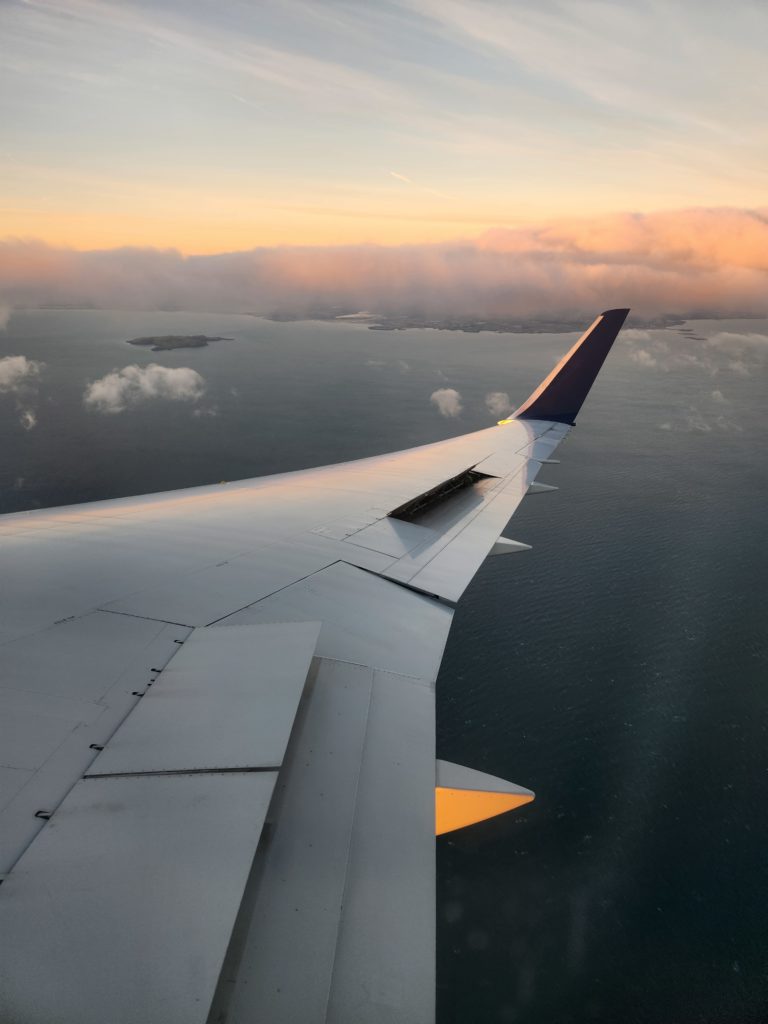
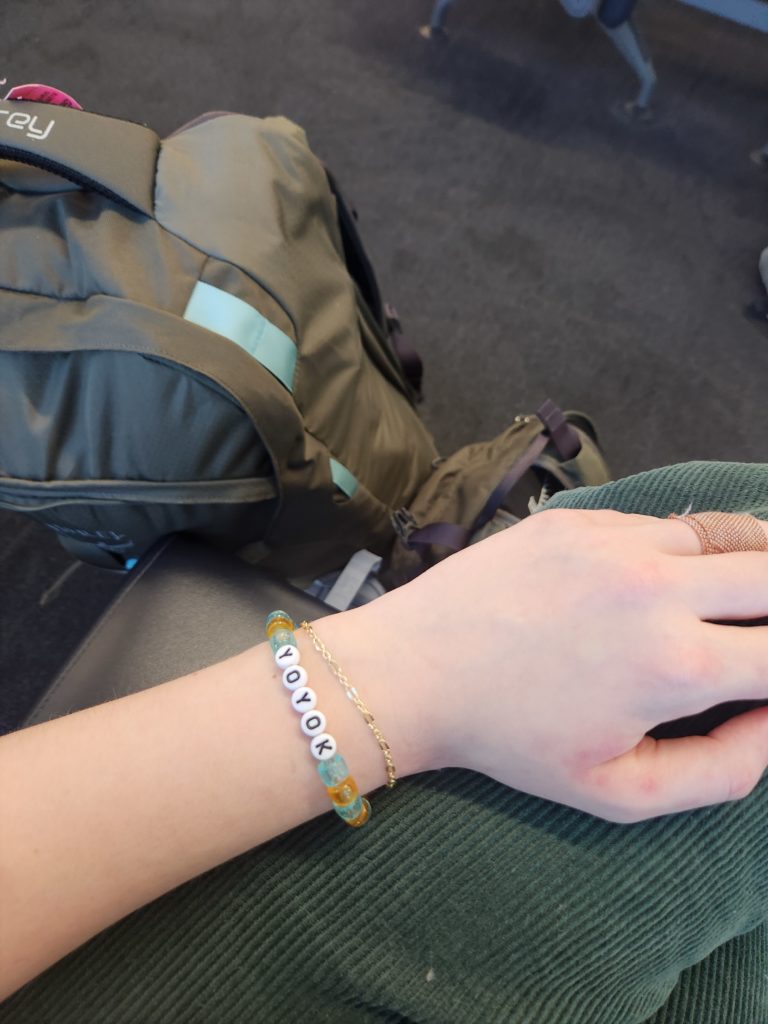


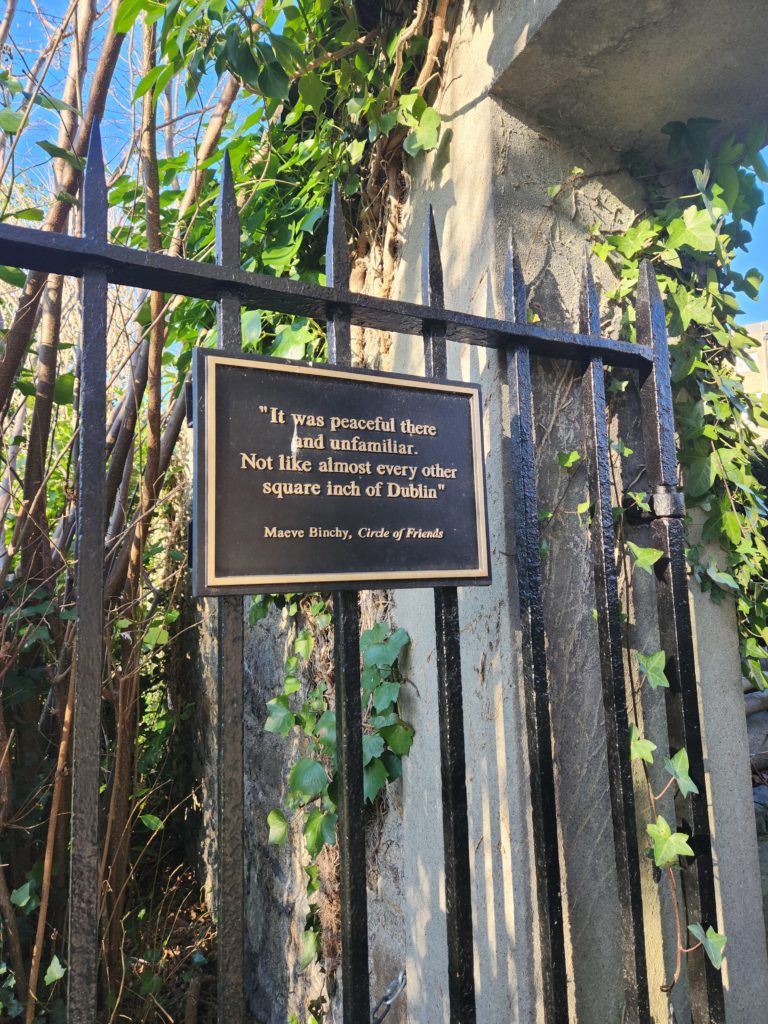
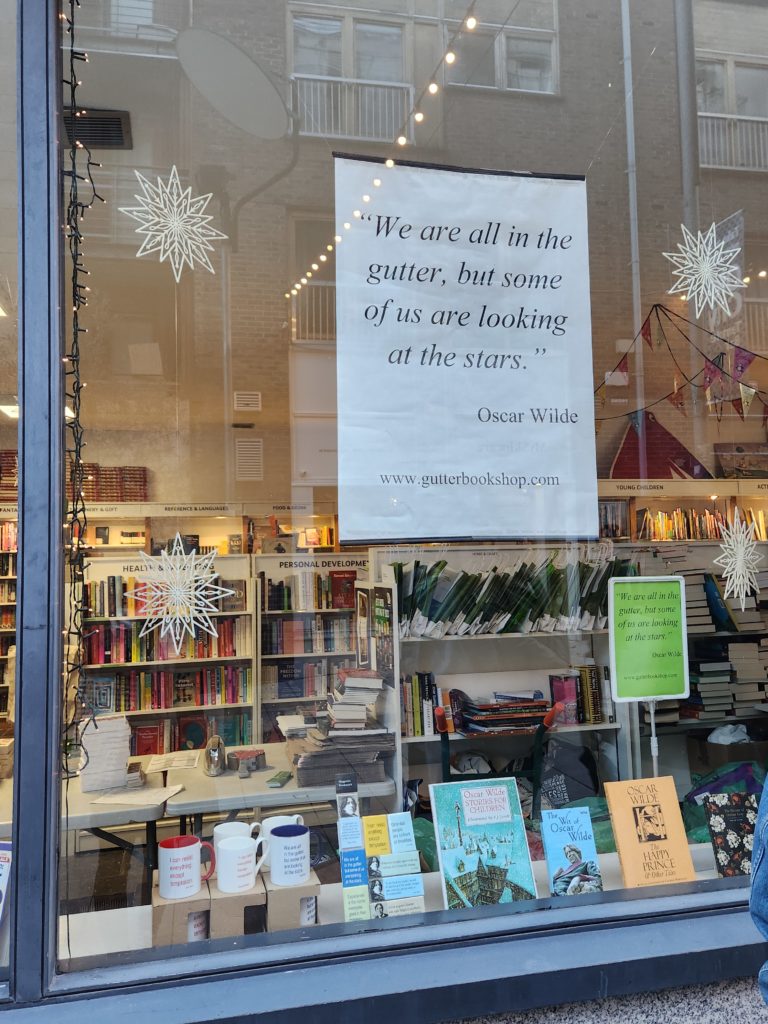

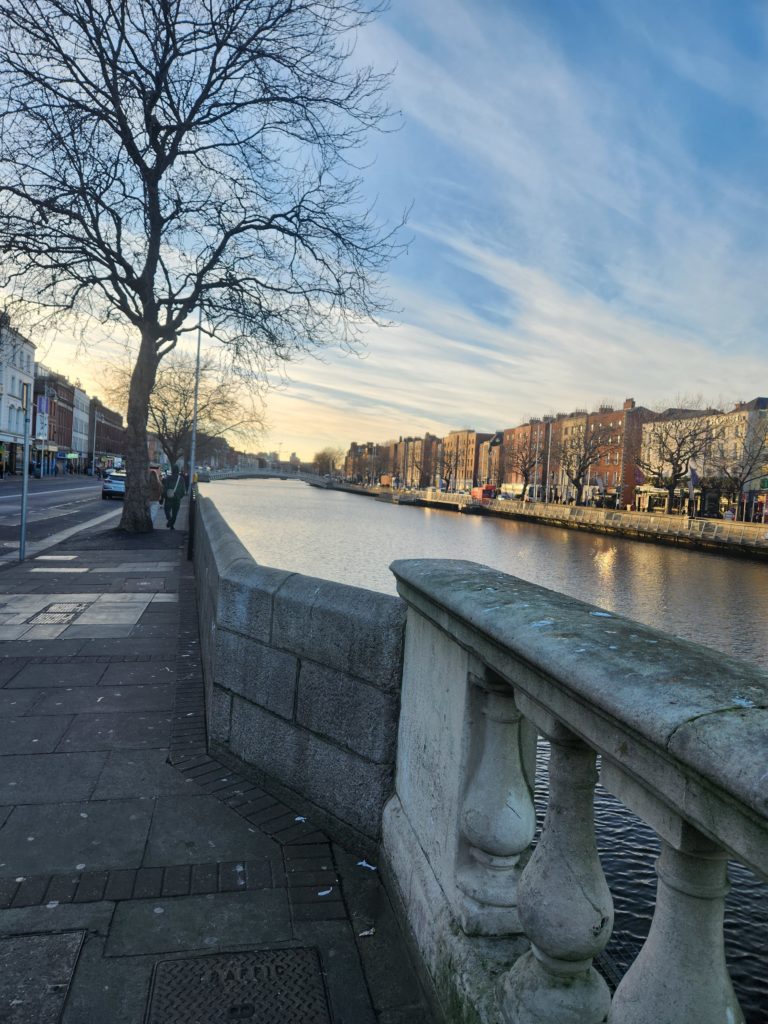








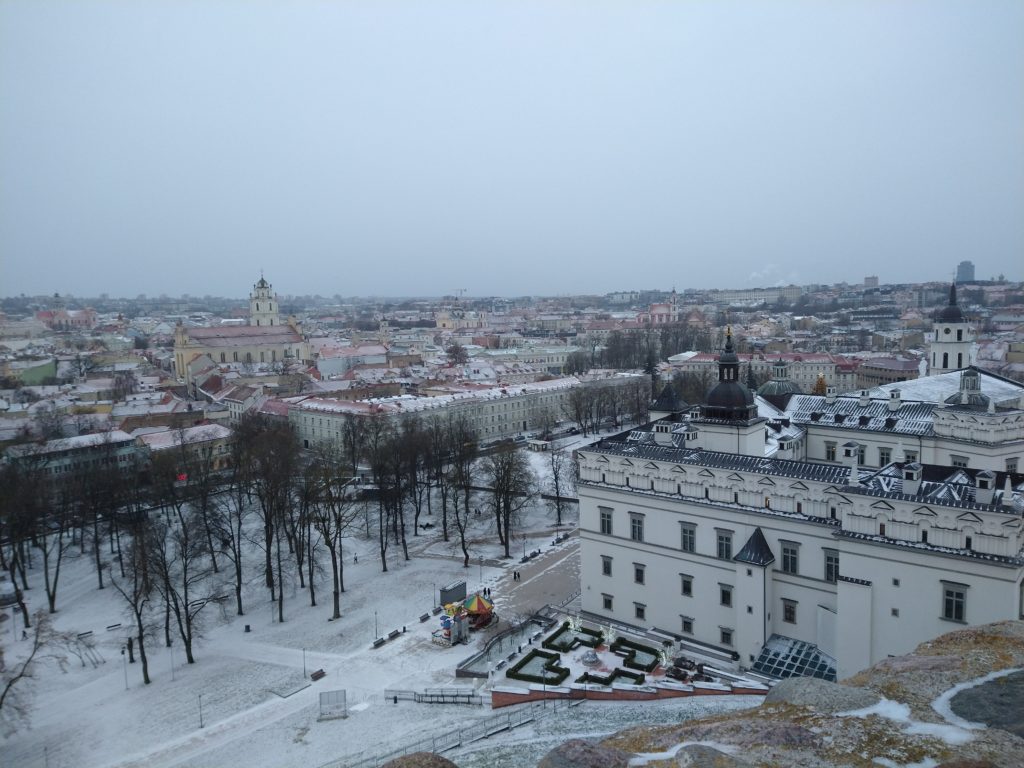
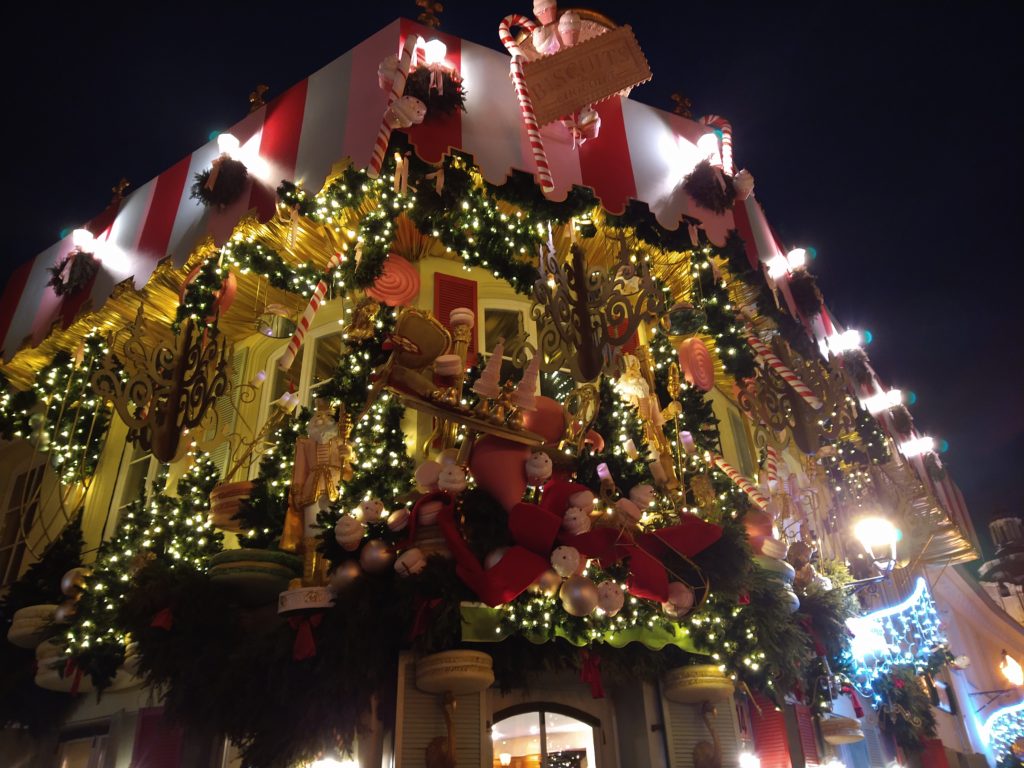
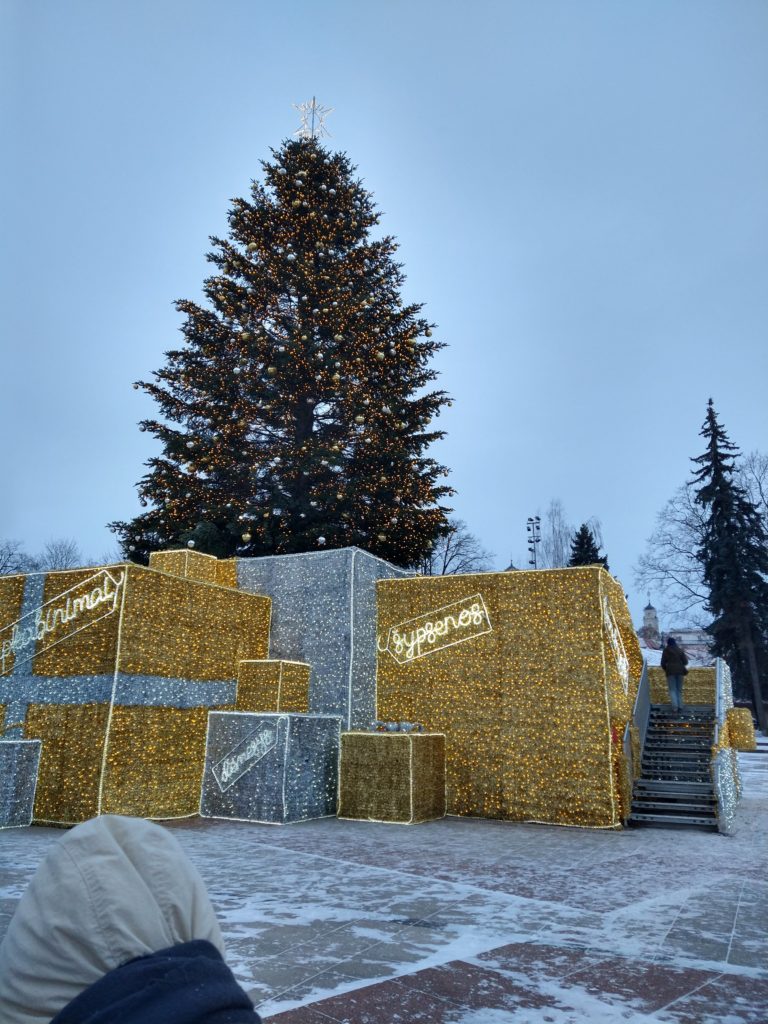









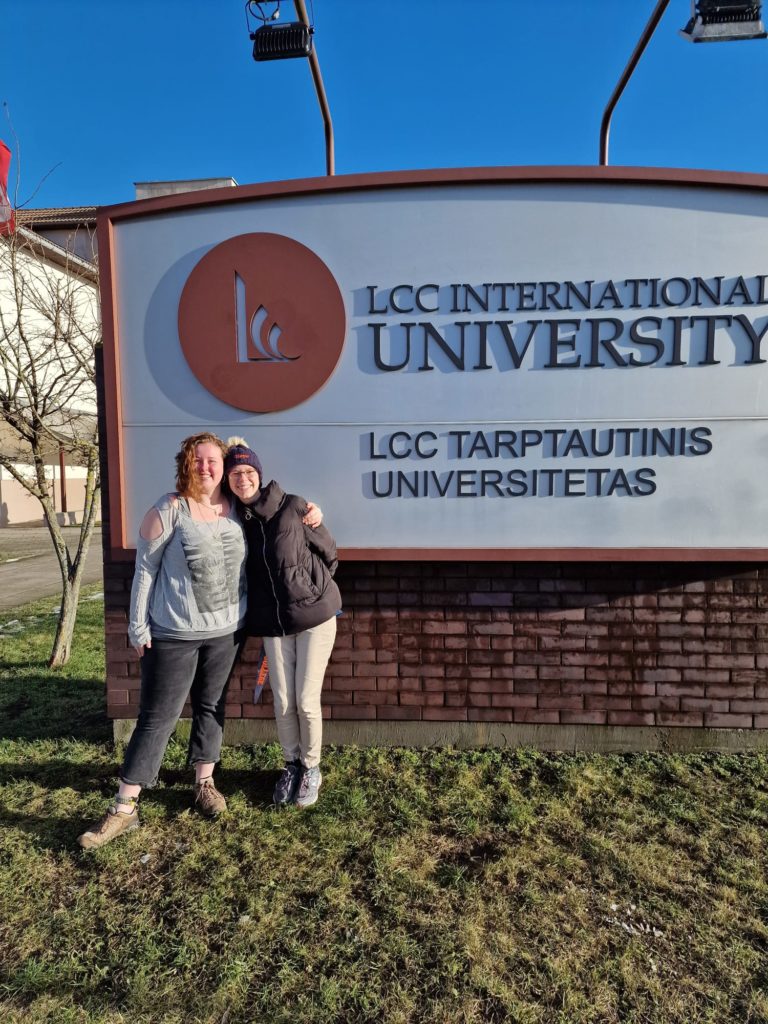
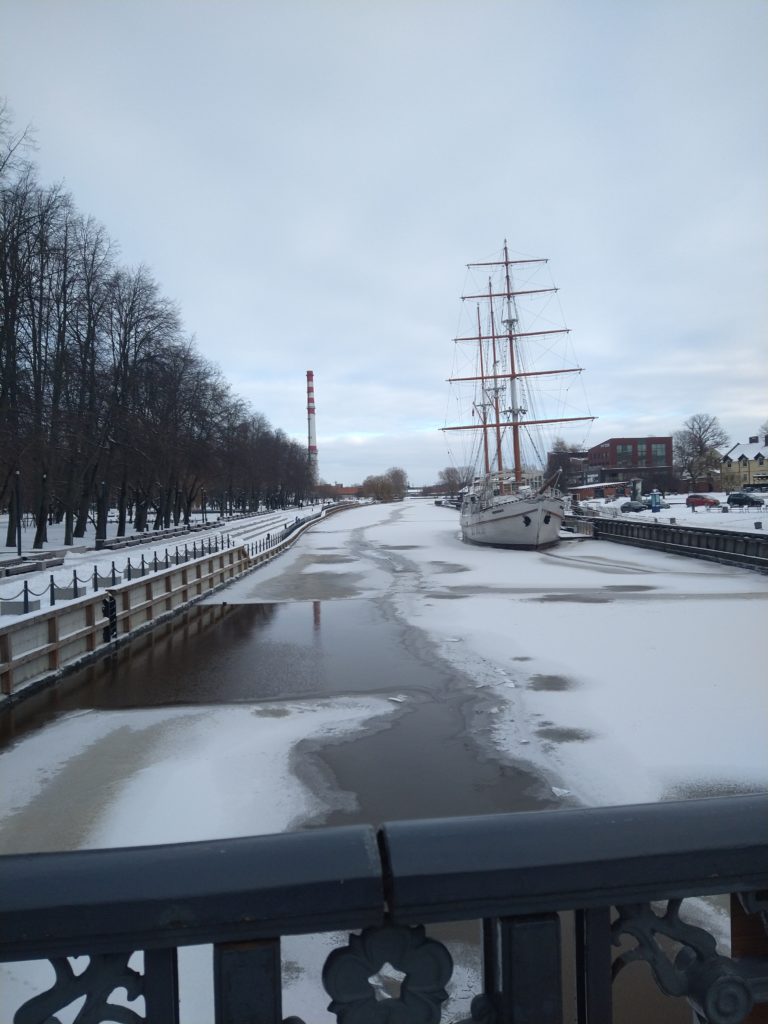
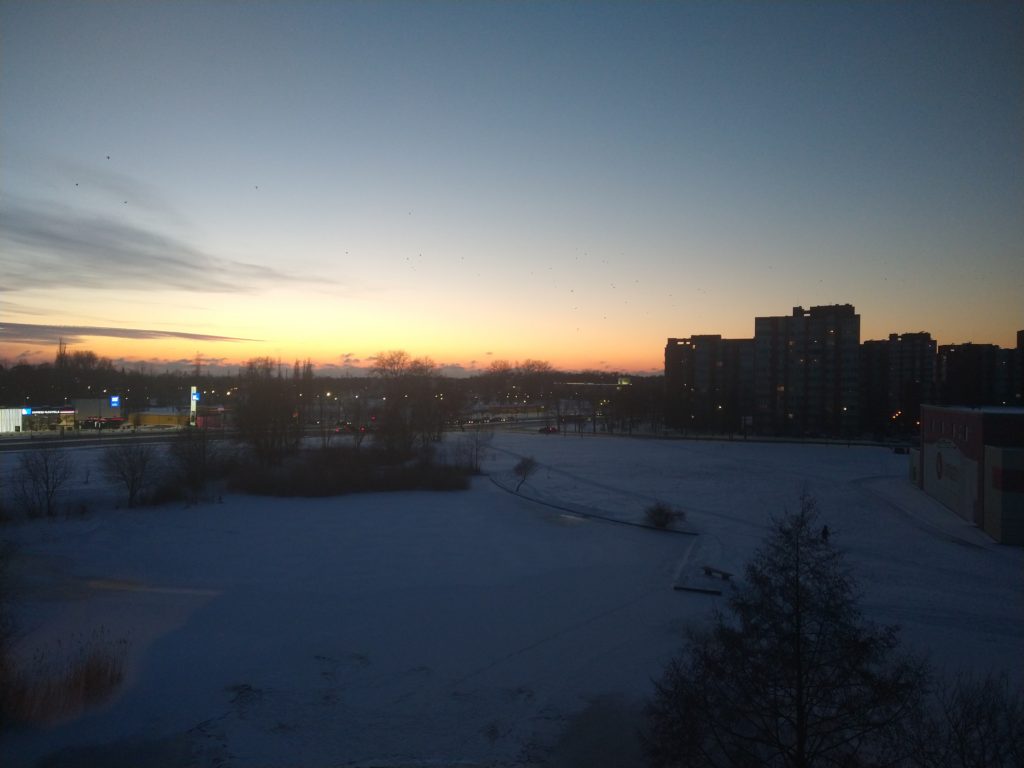

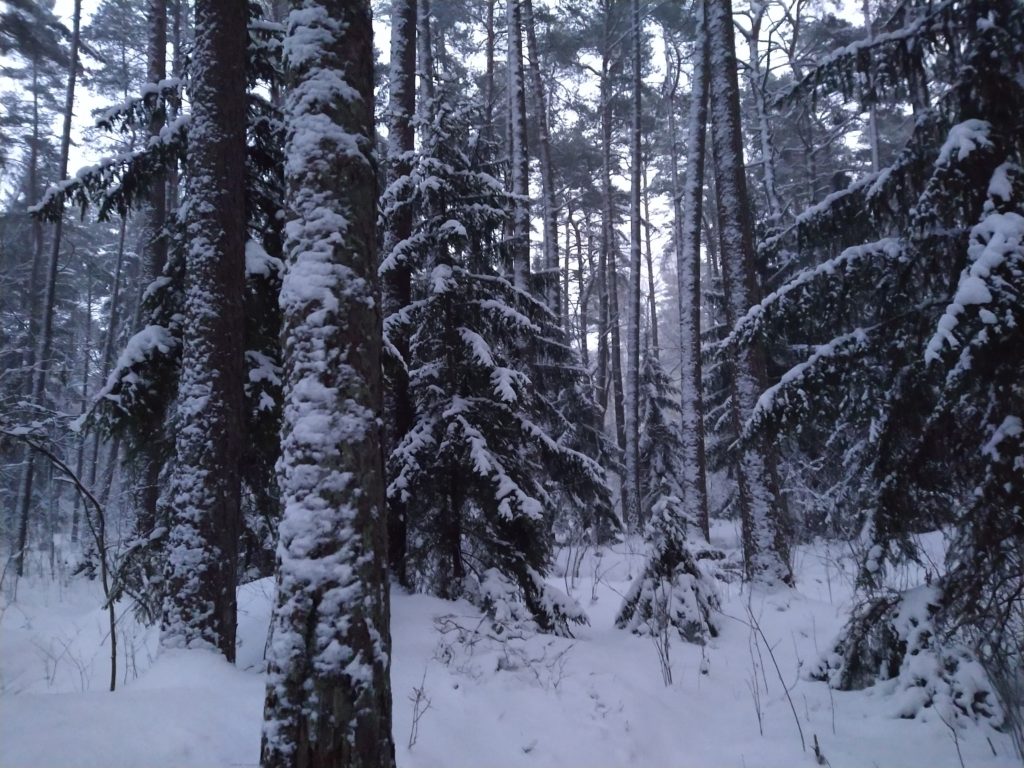
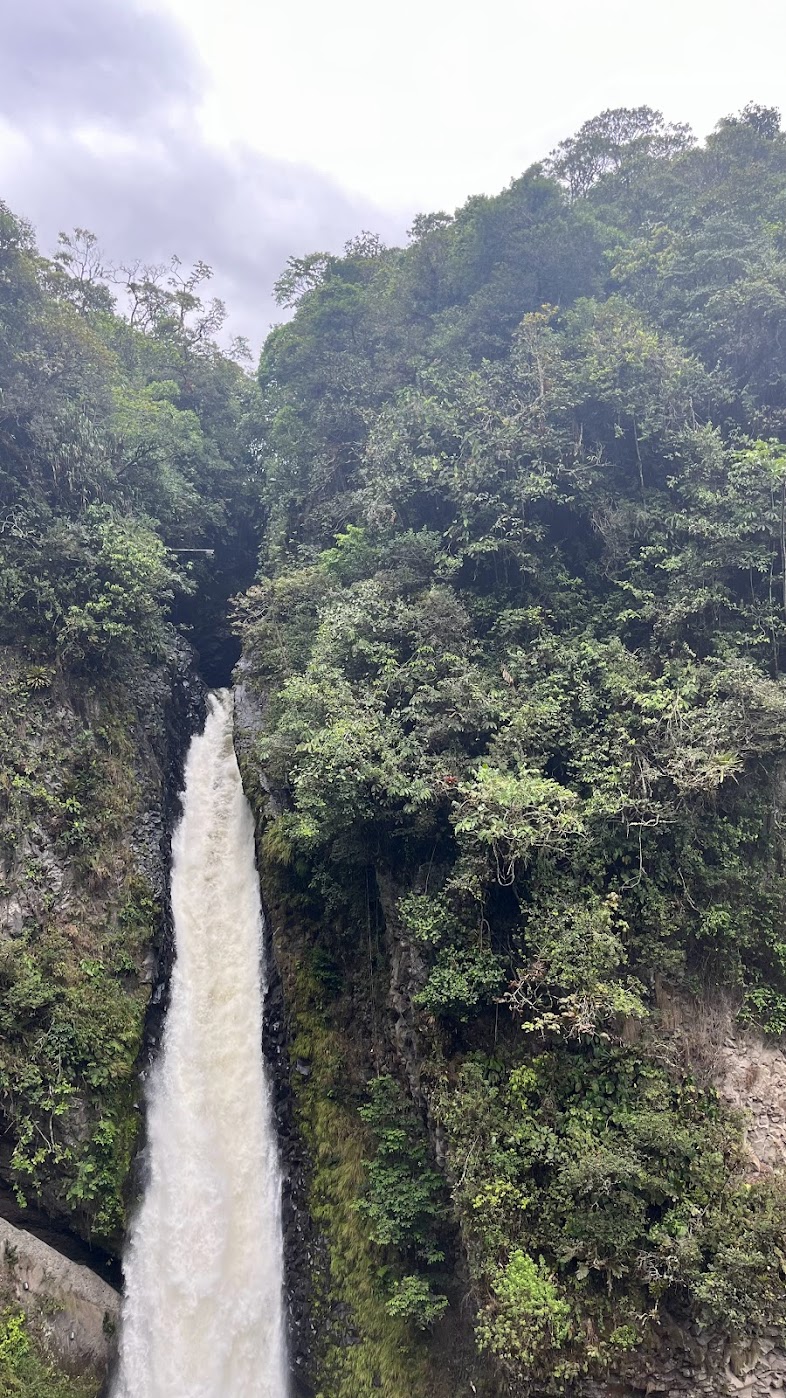
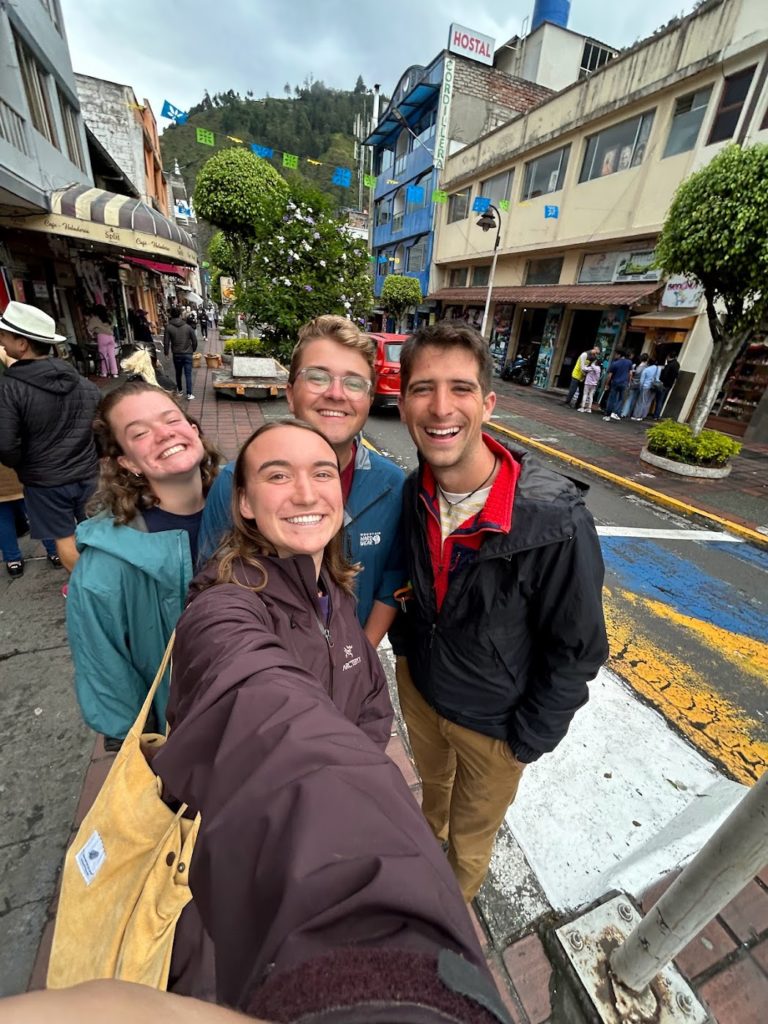
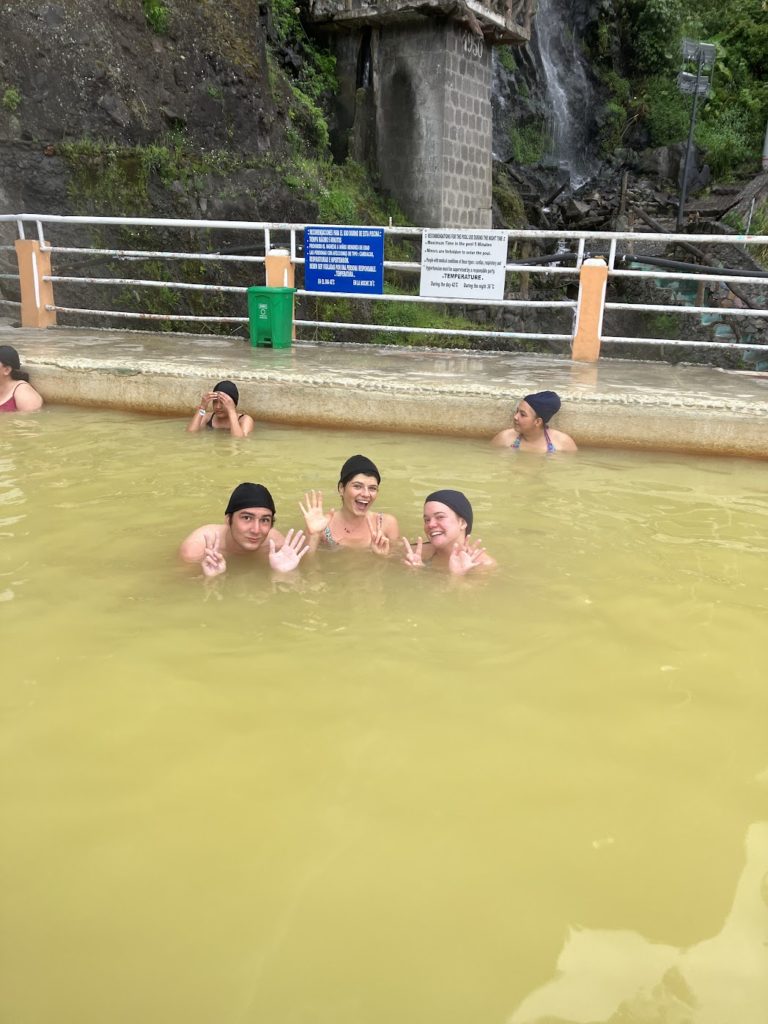


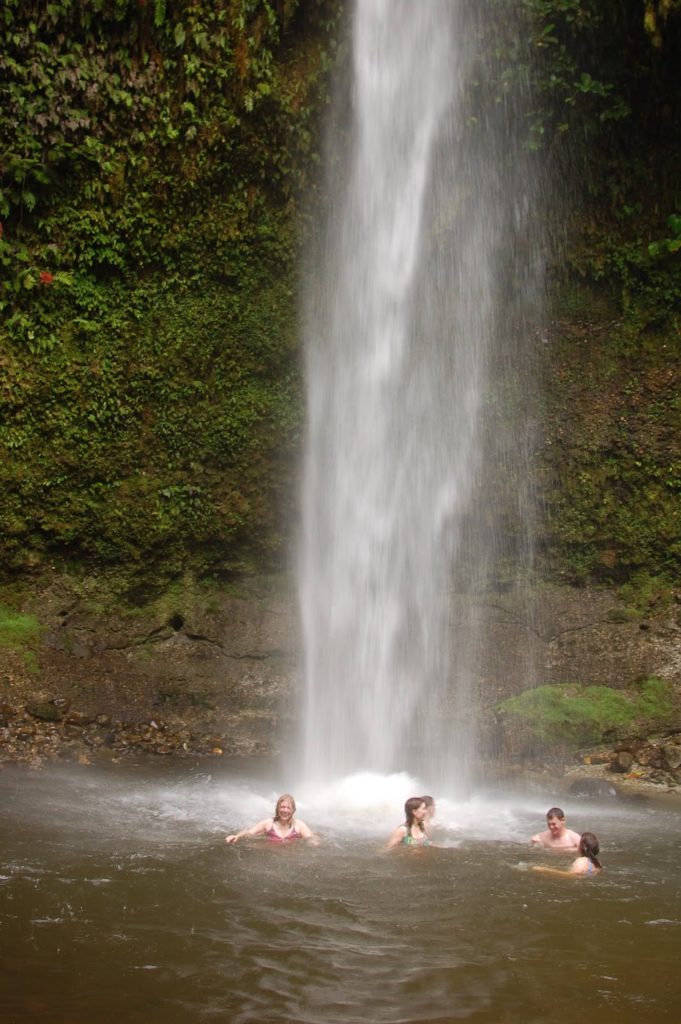
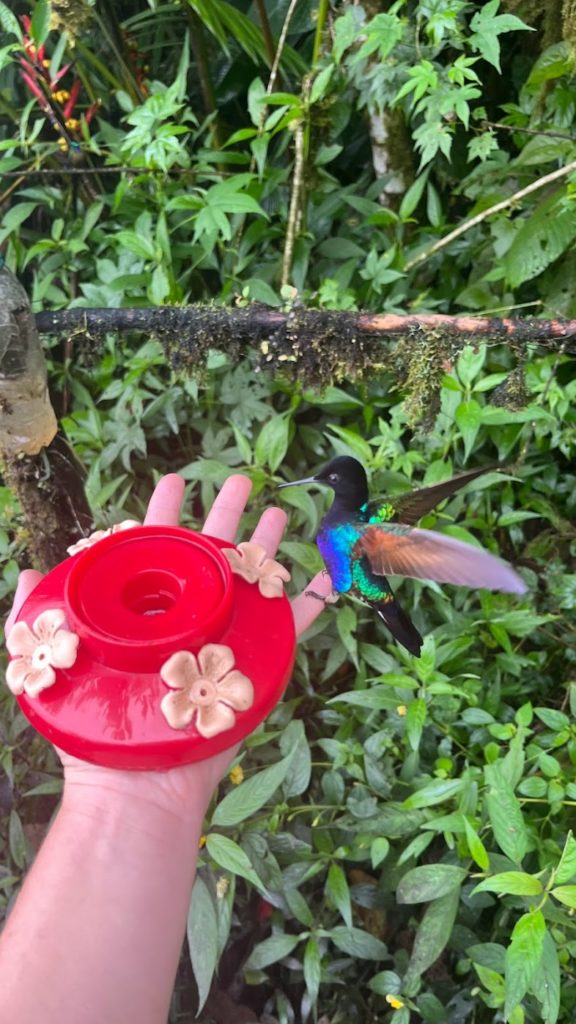
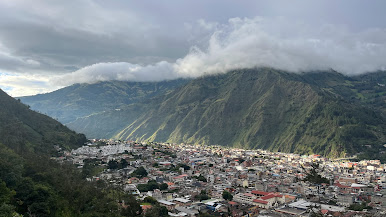
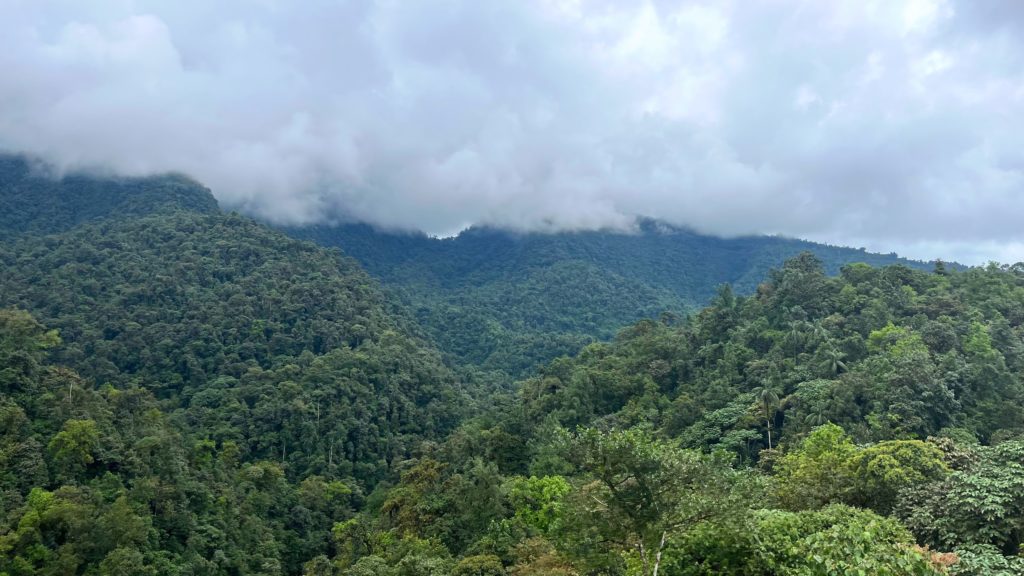
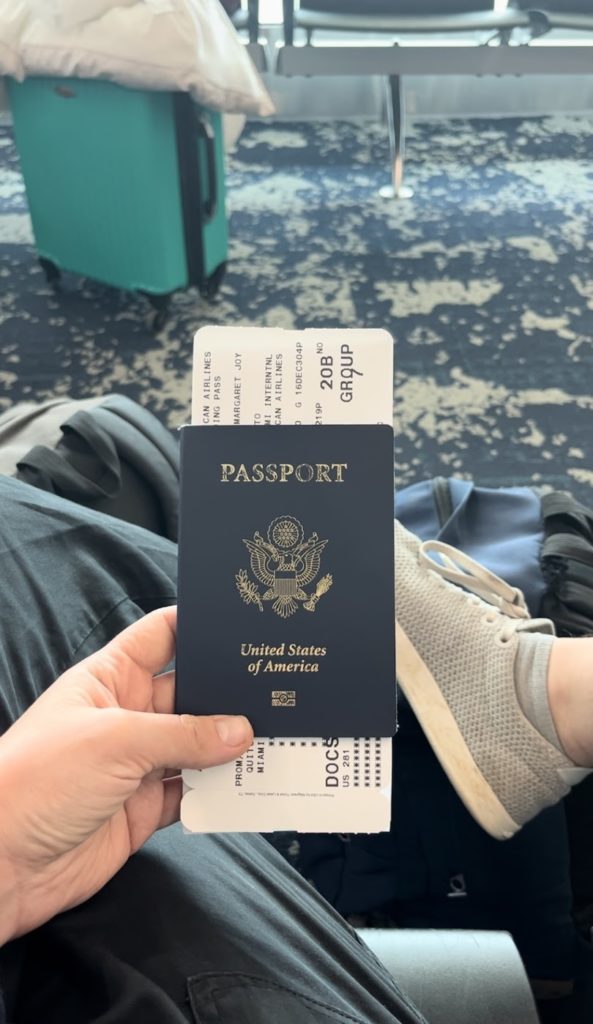
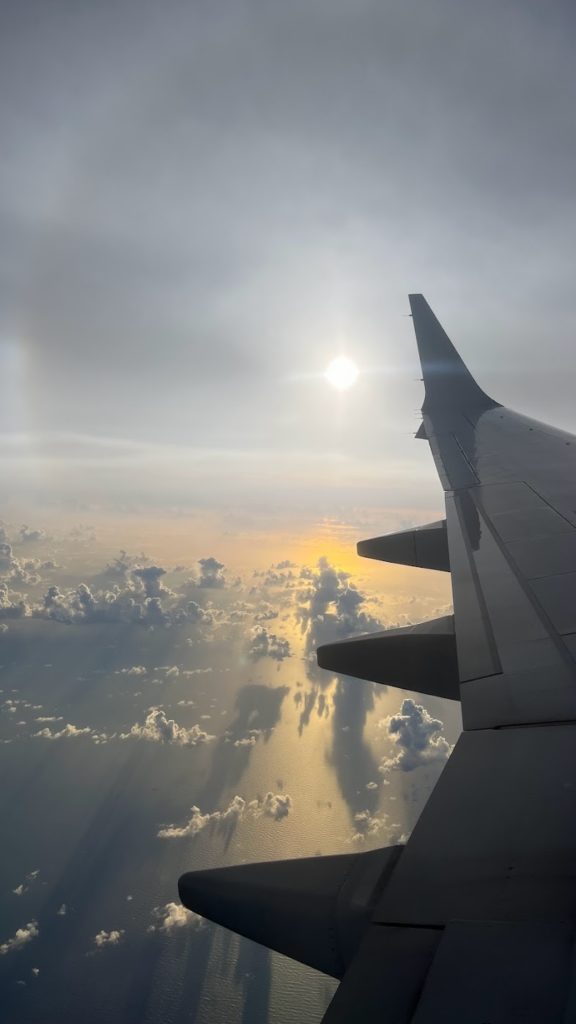
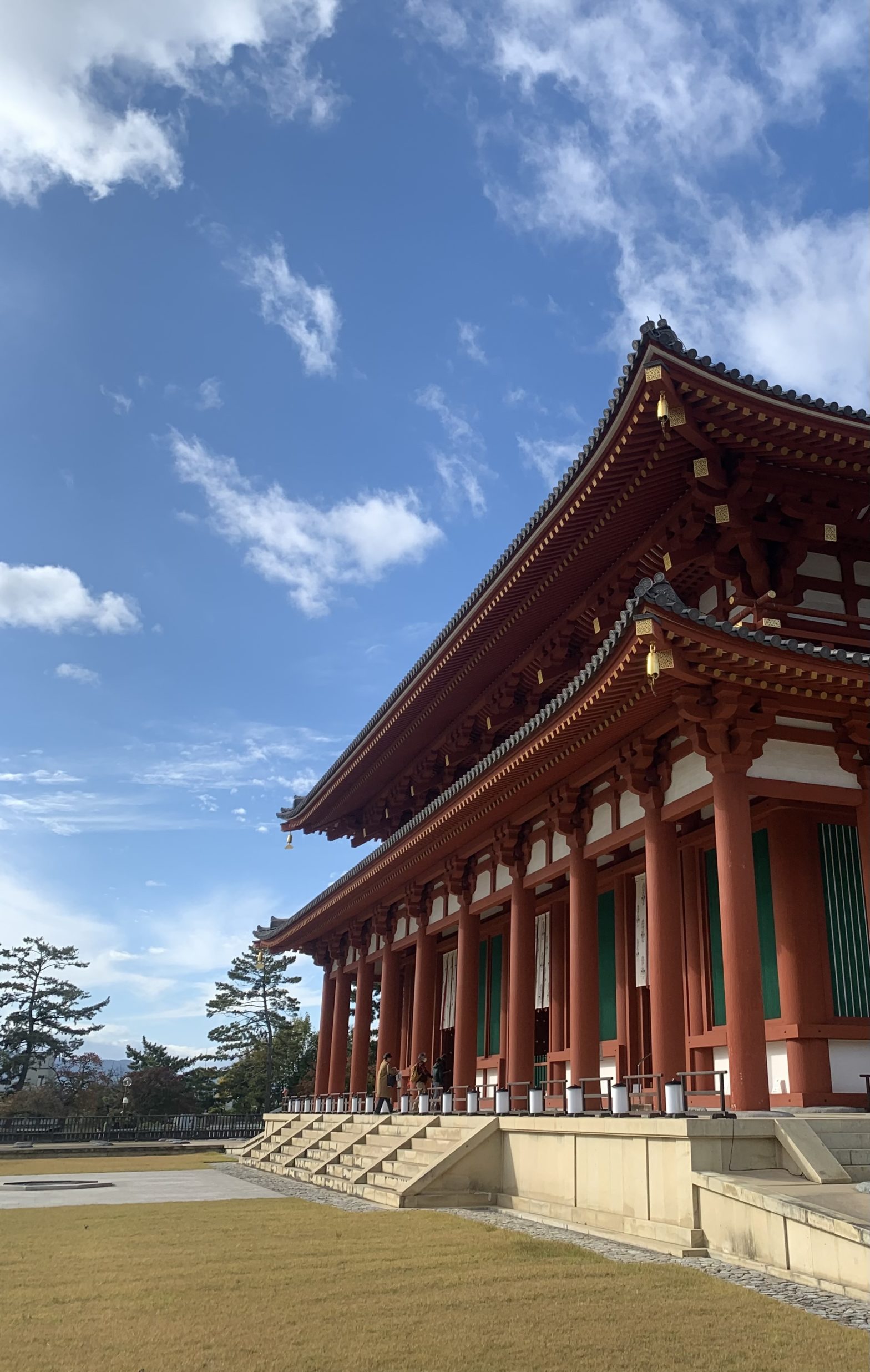
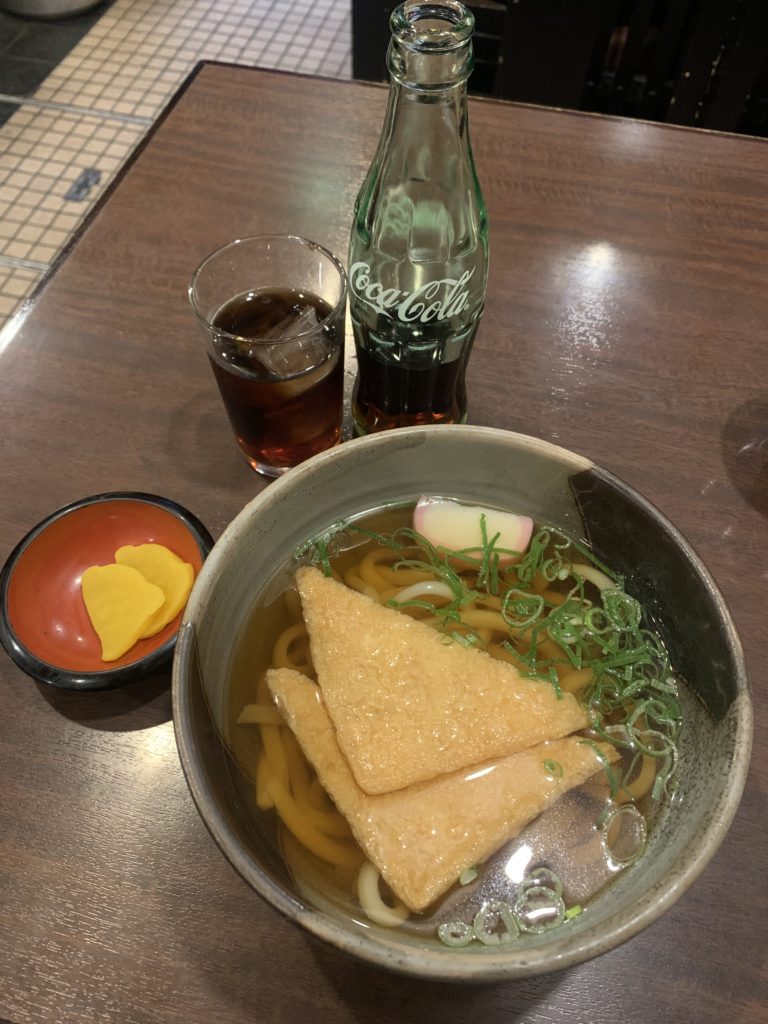


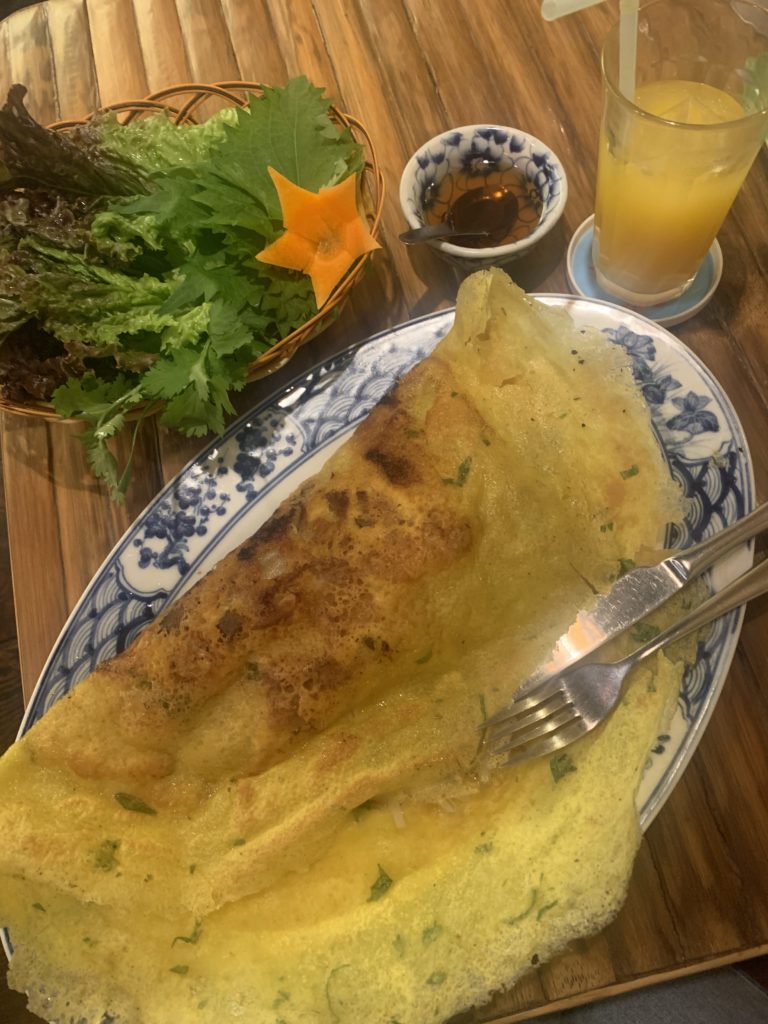
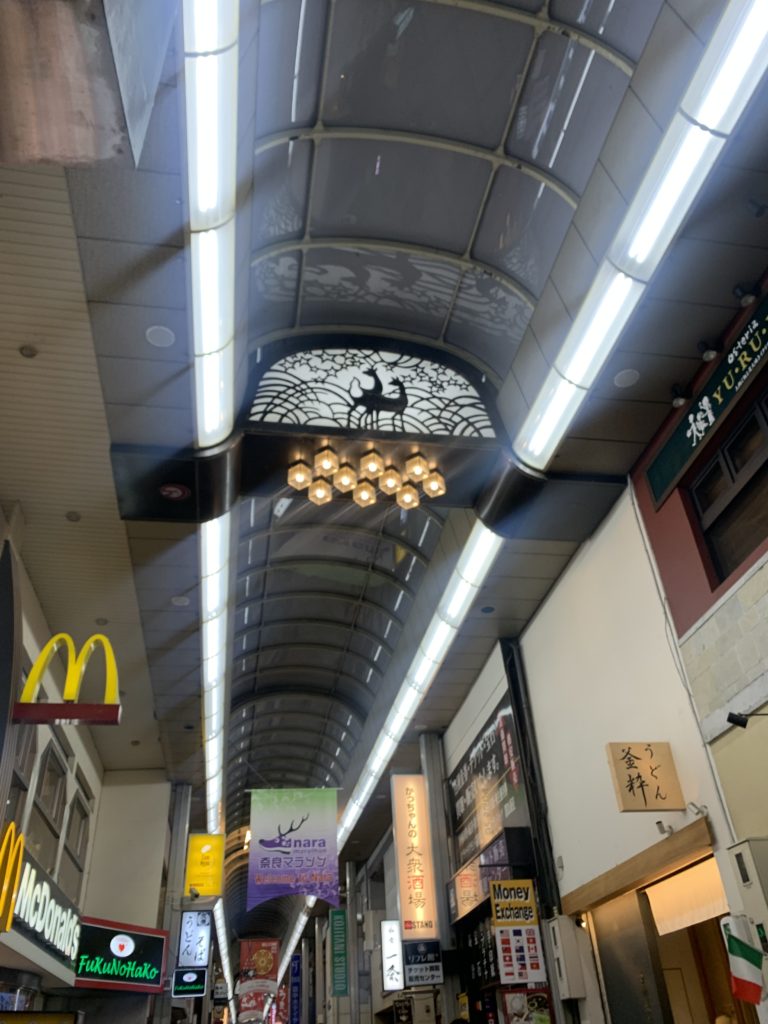
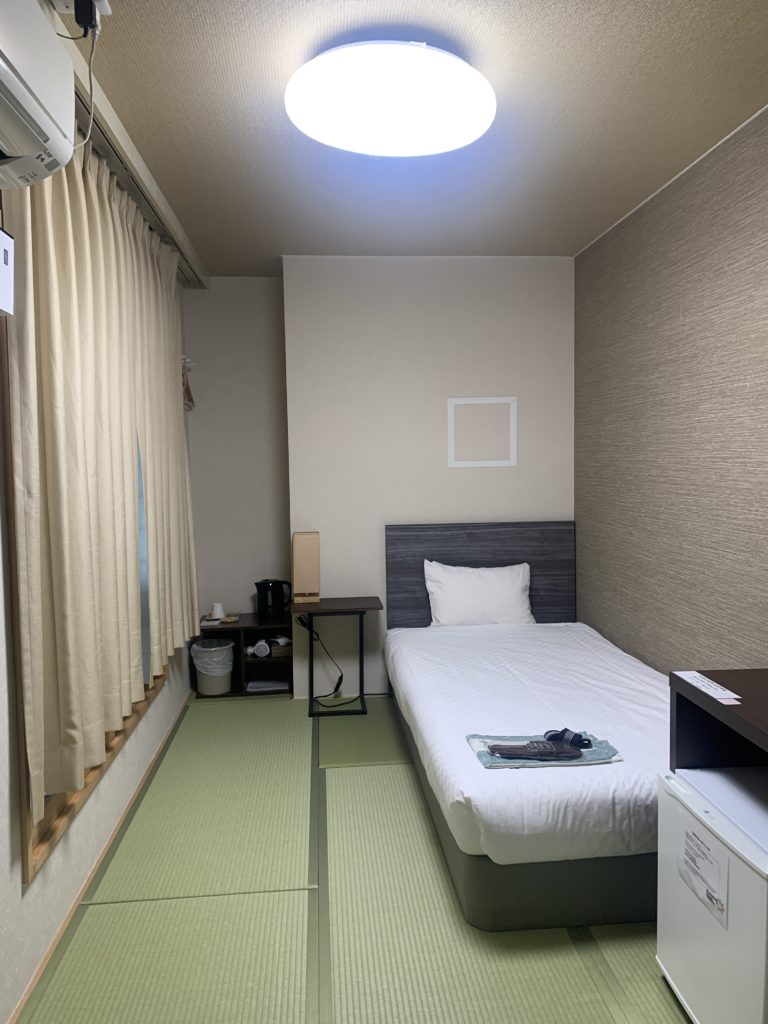
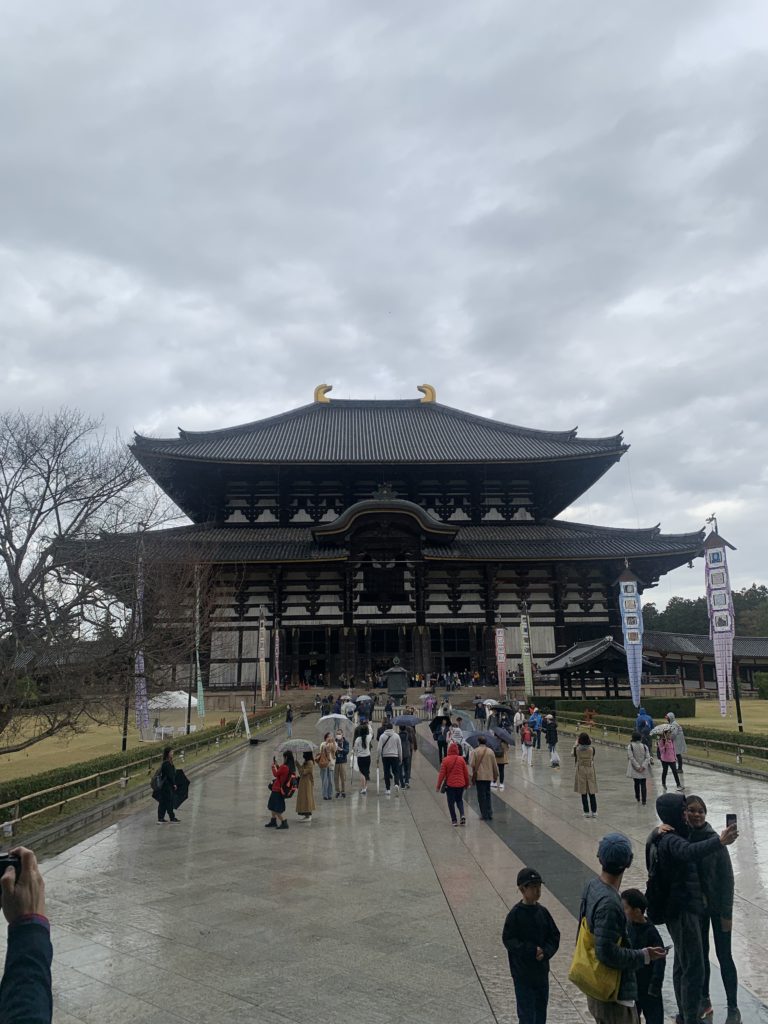


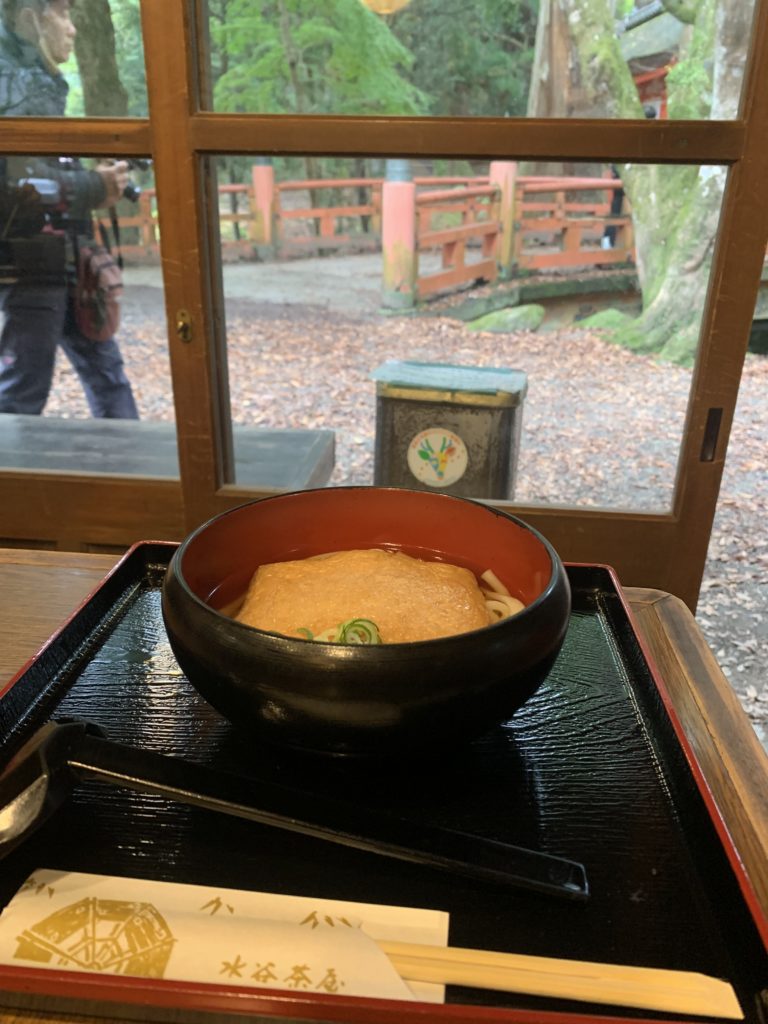
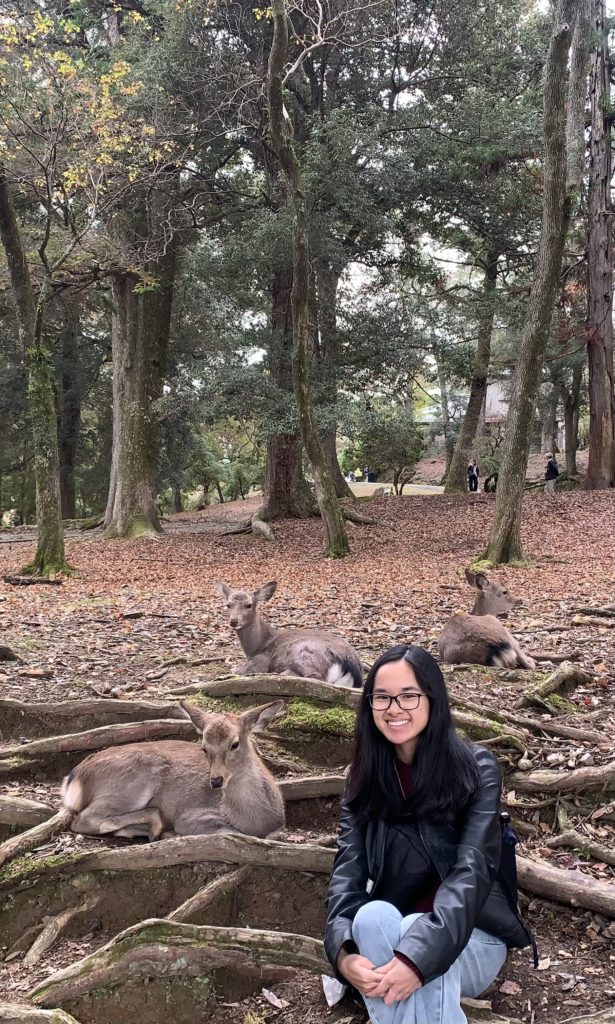
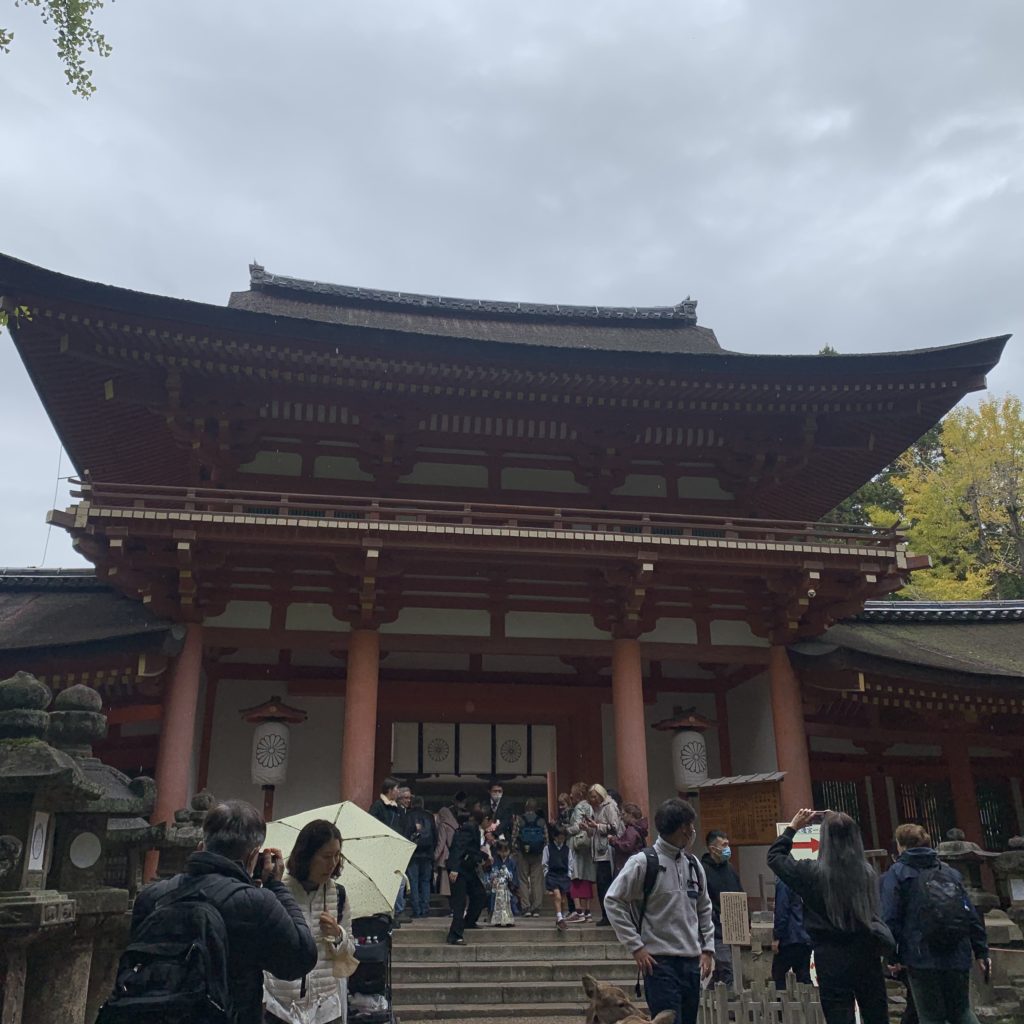
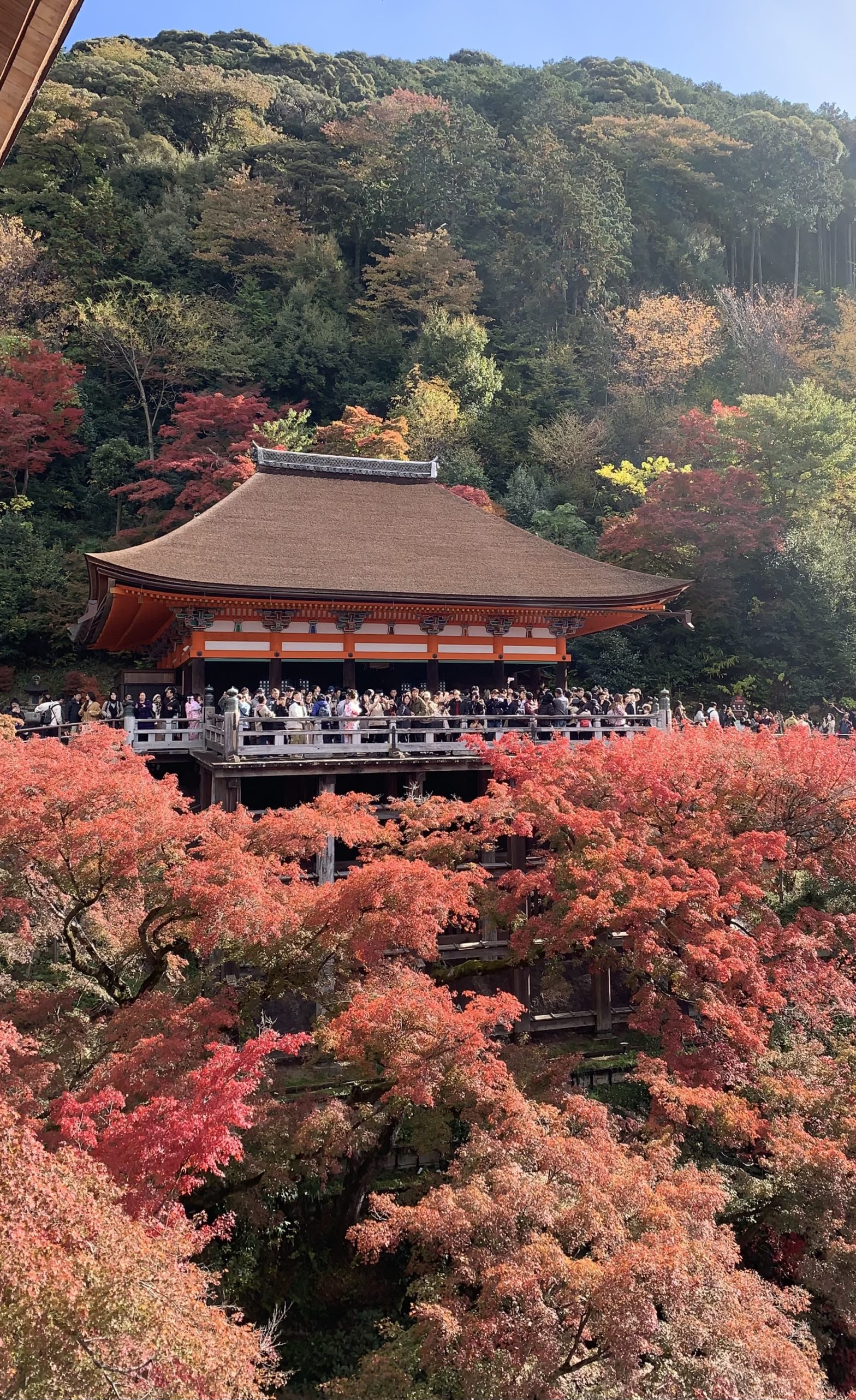

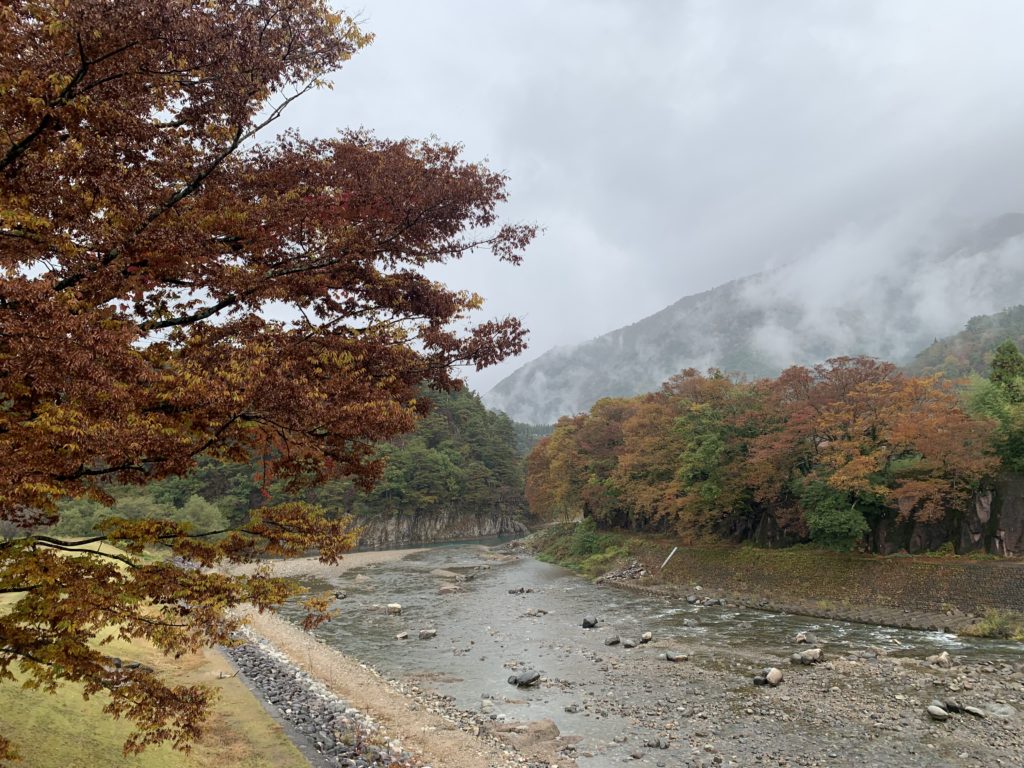

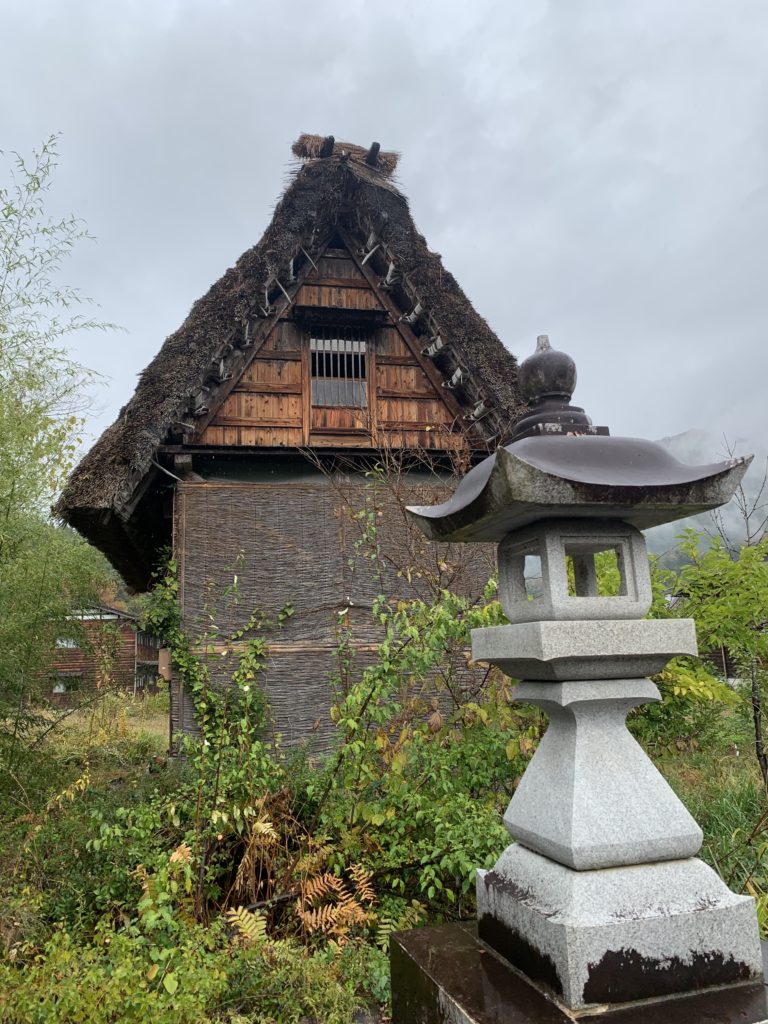
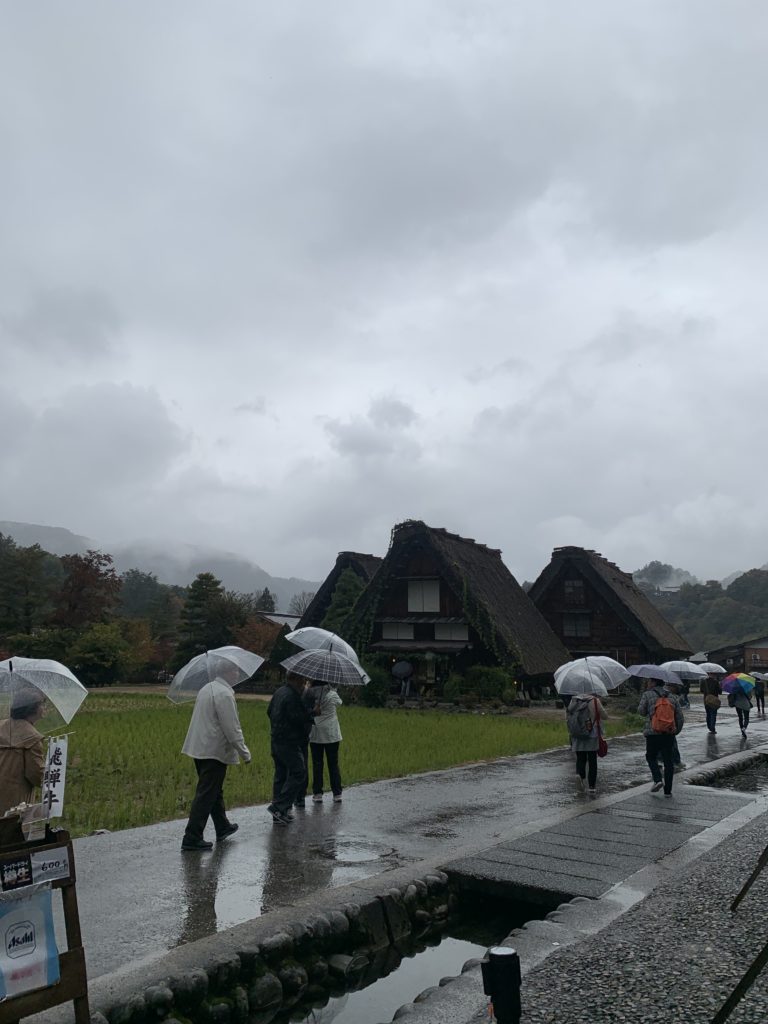
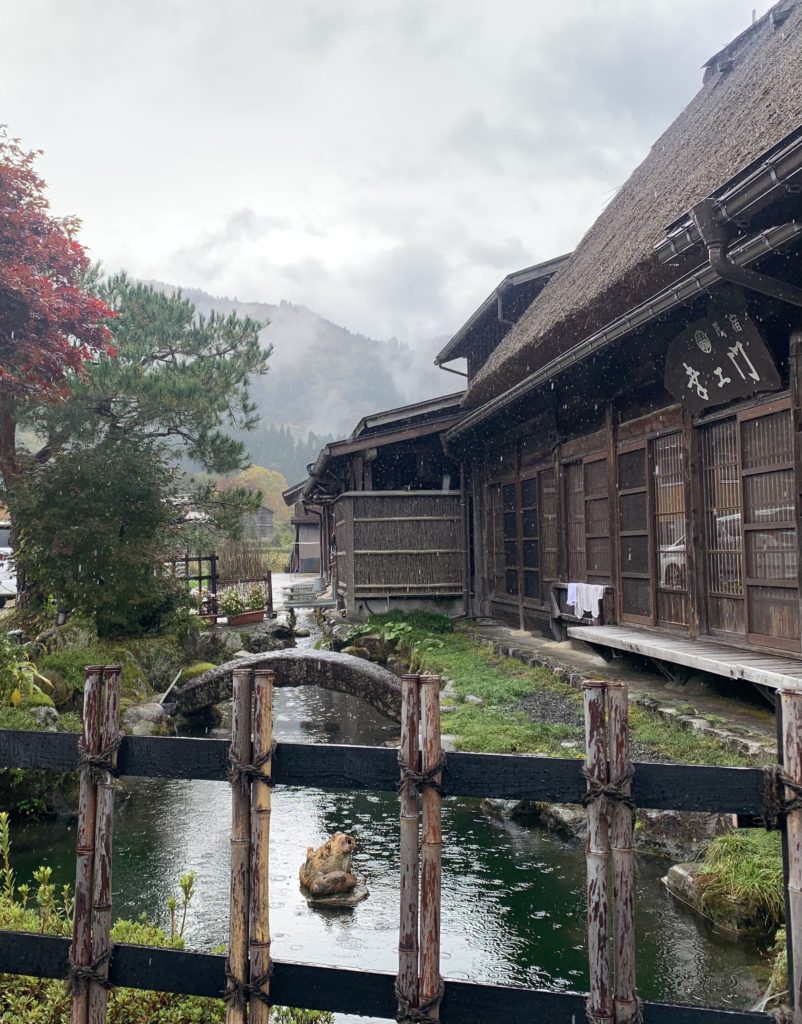

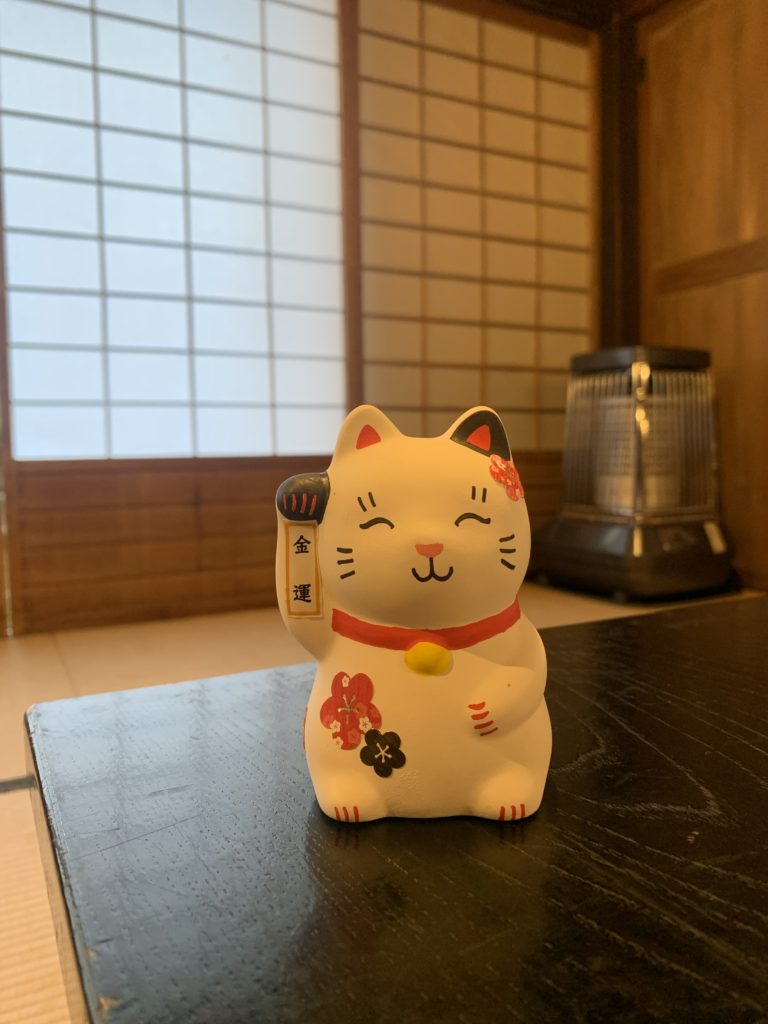
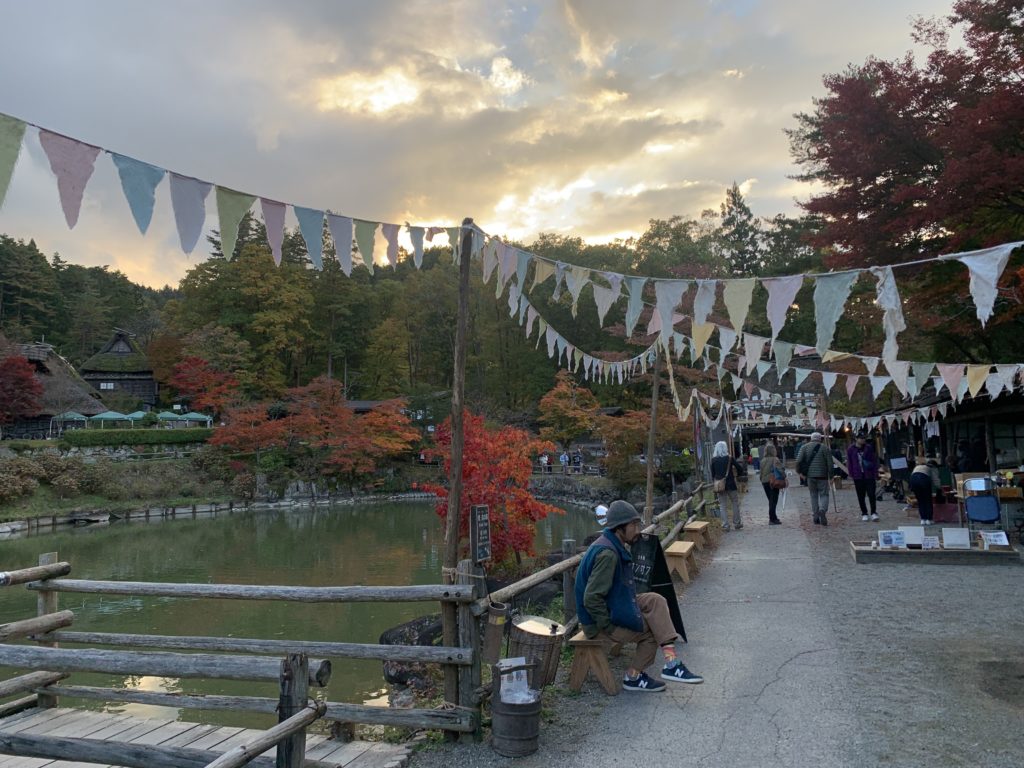
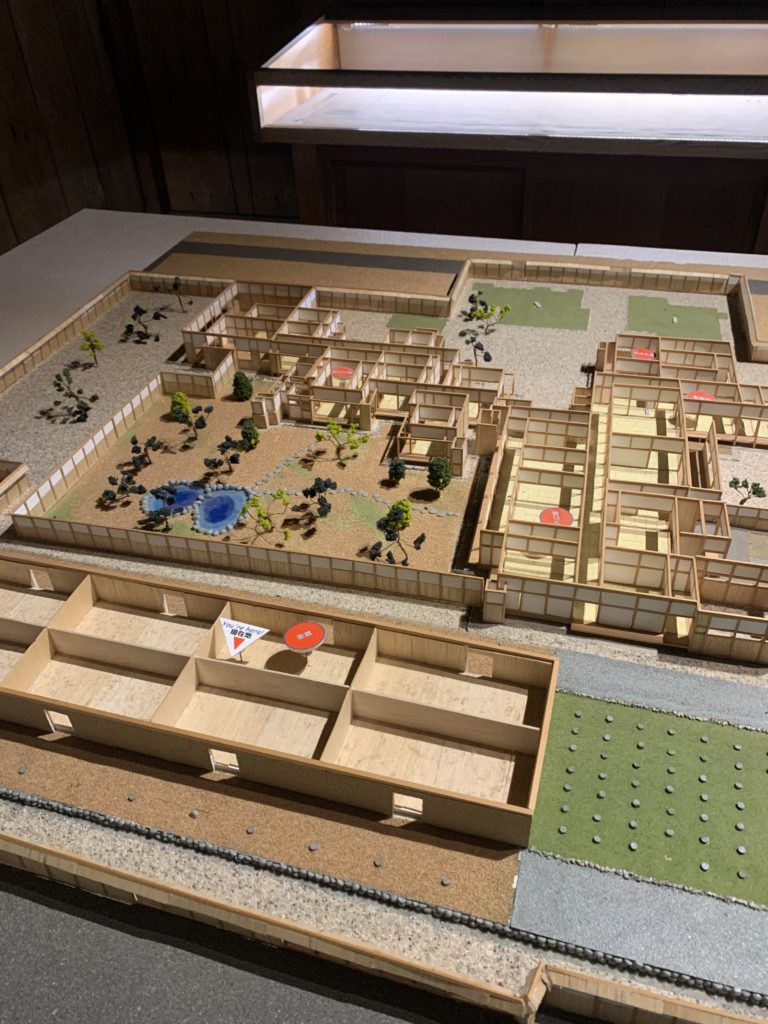

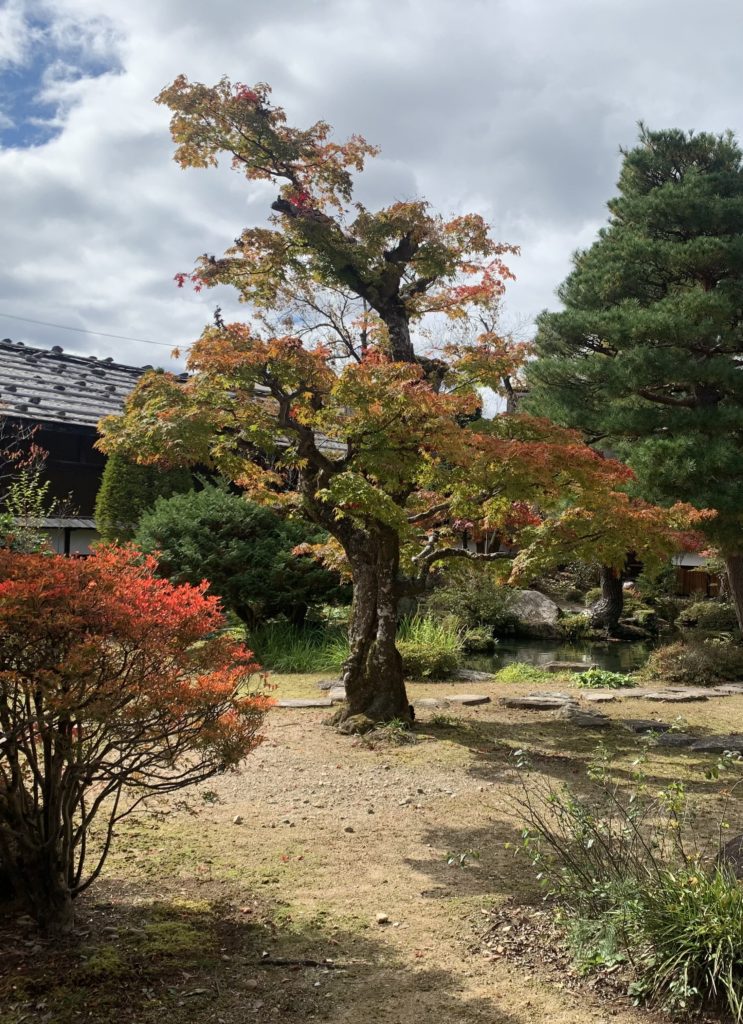

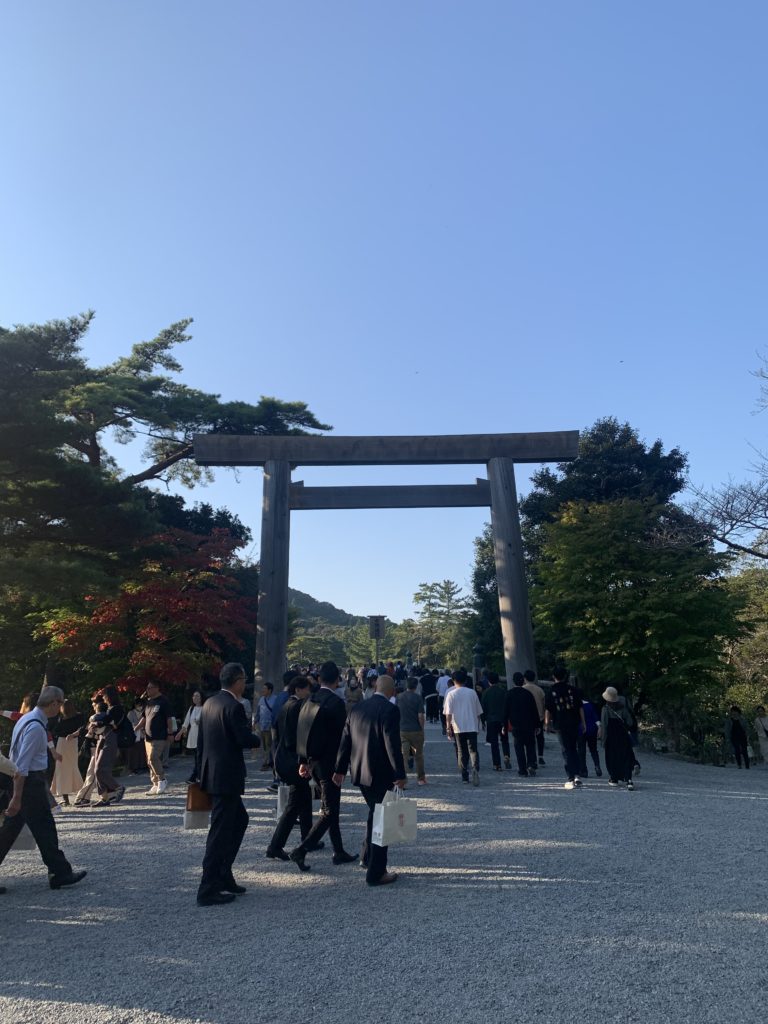
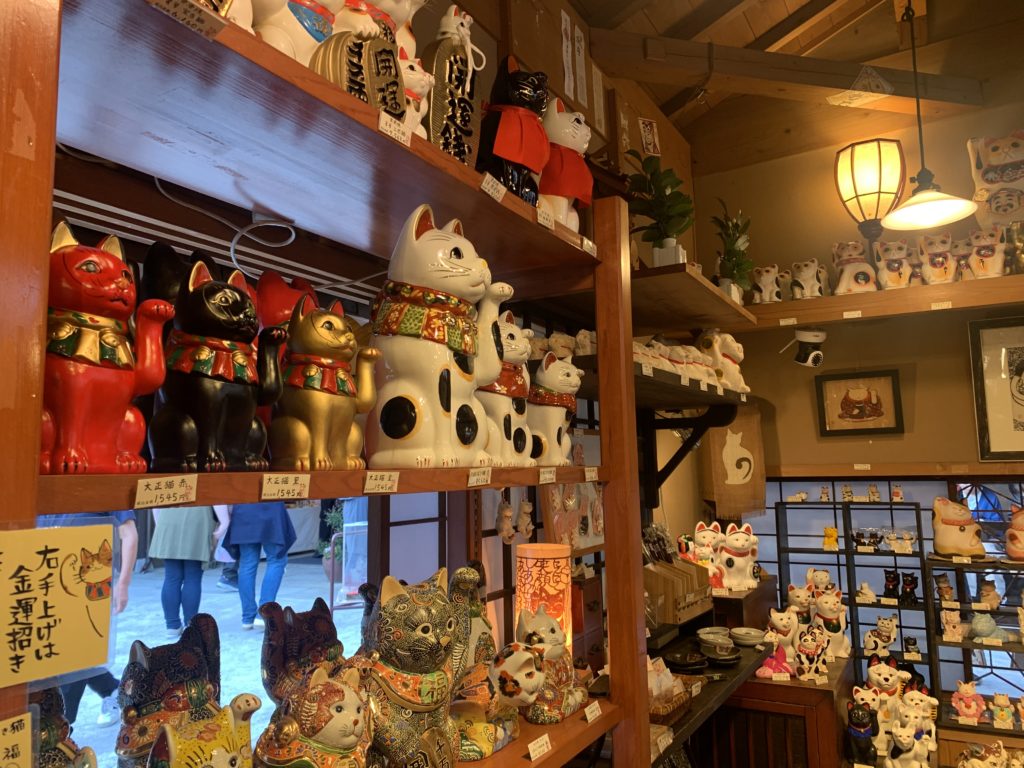
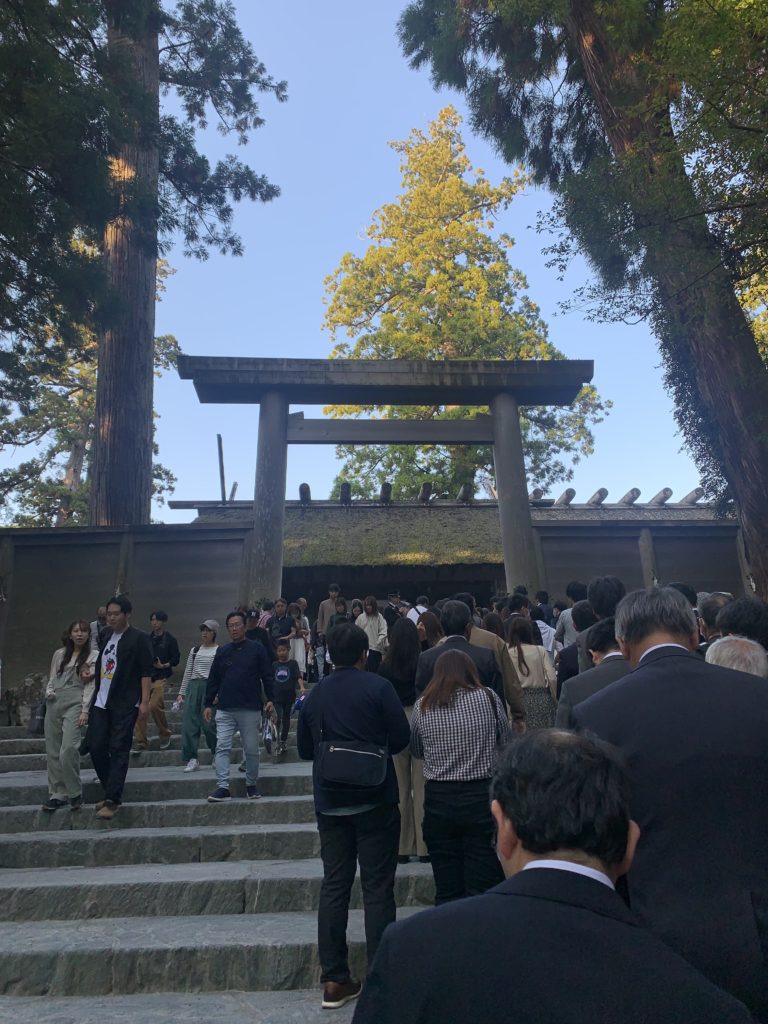
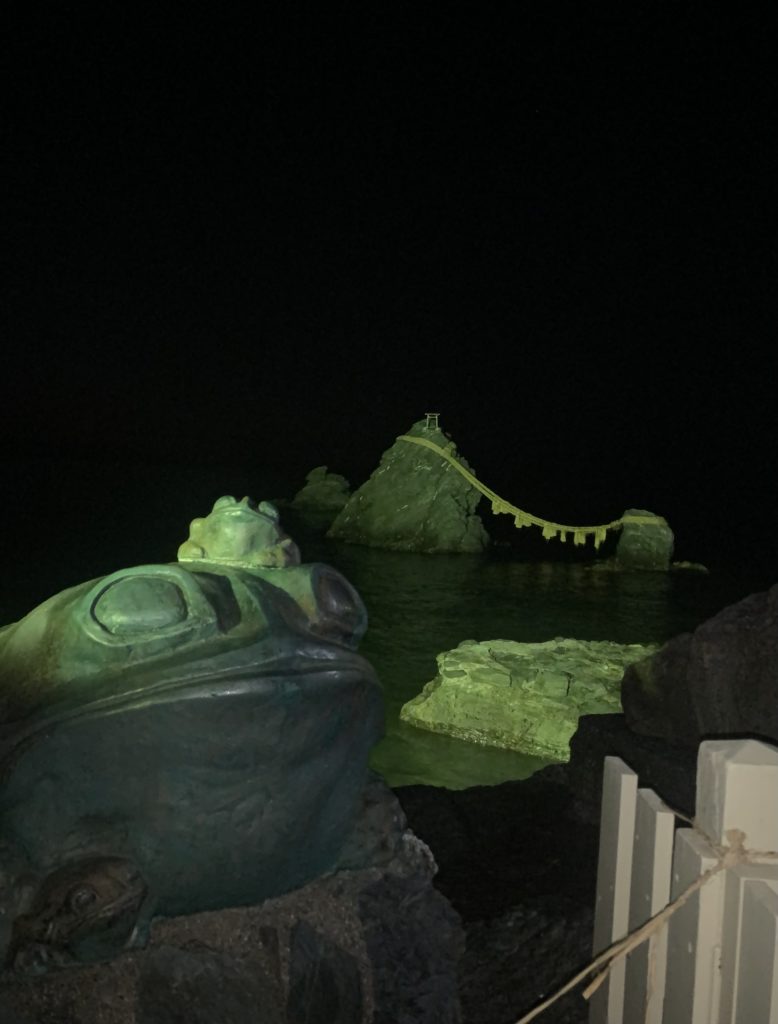
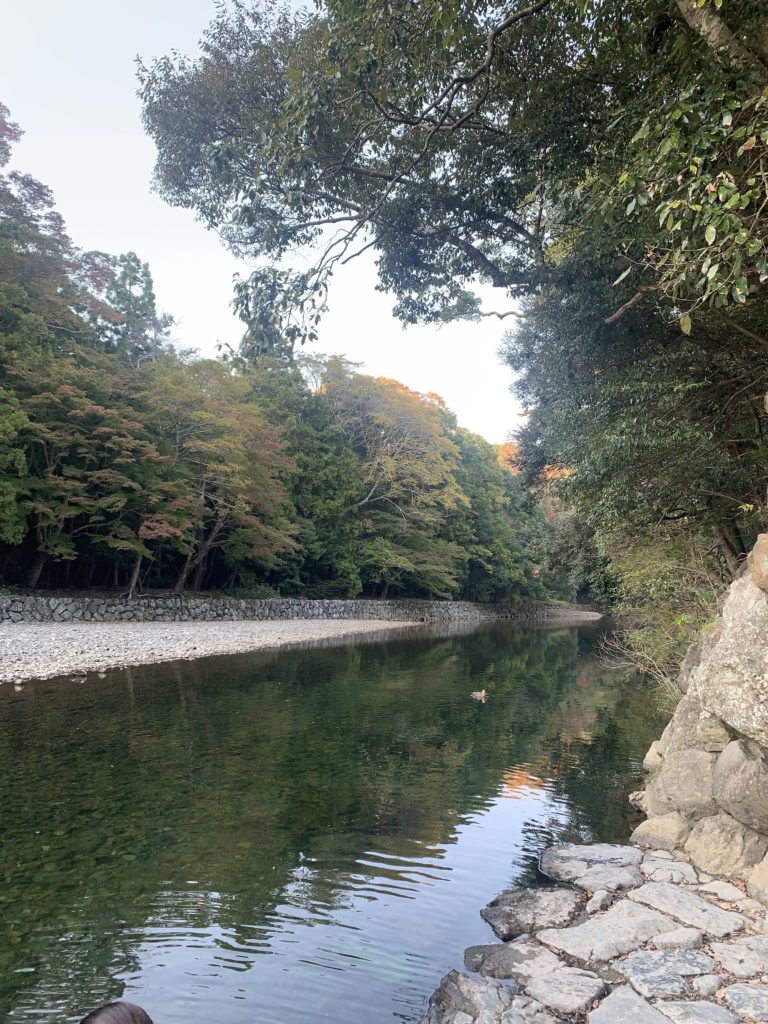



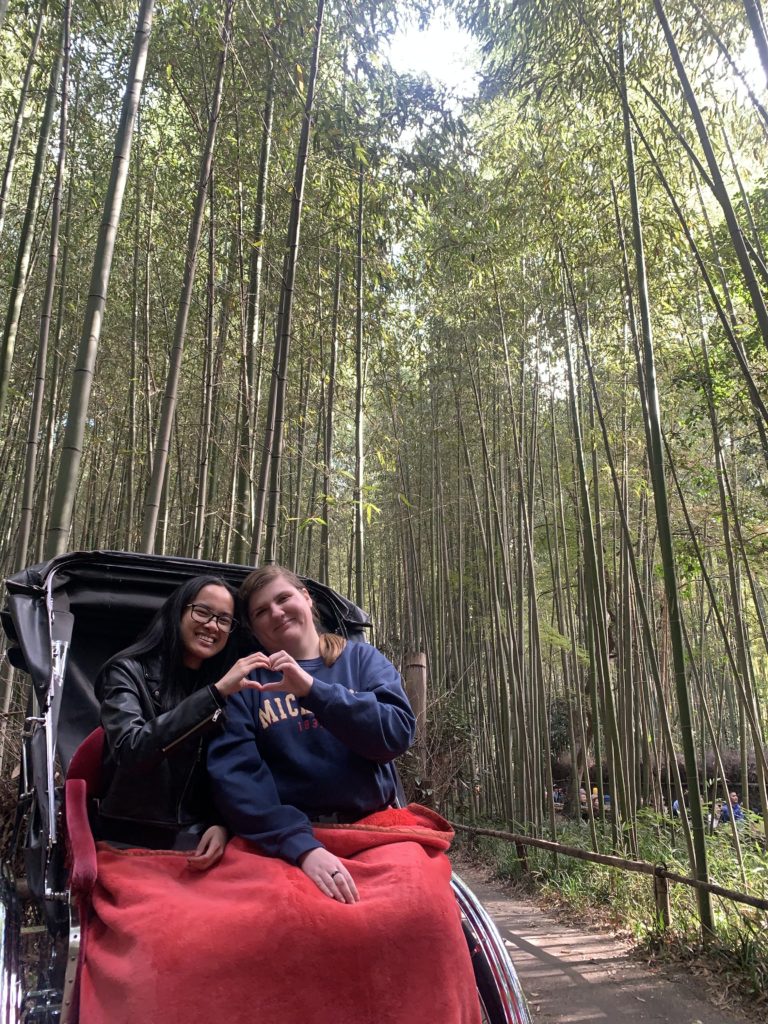
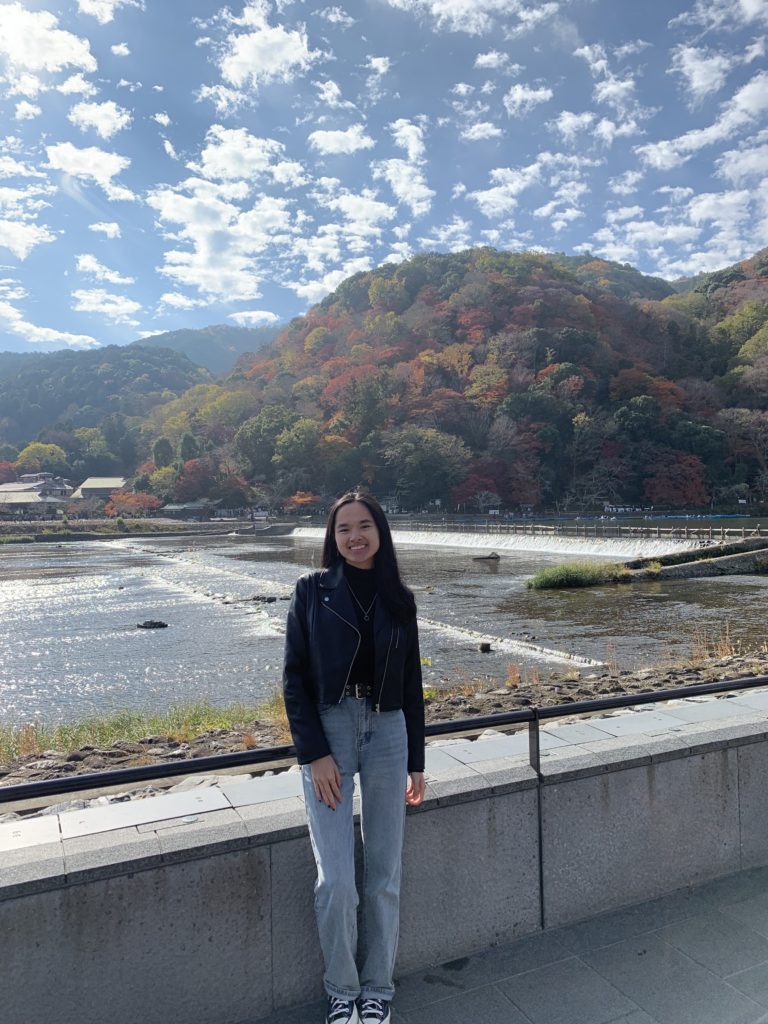
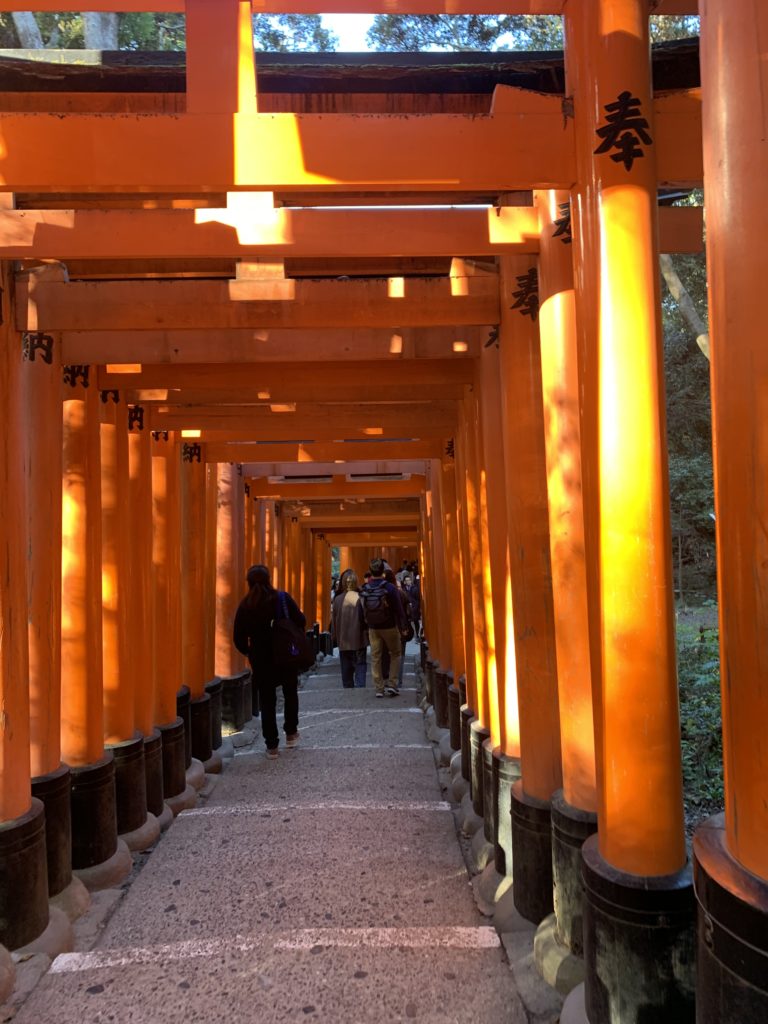
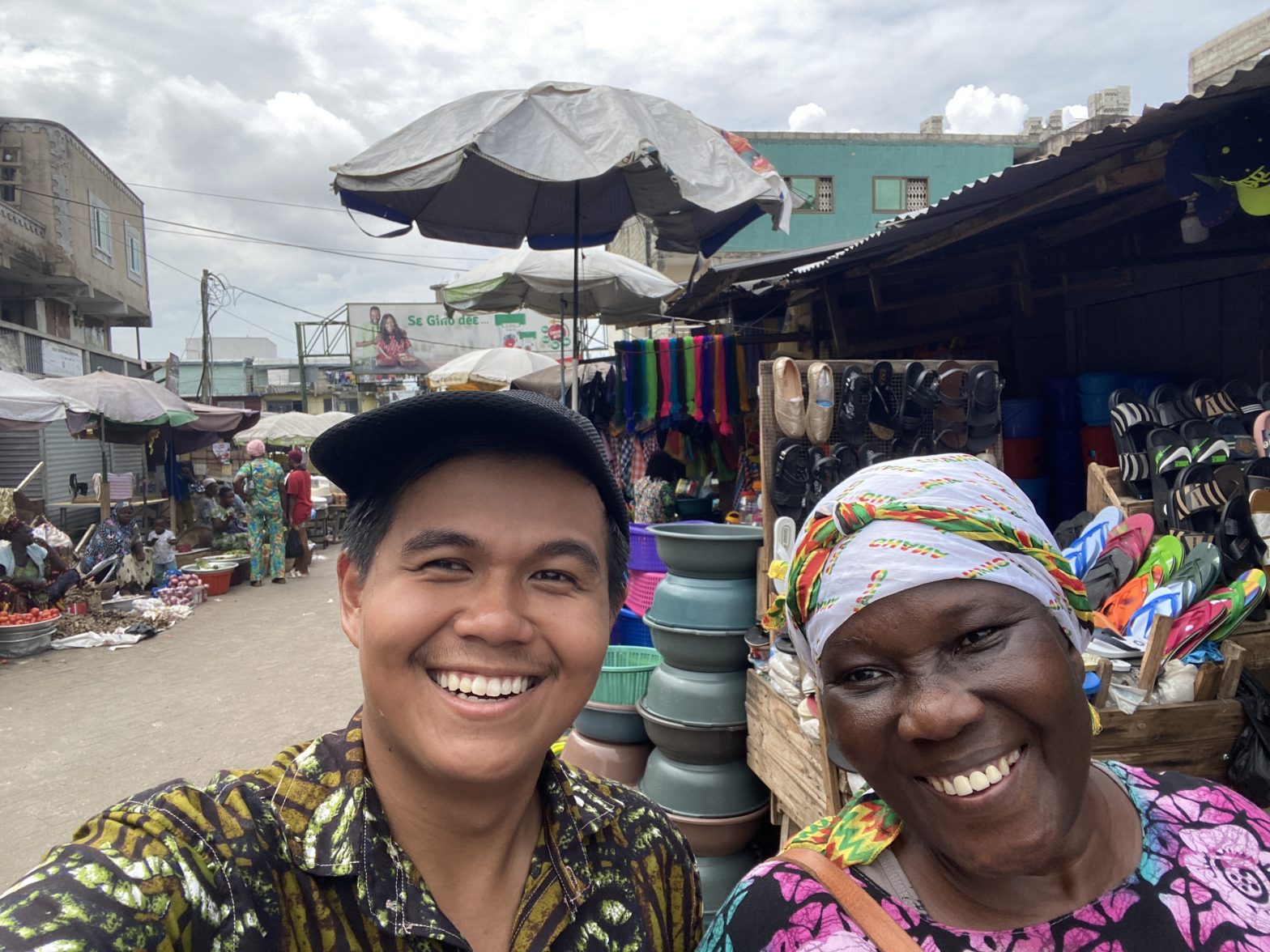

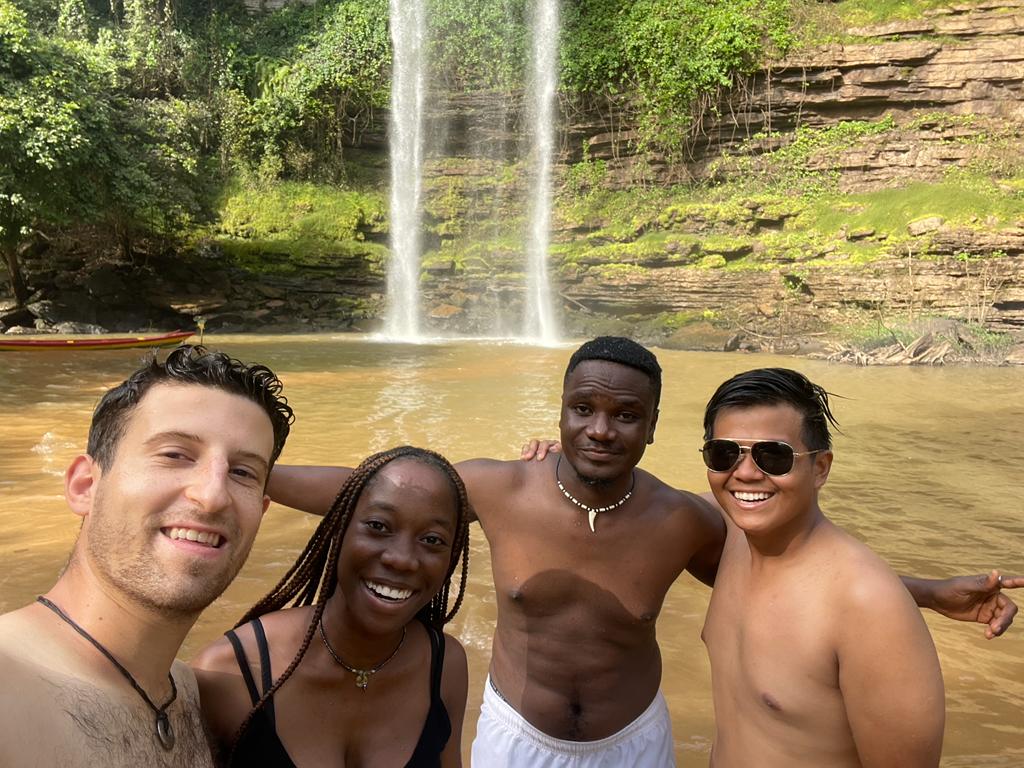
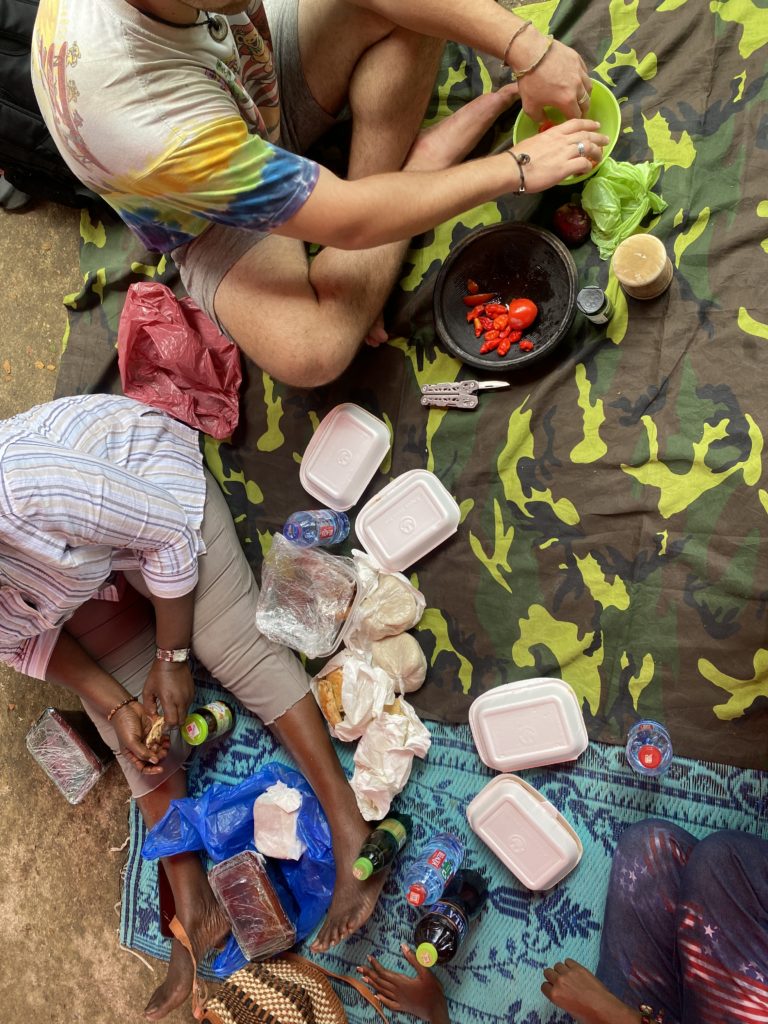
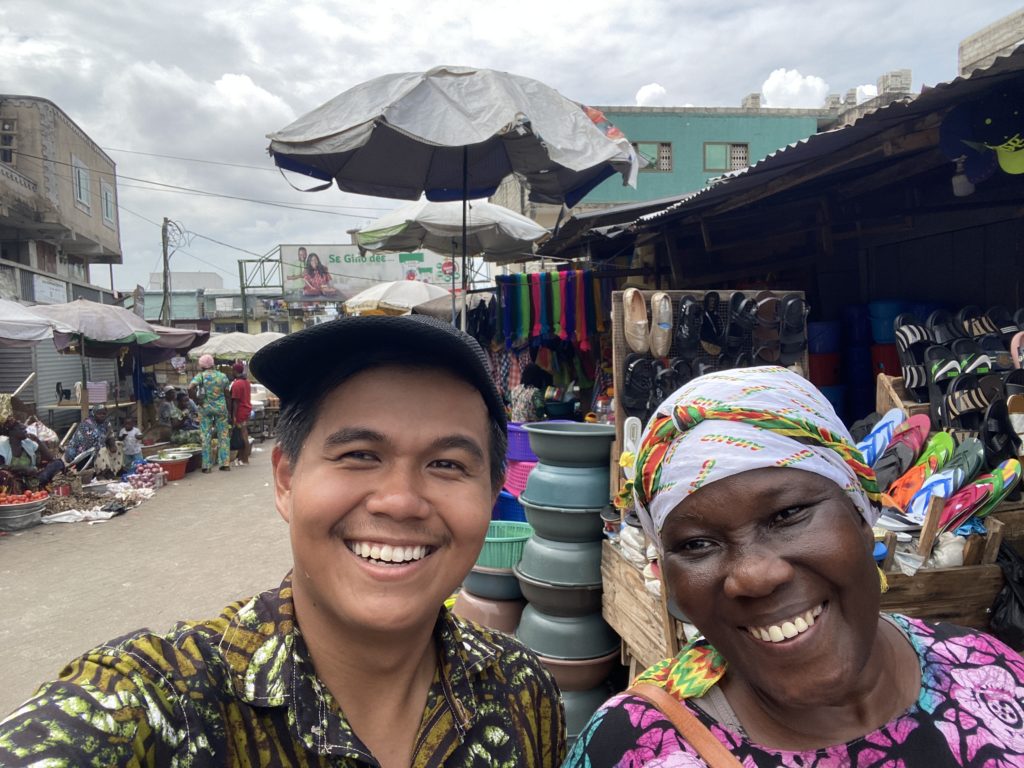
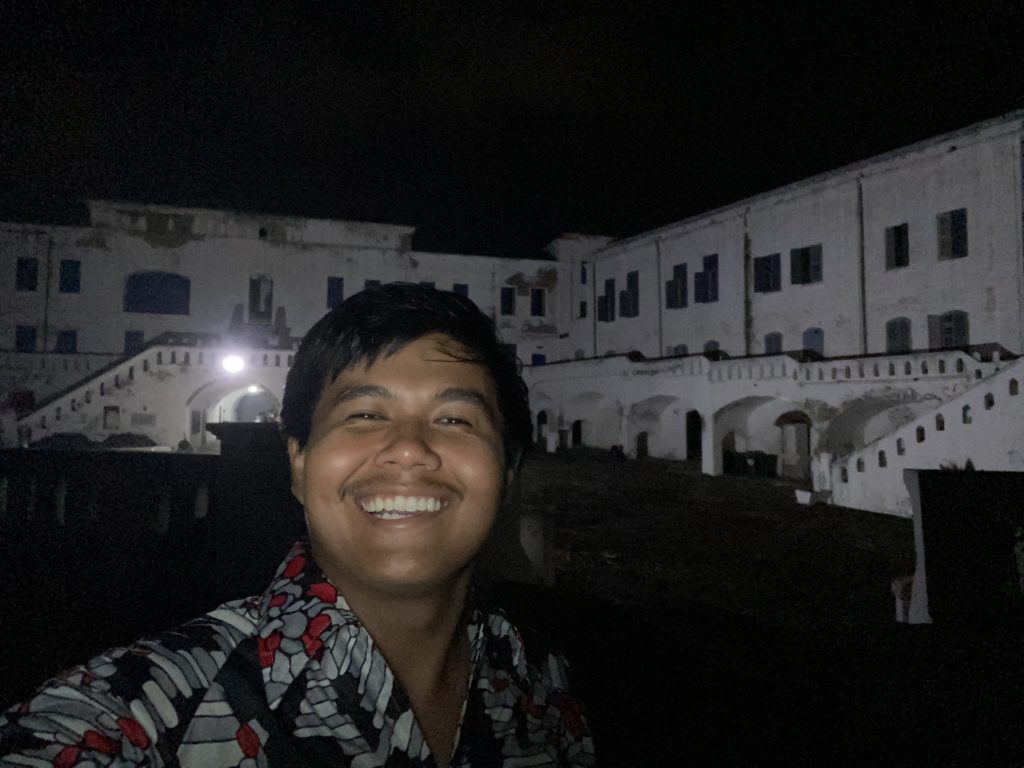
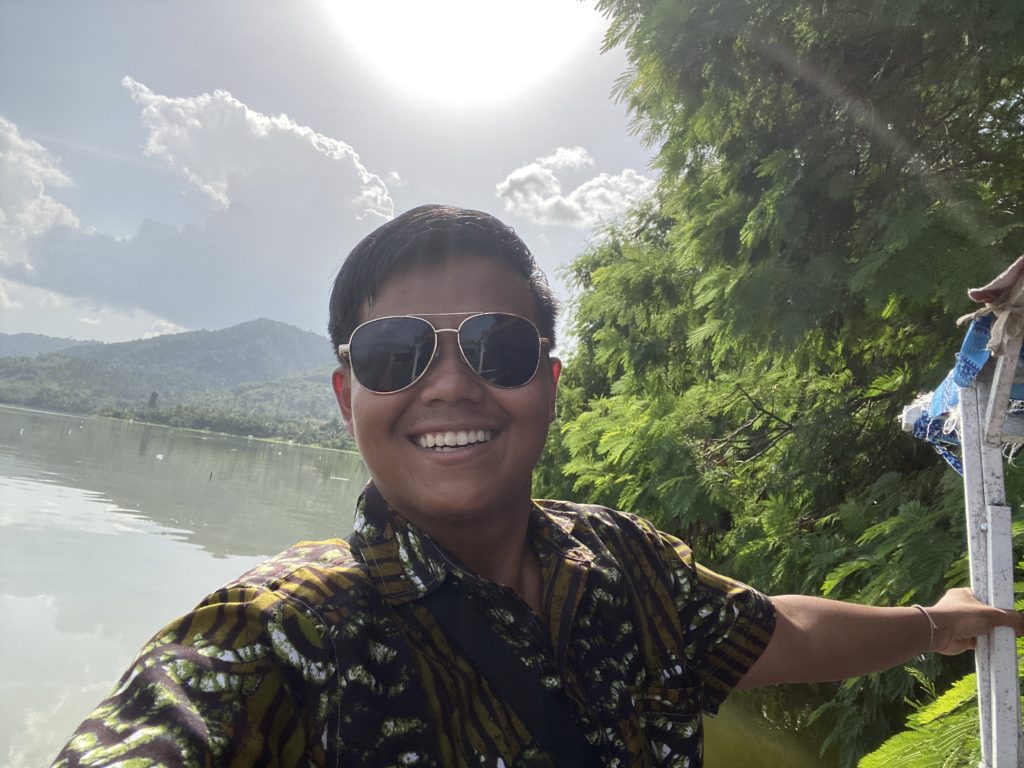
You must be logged in to post a comment.